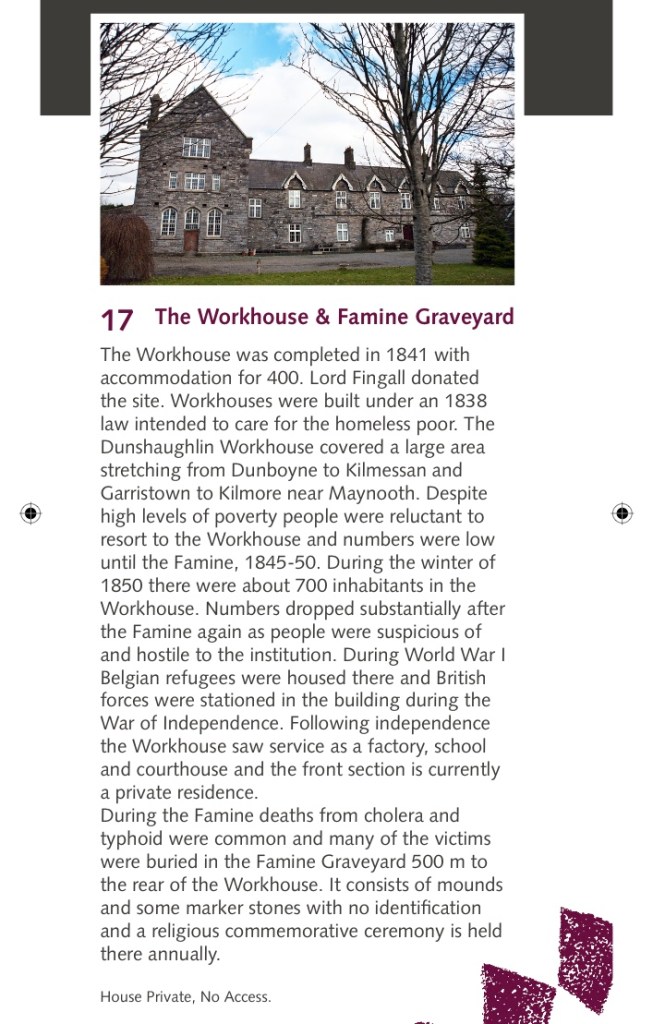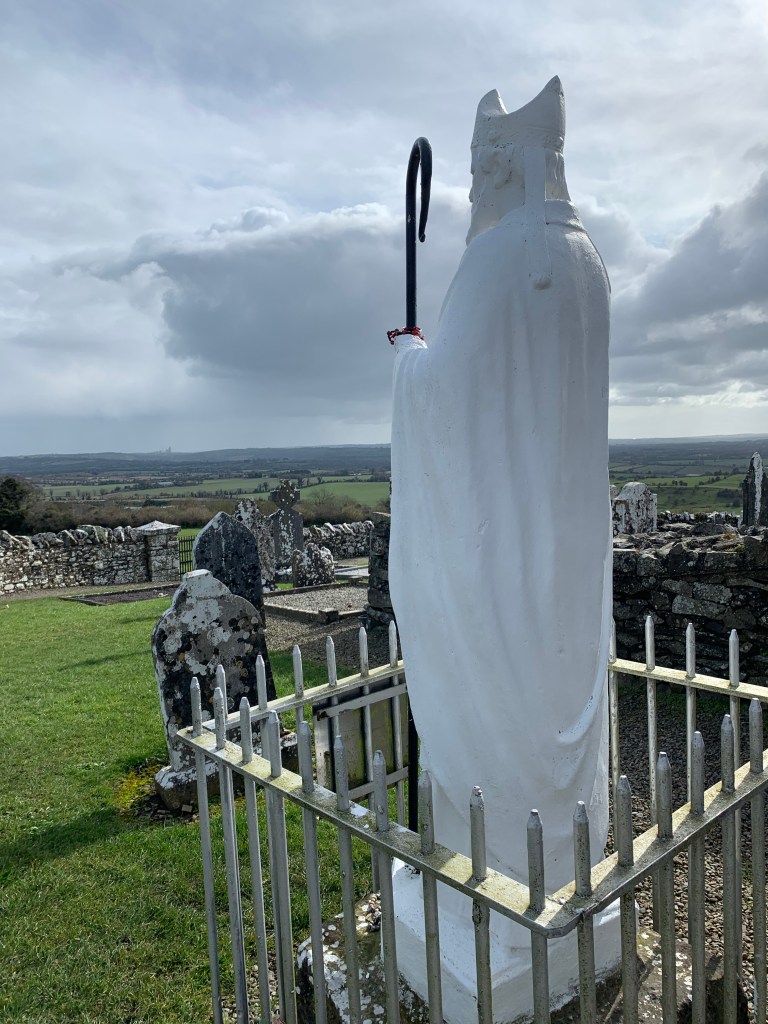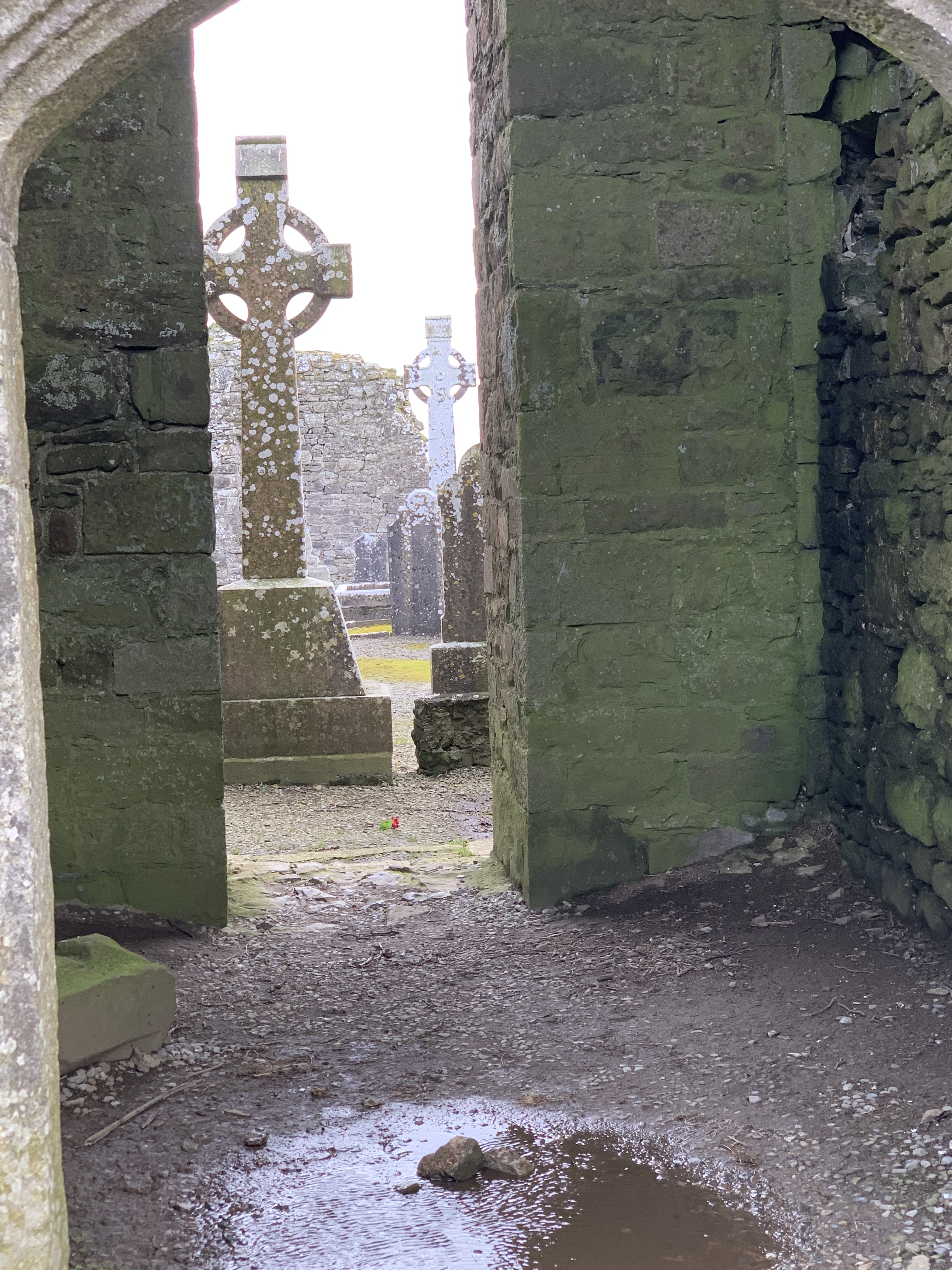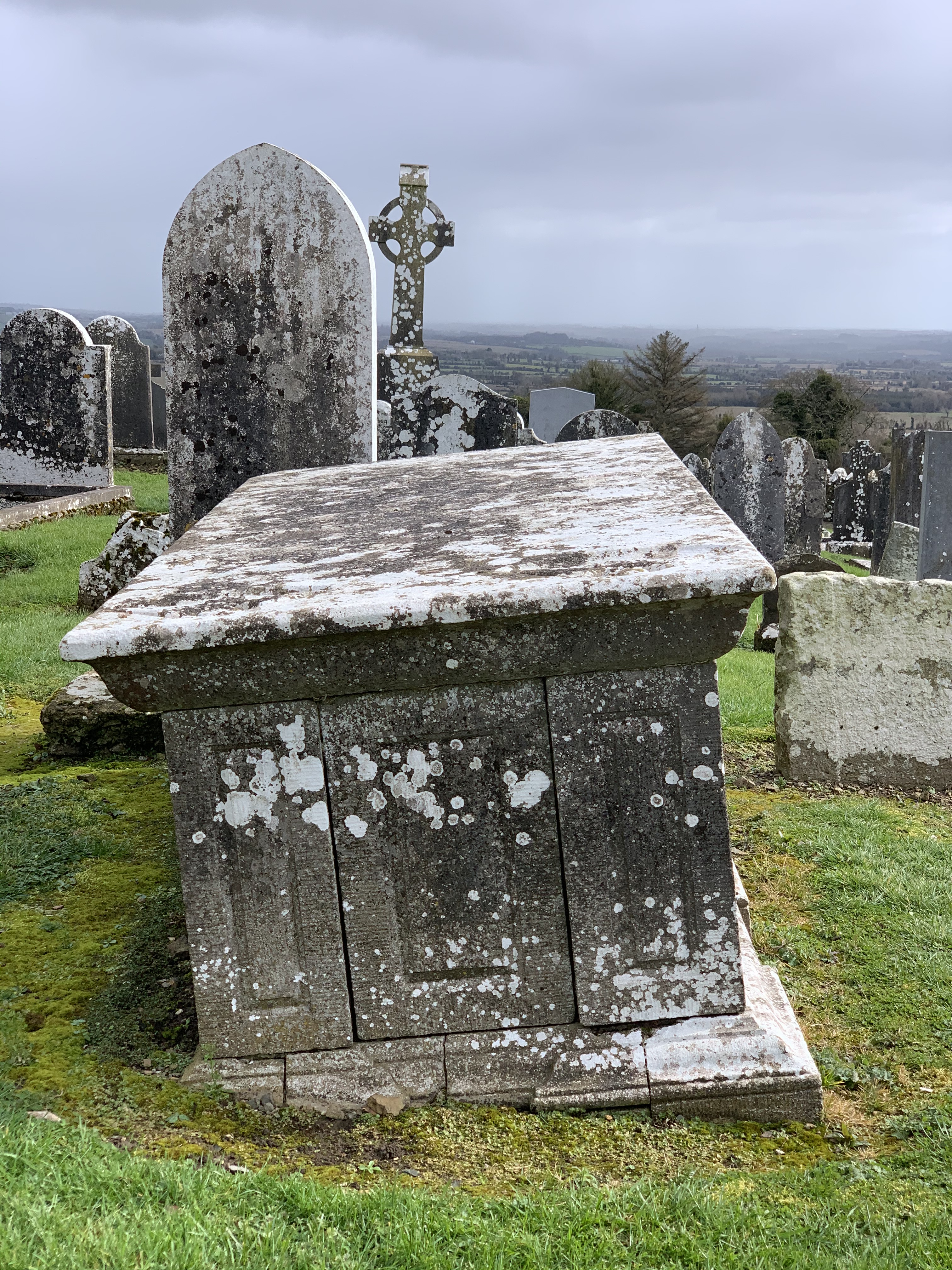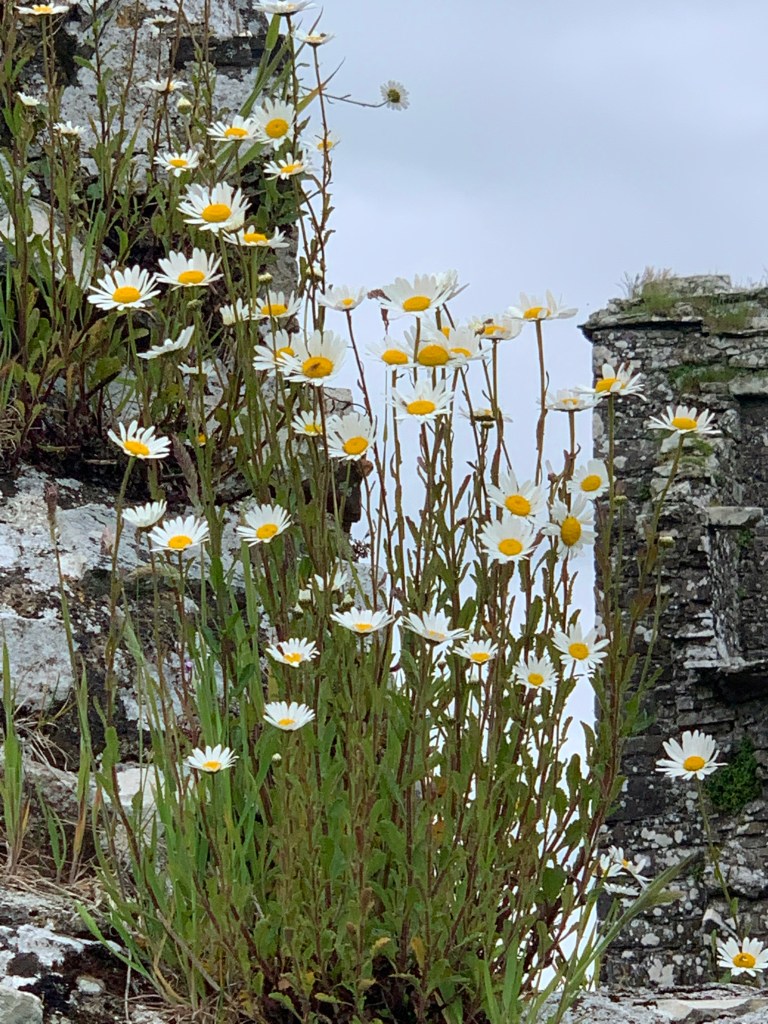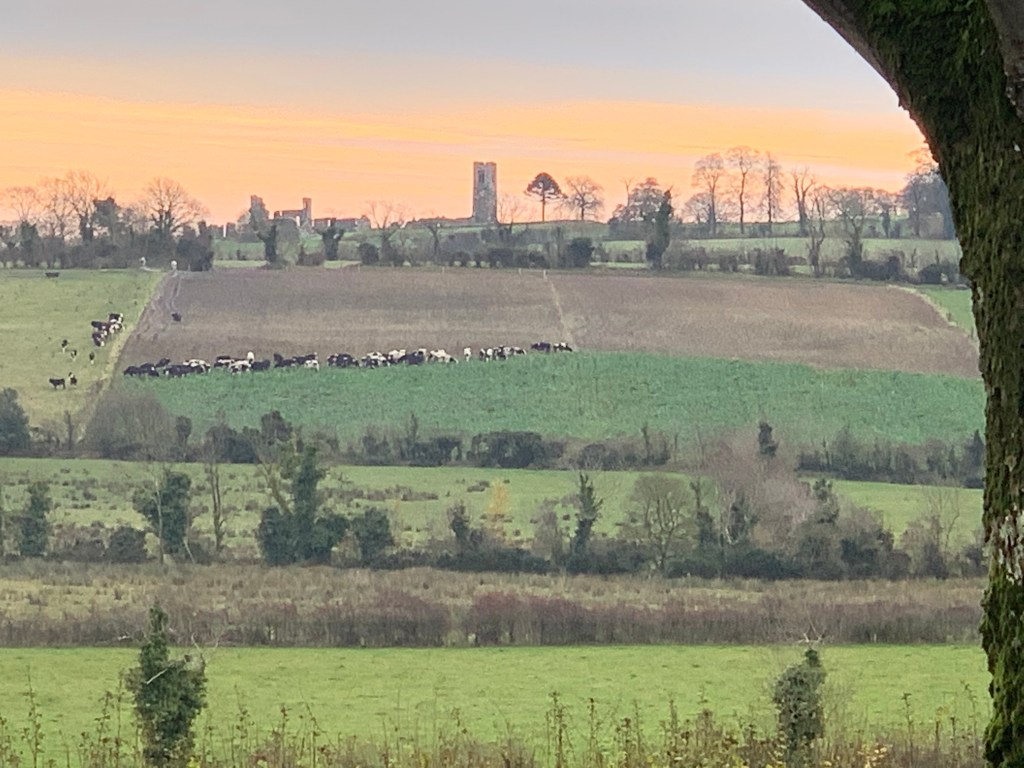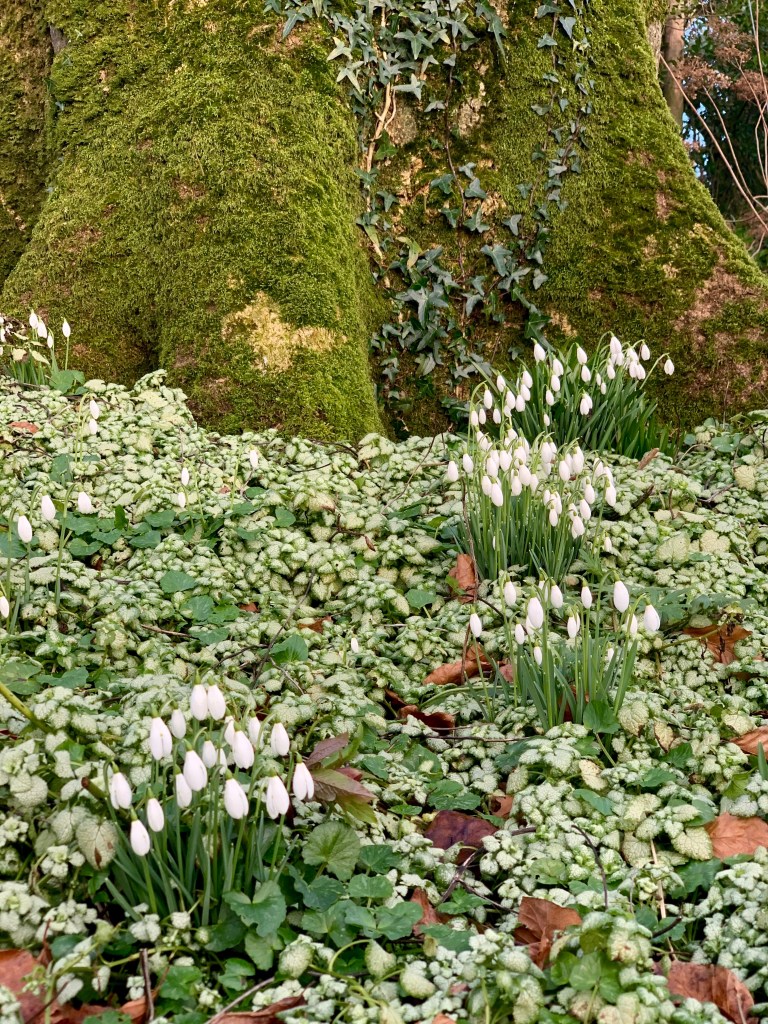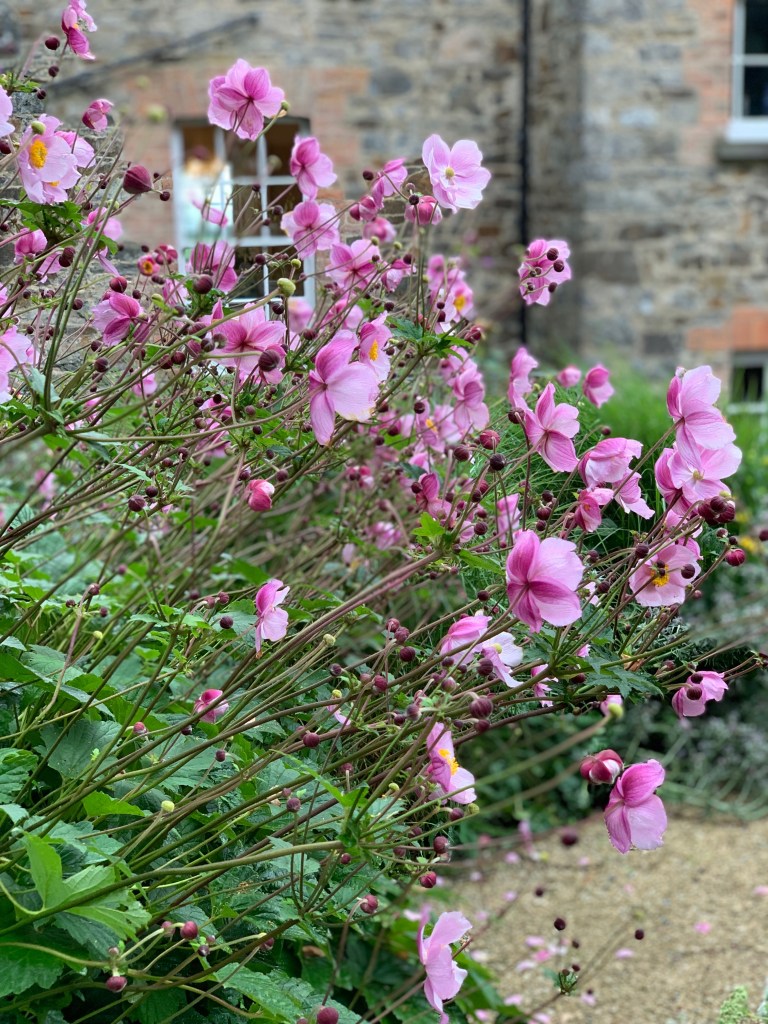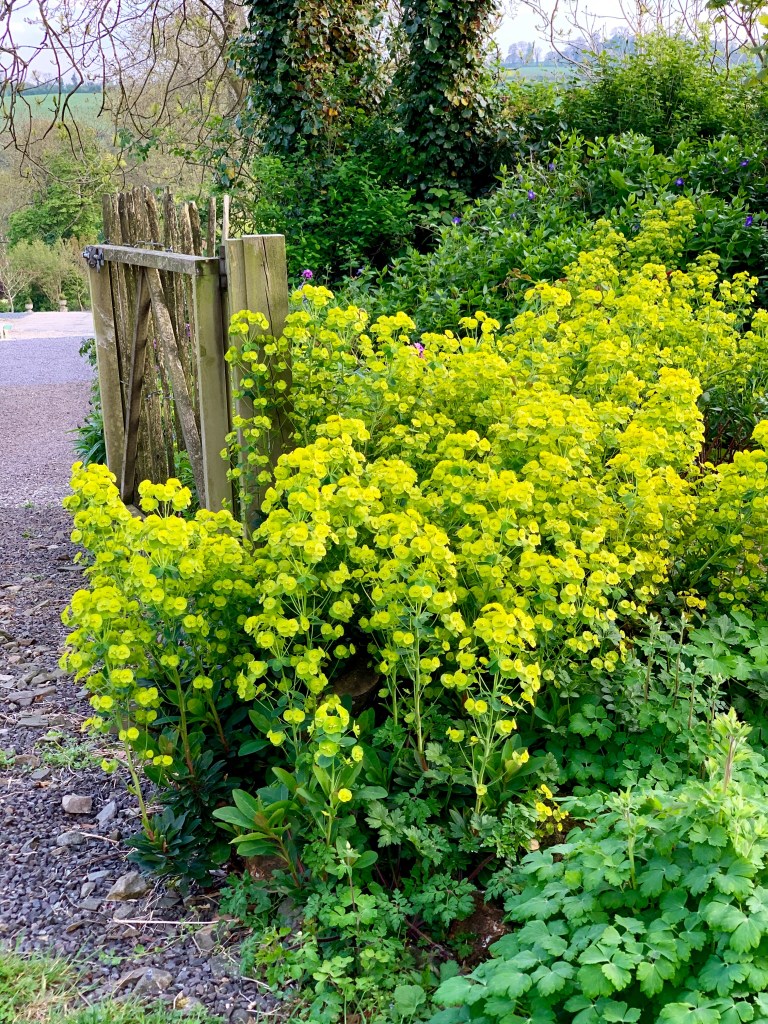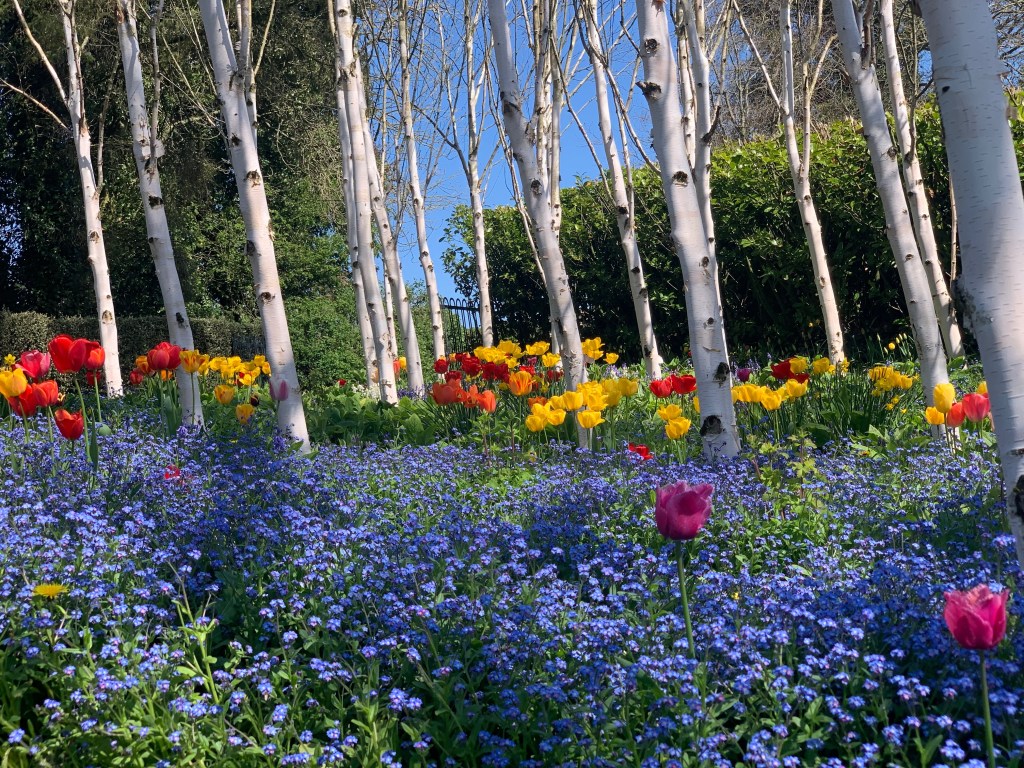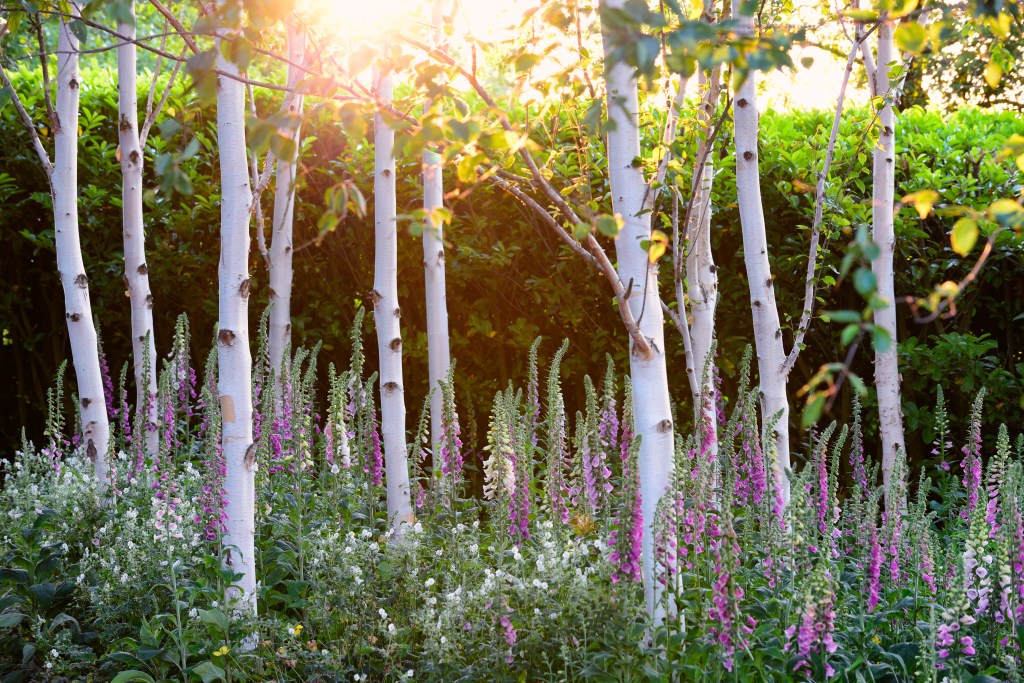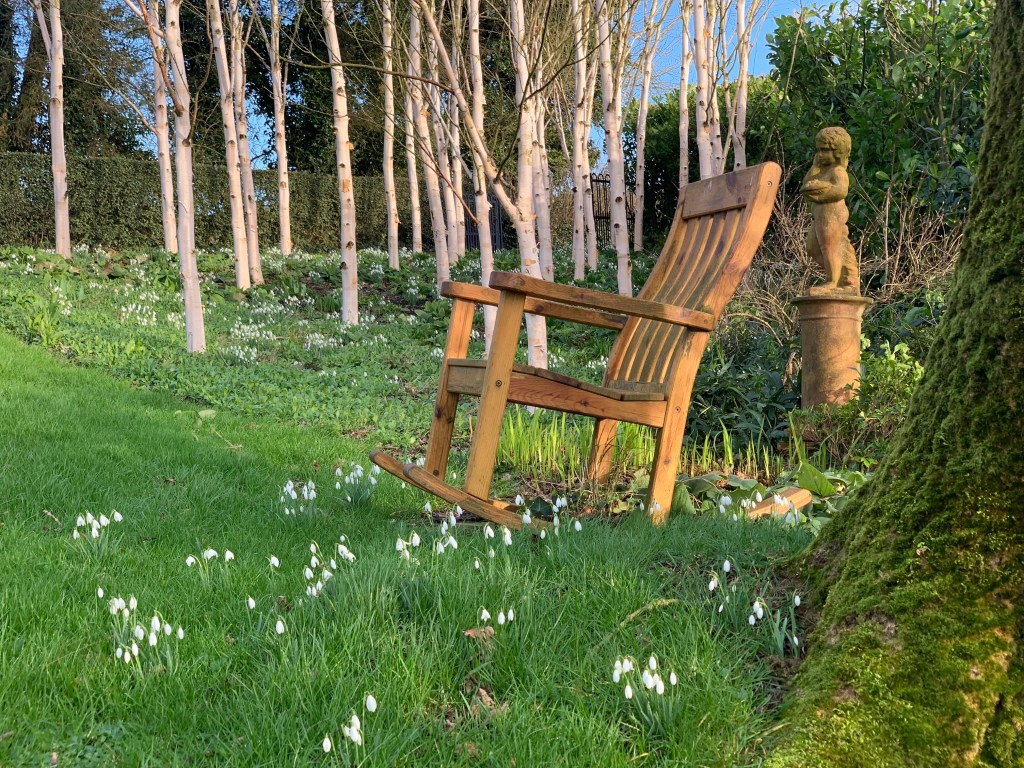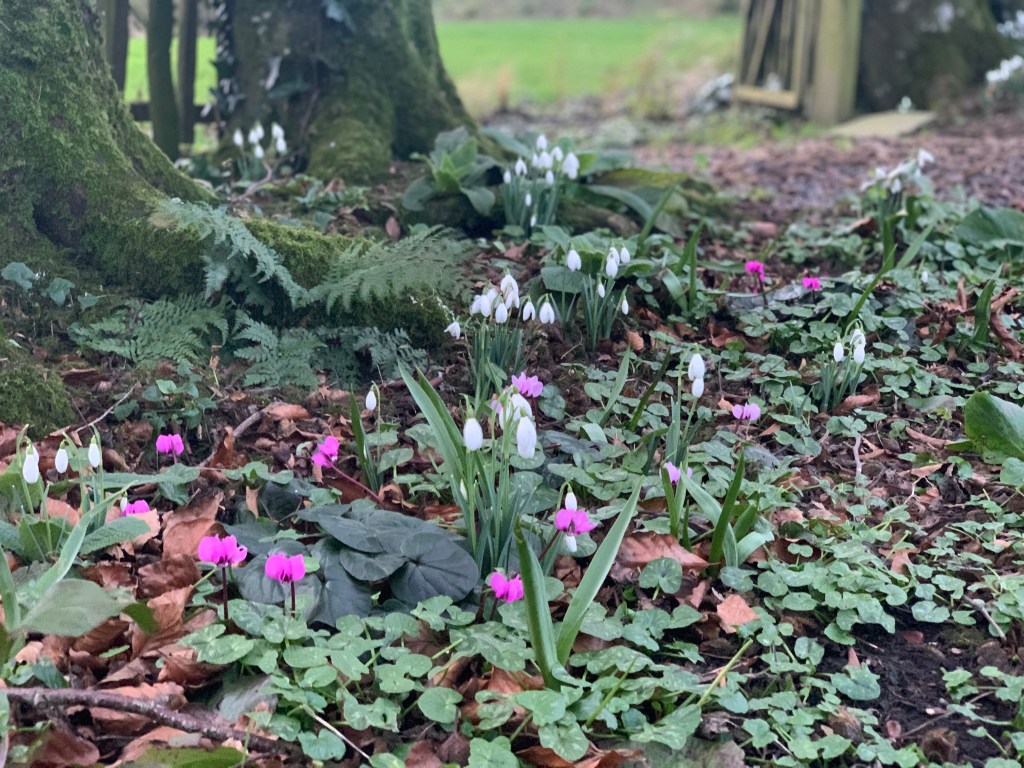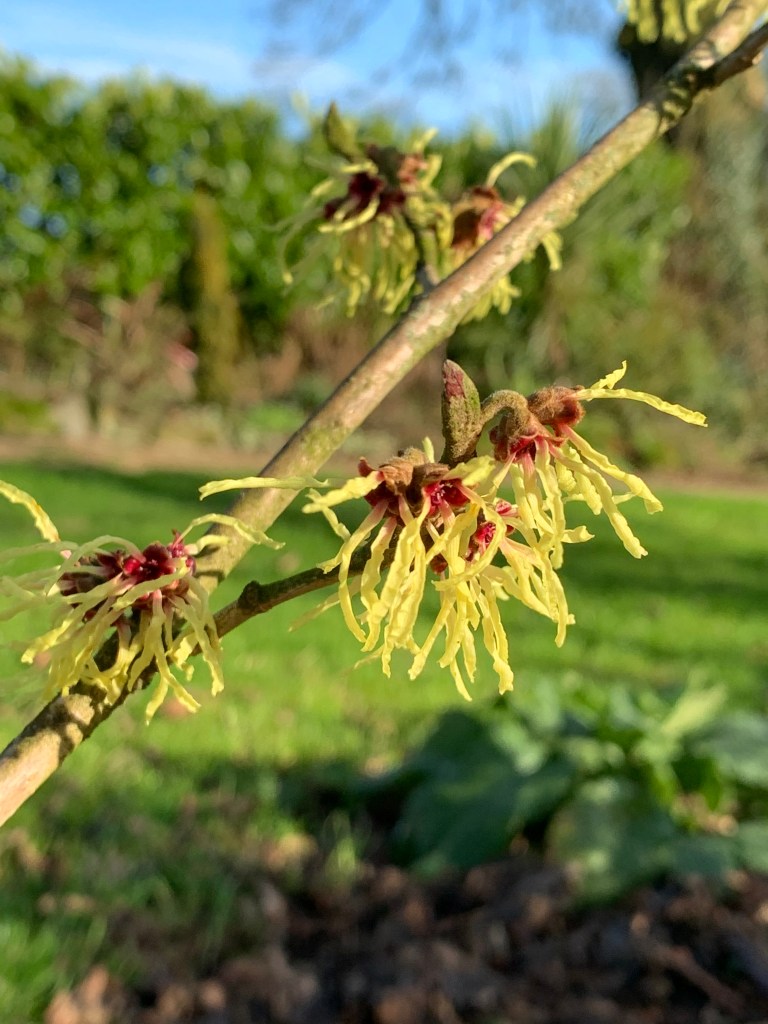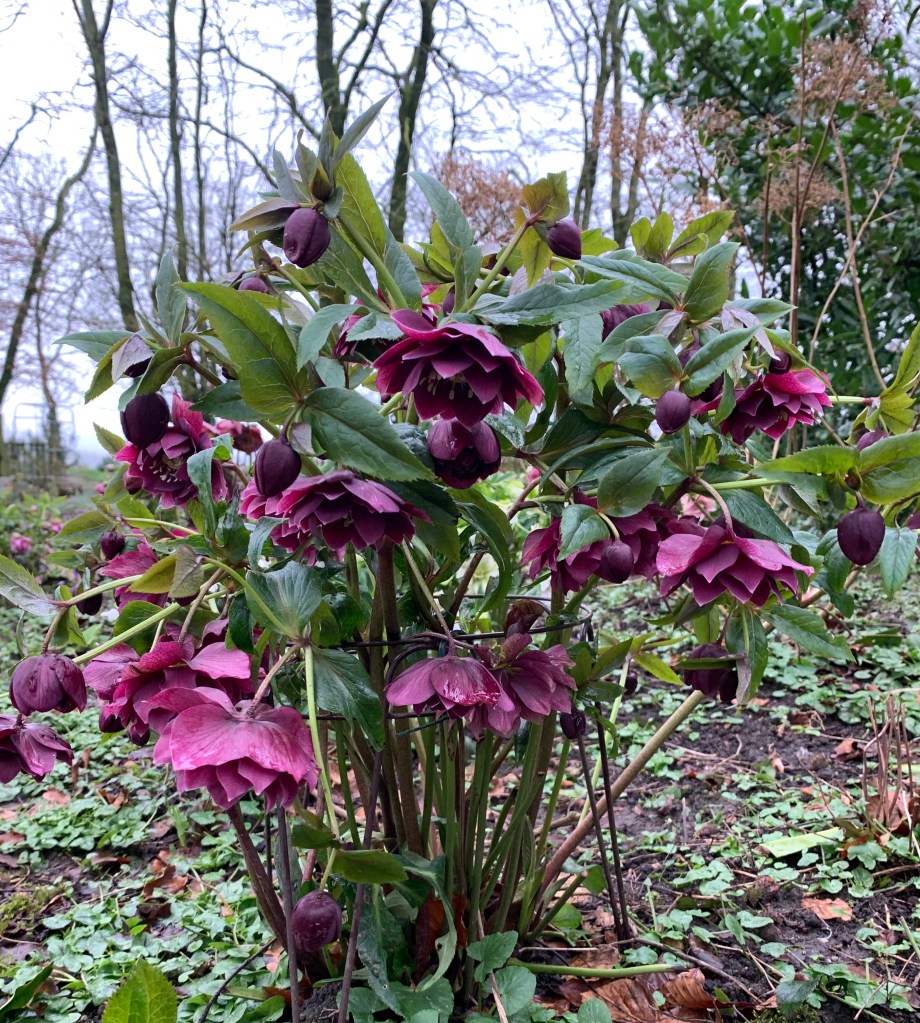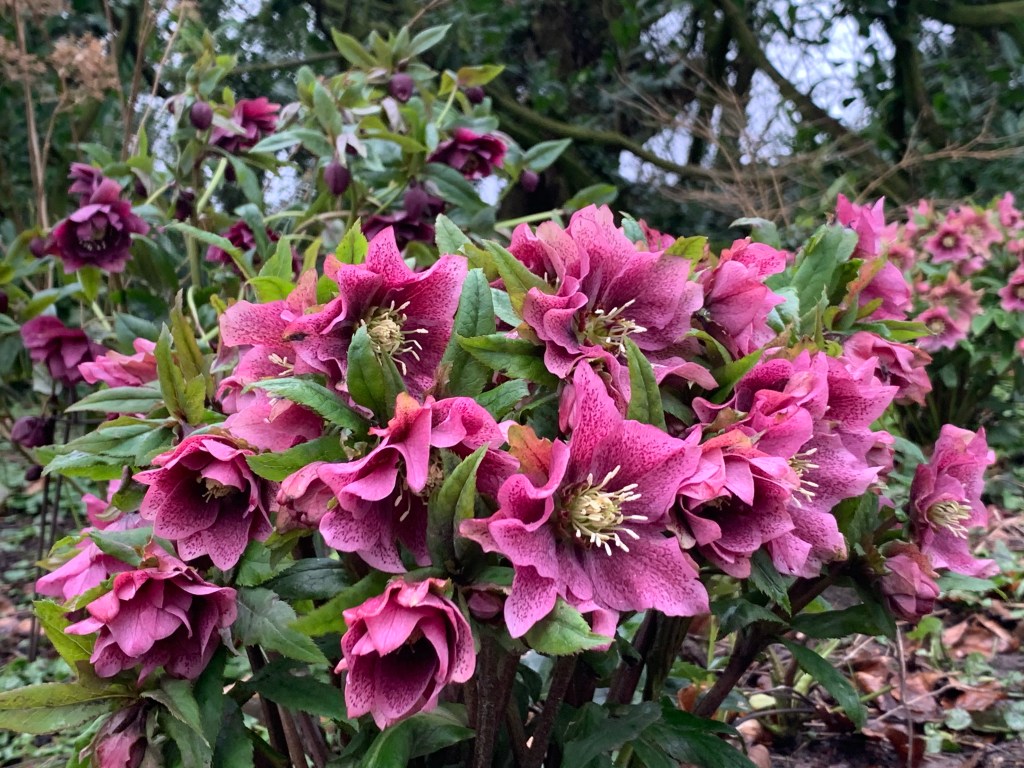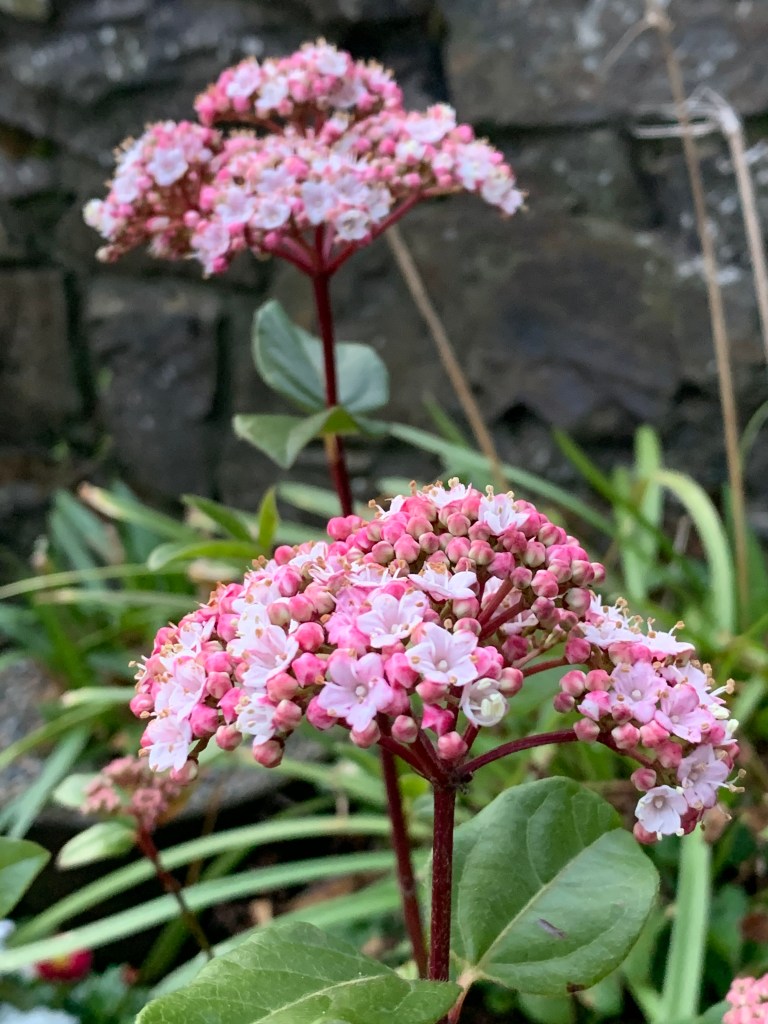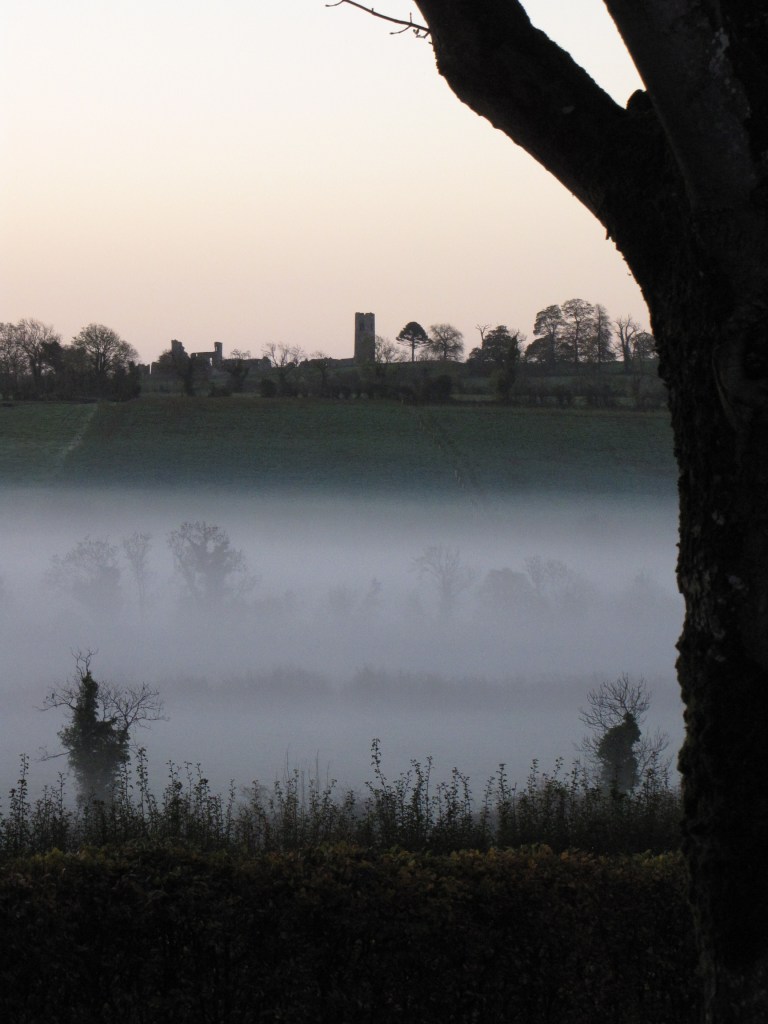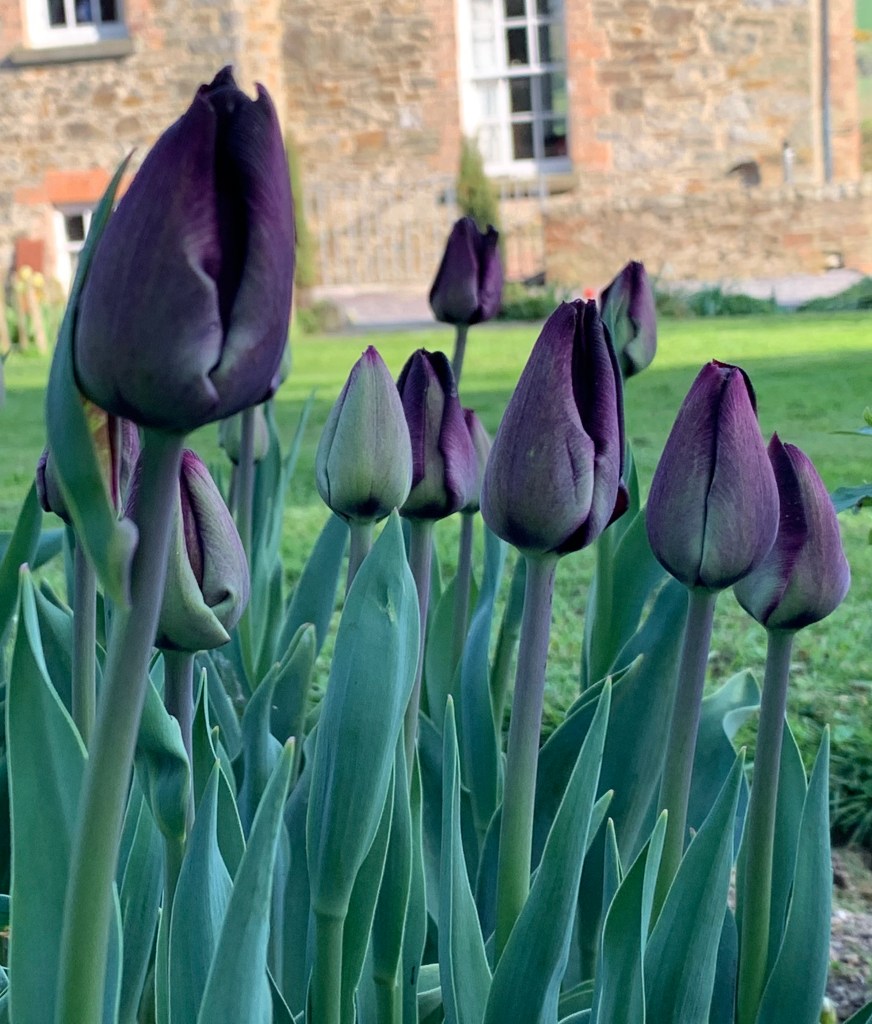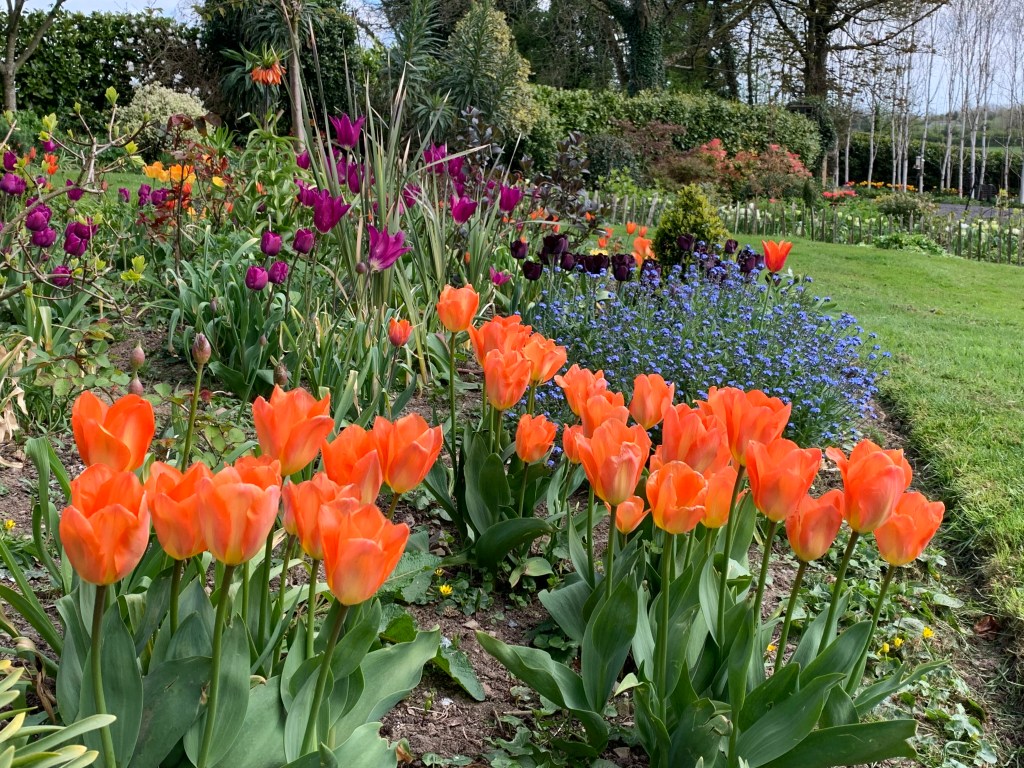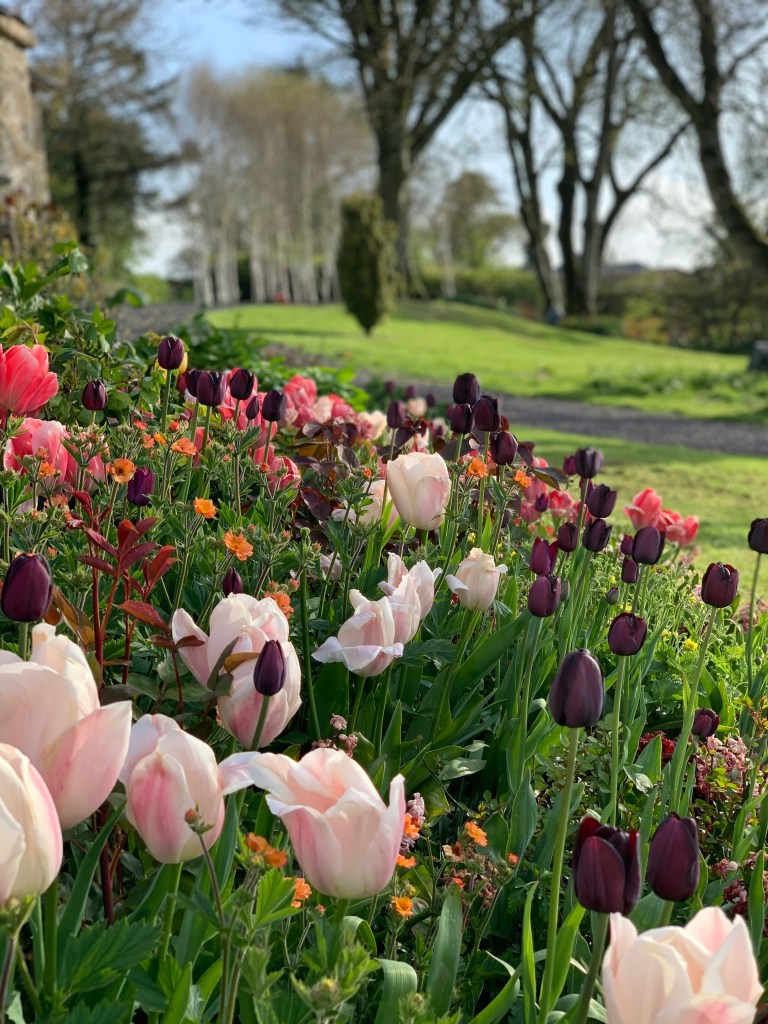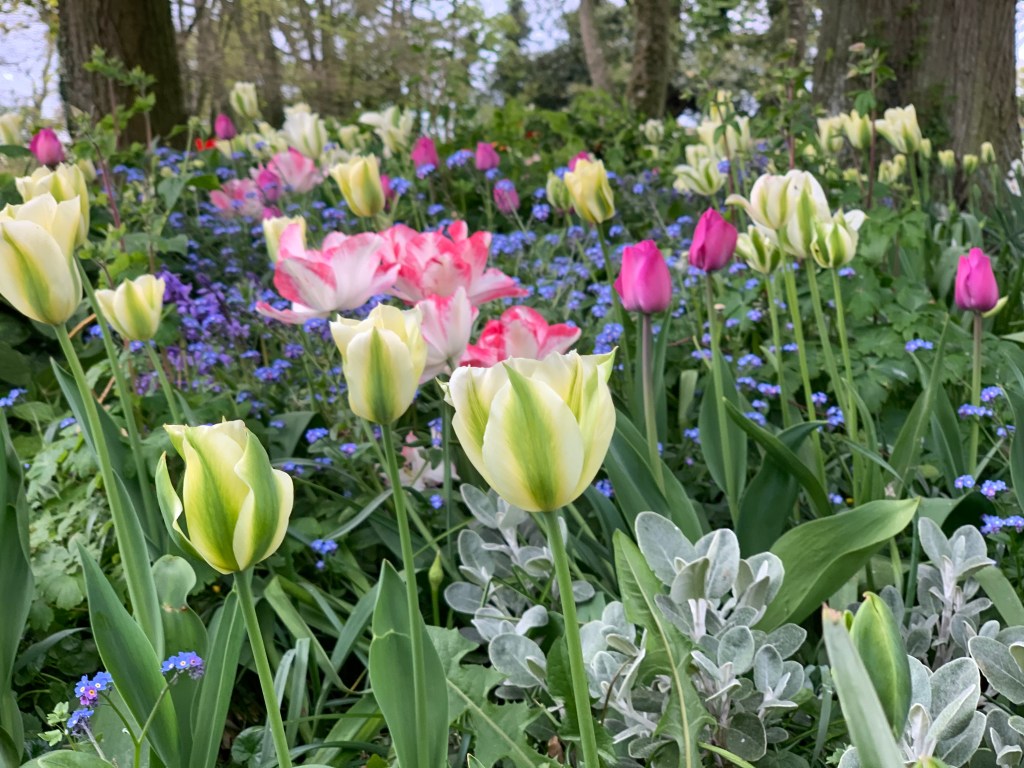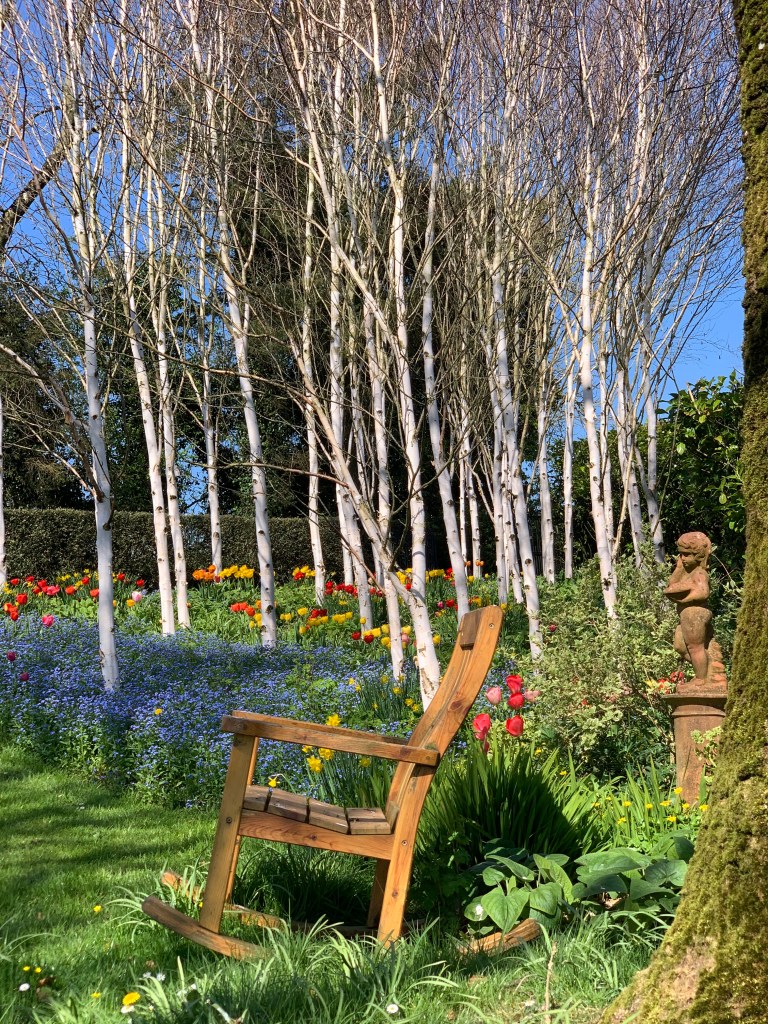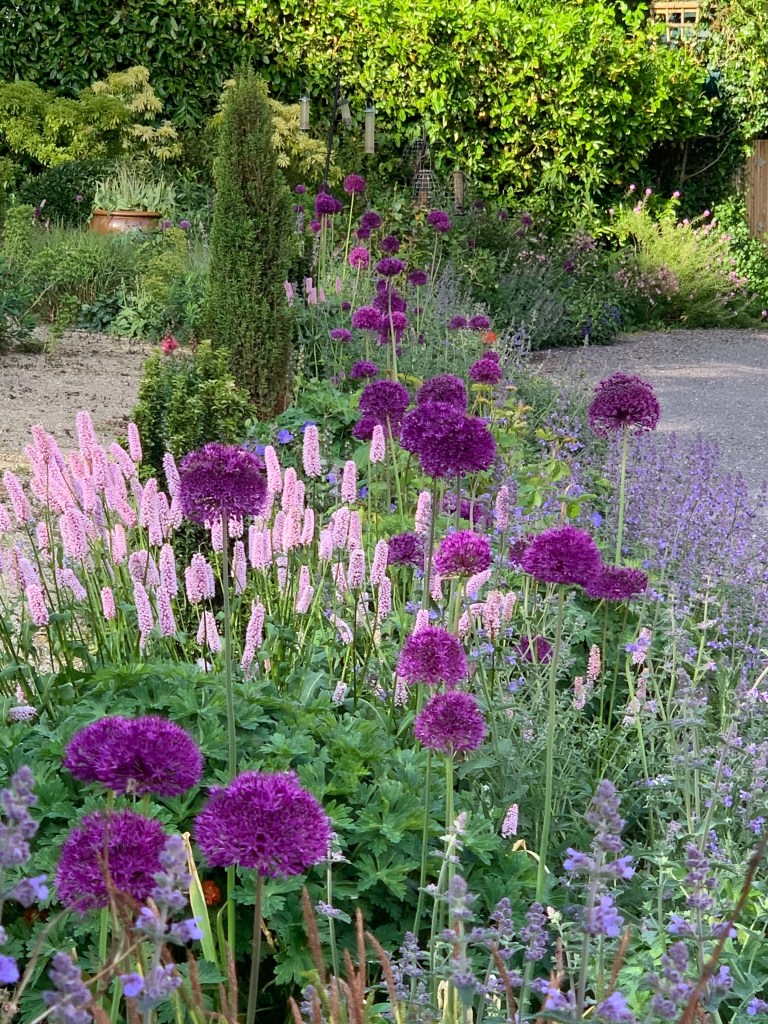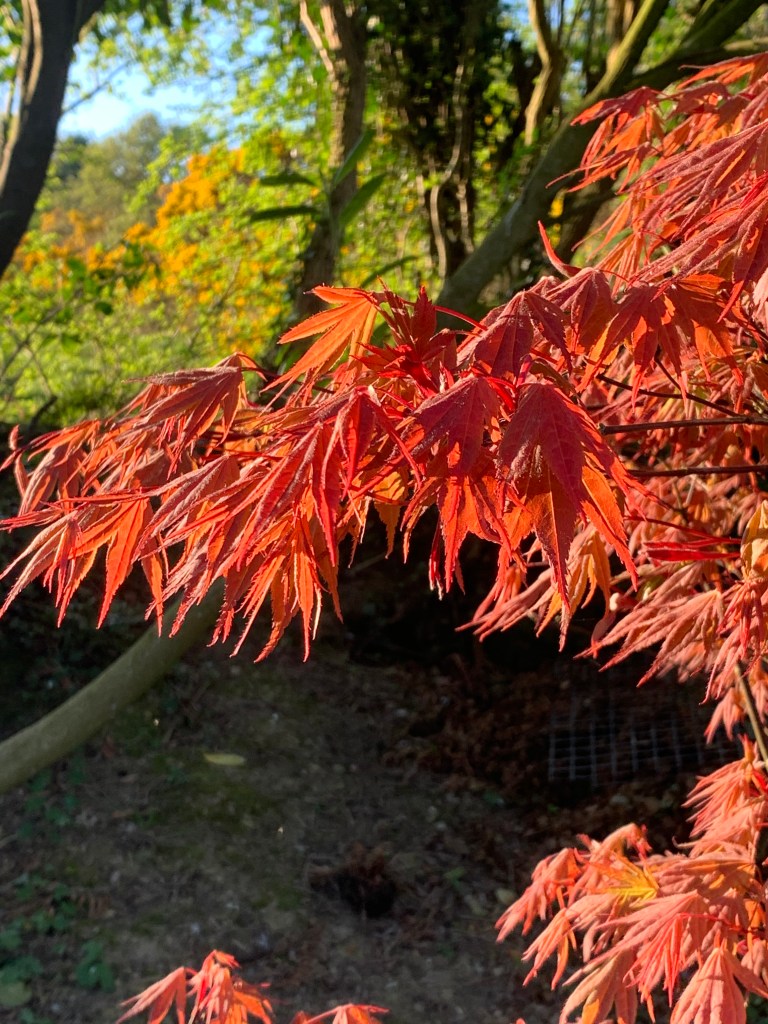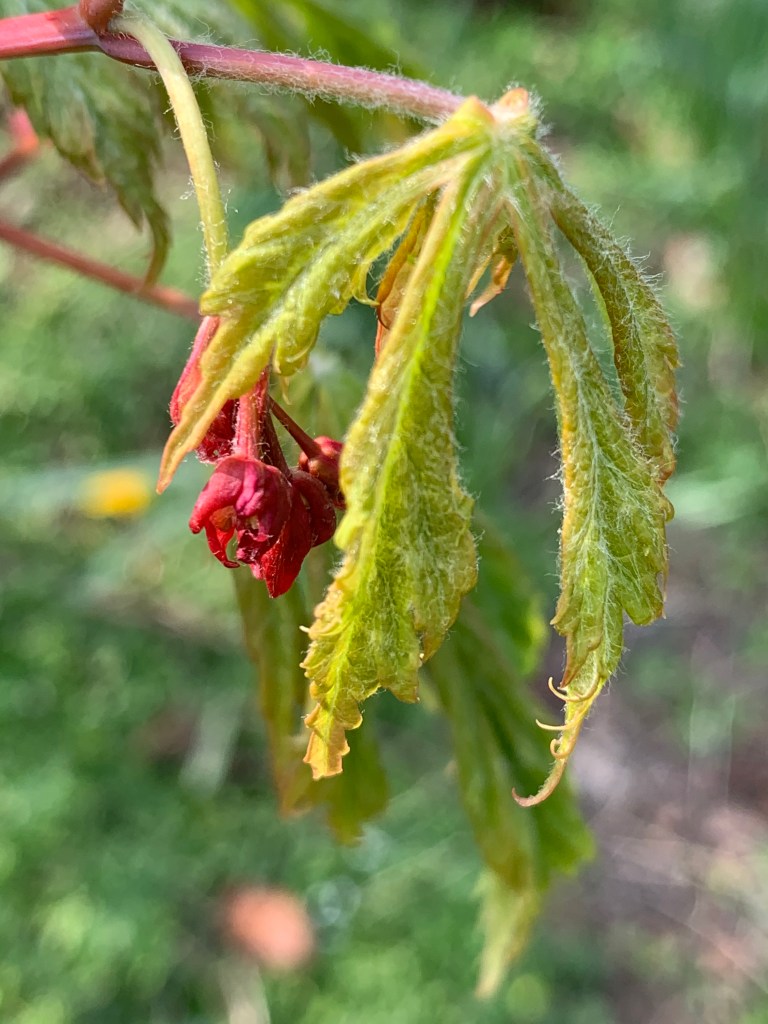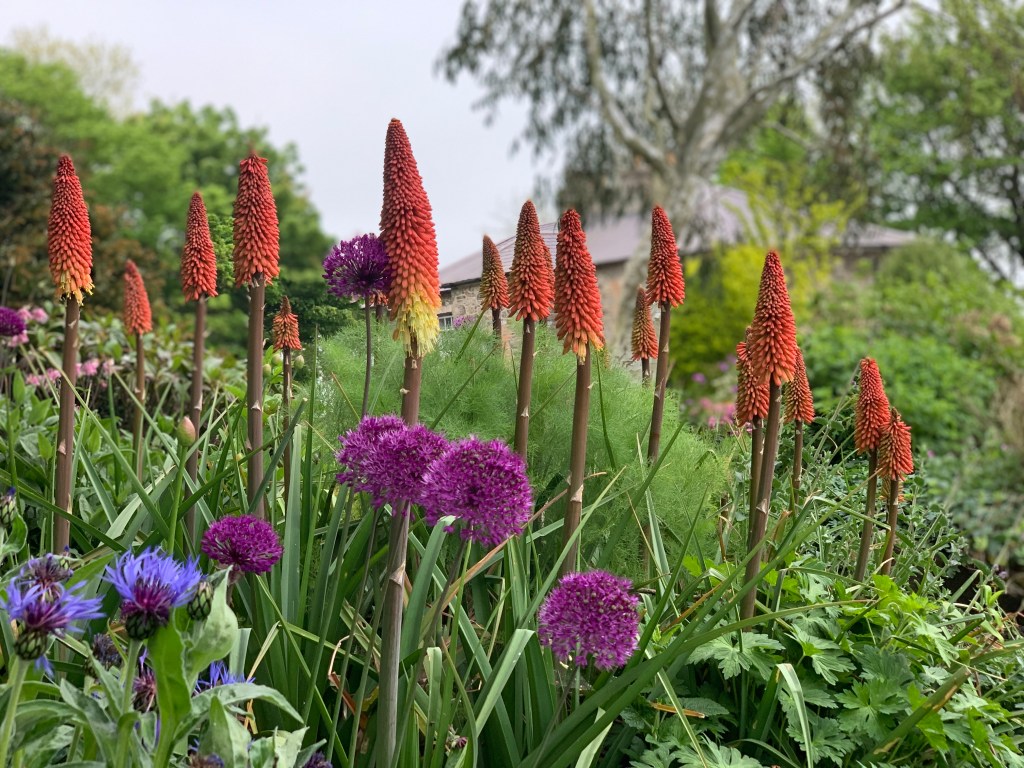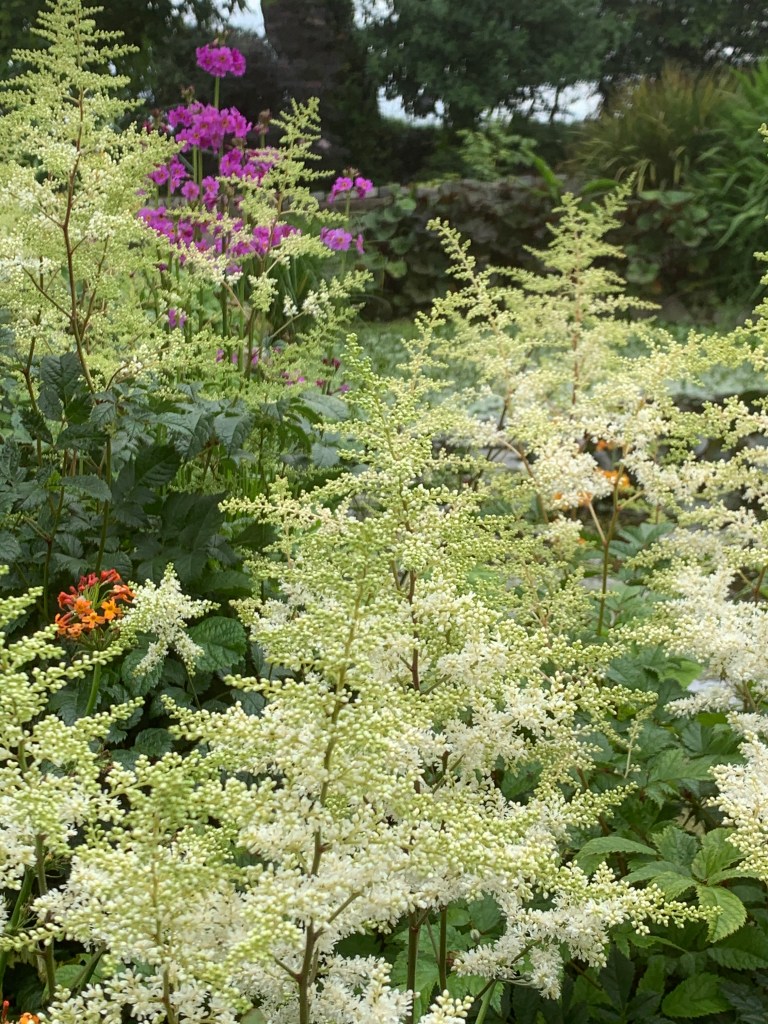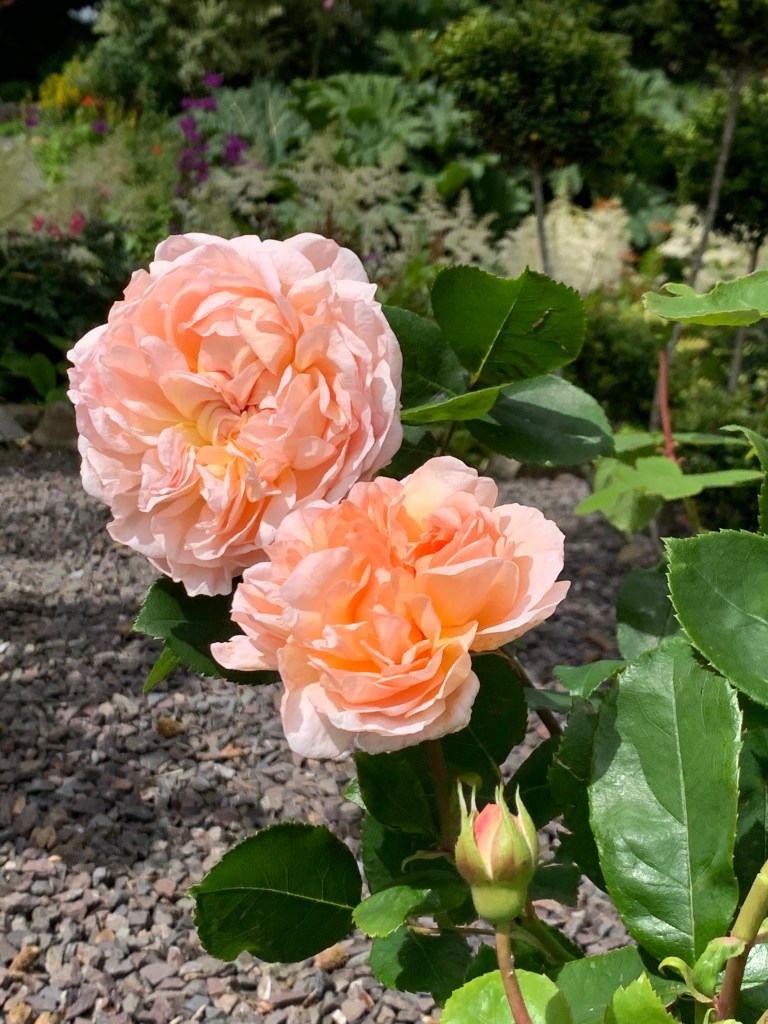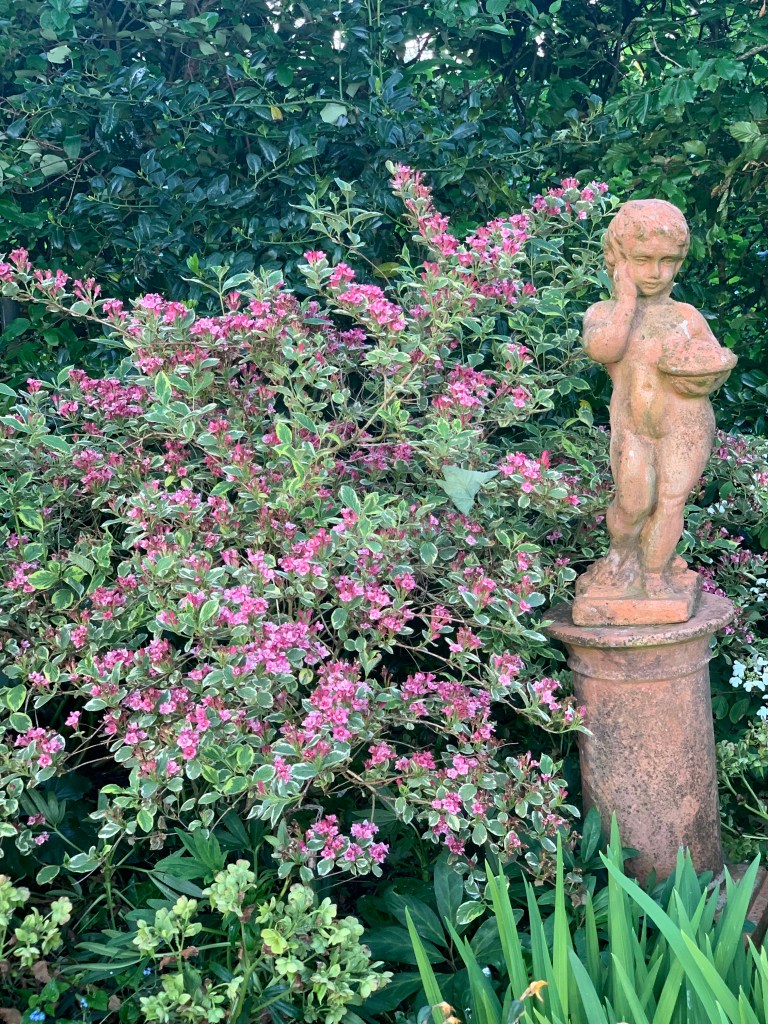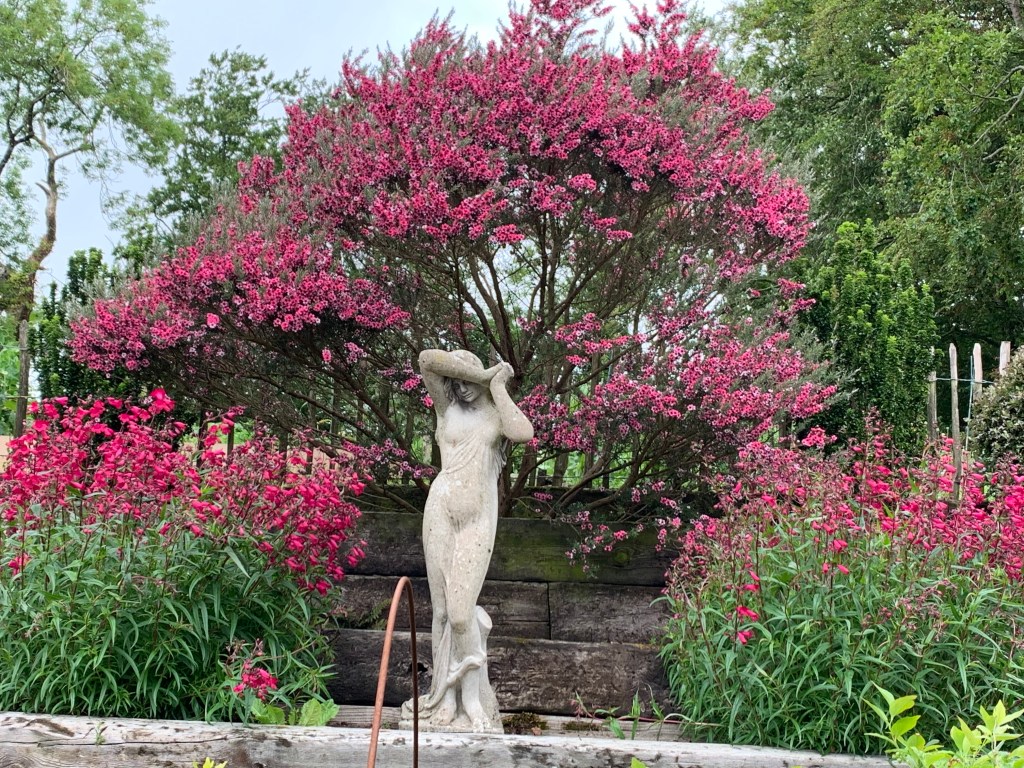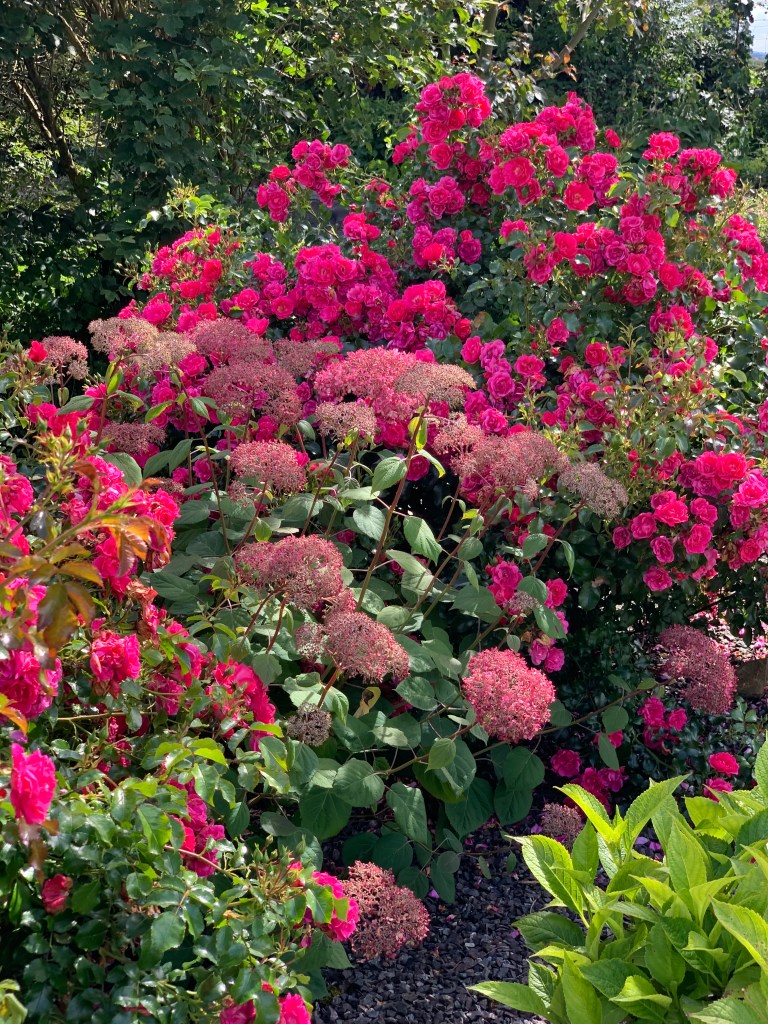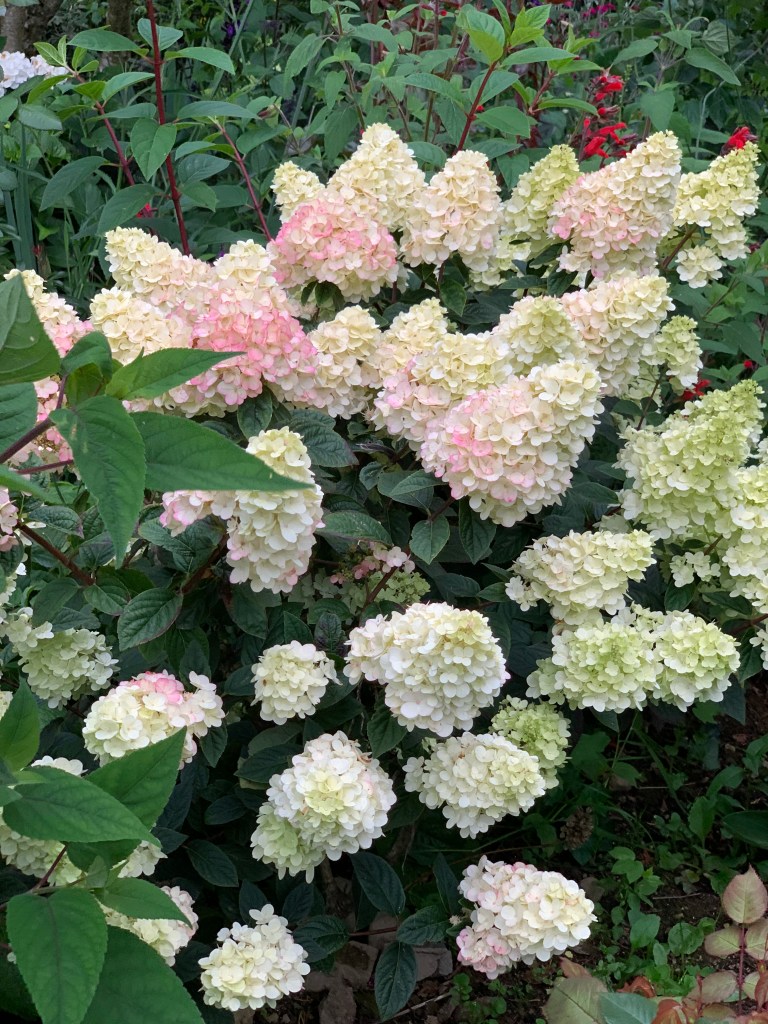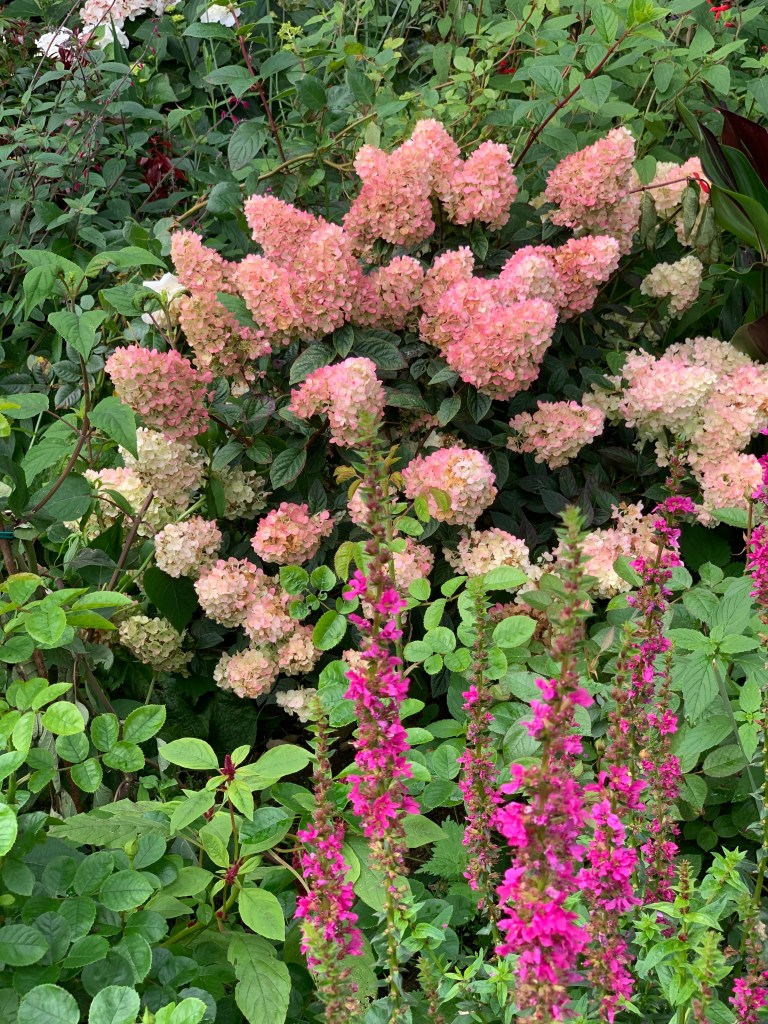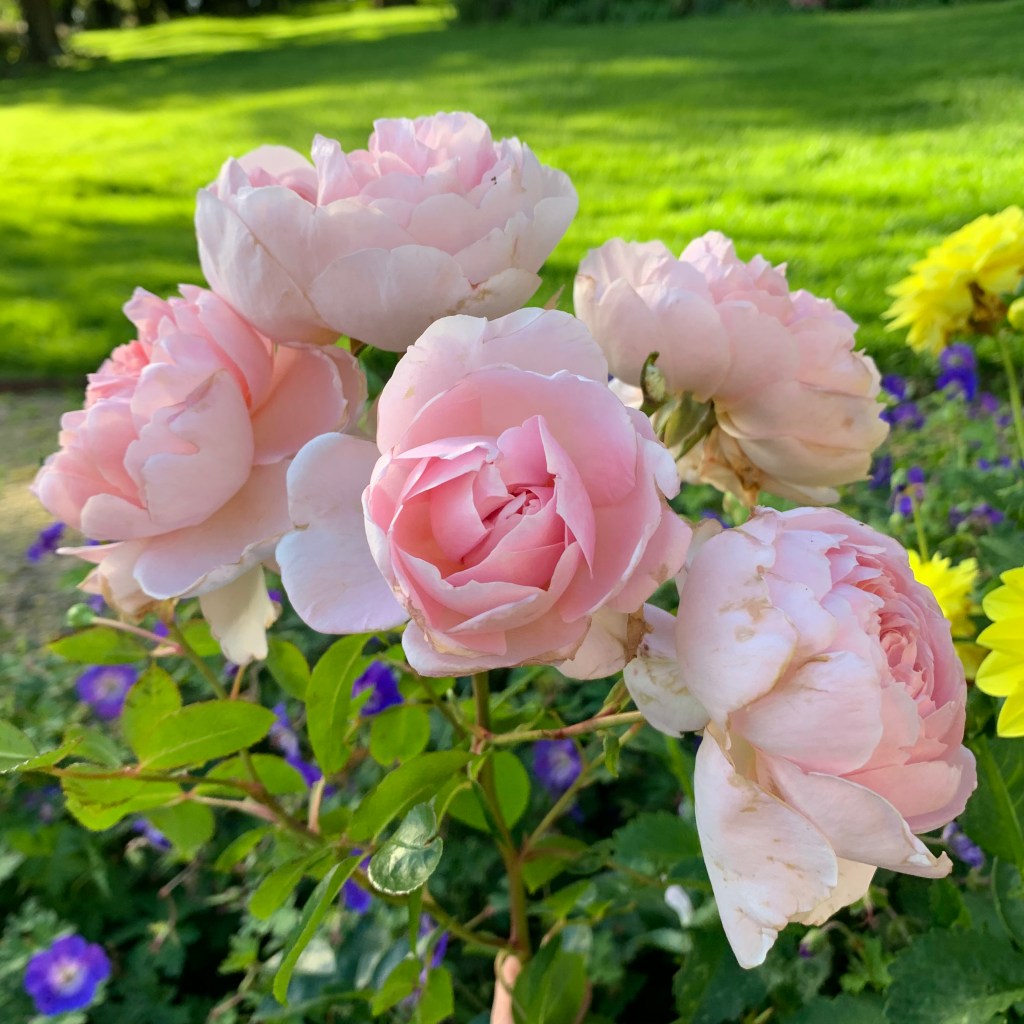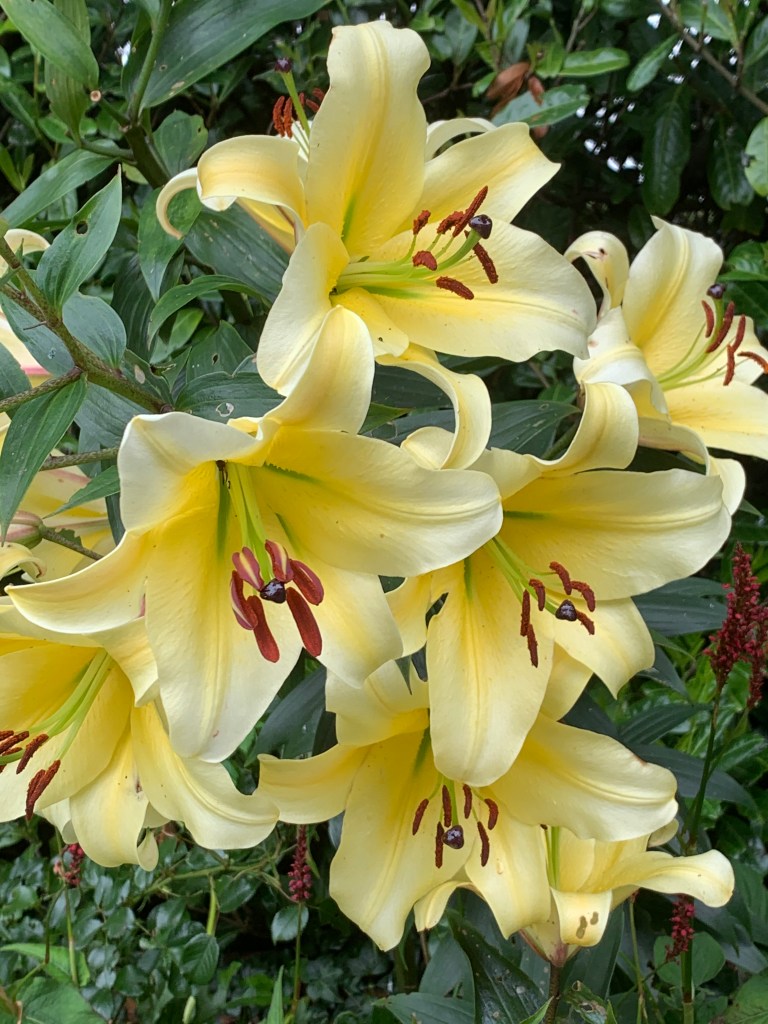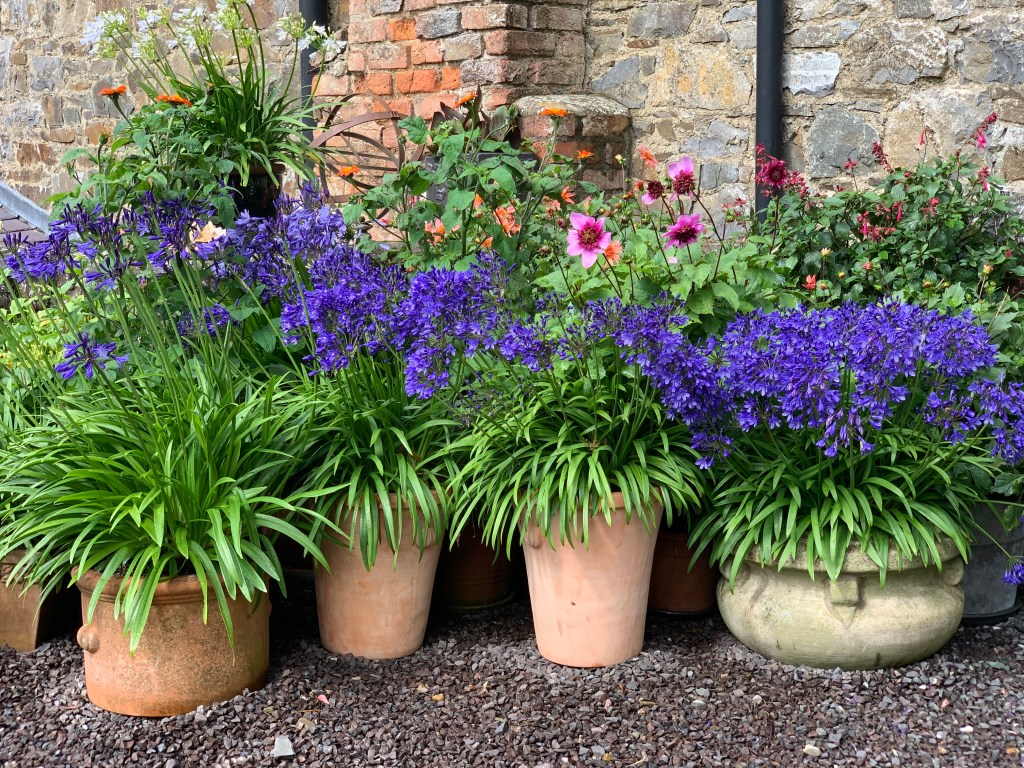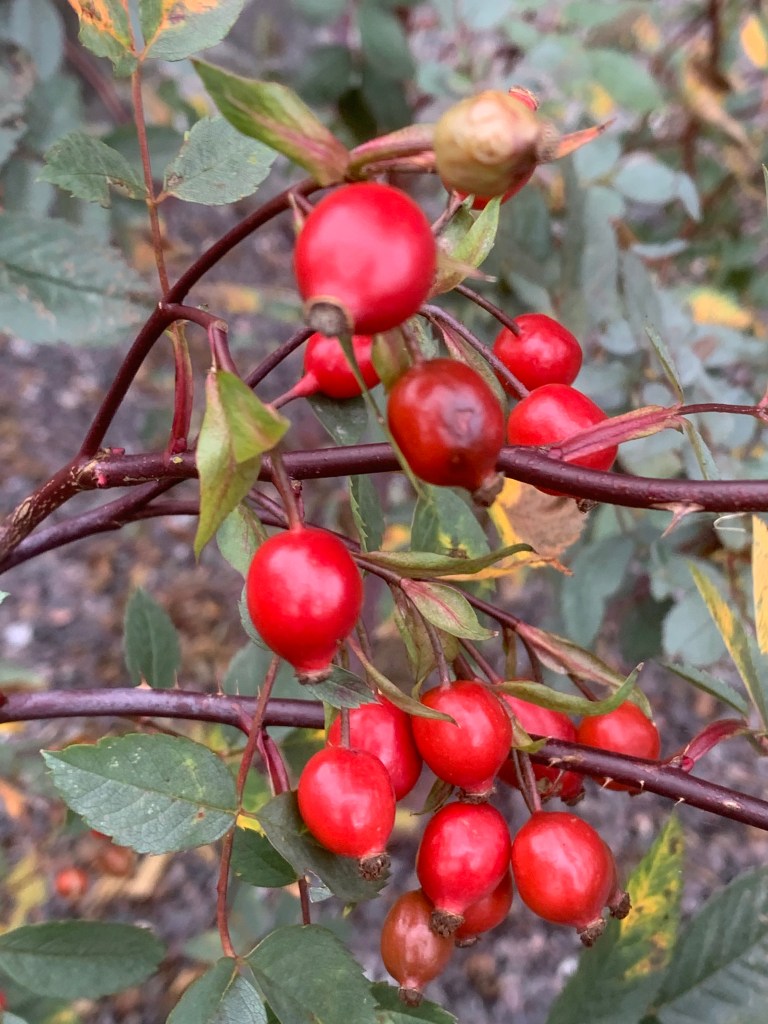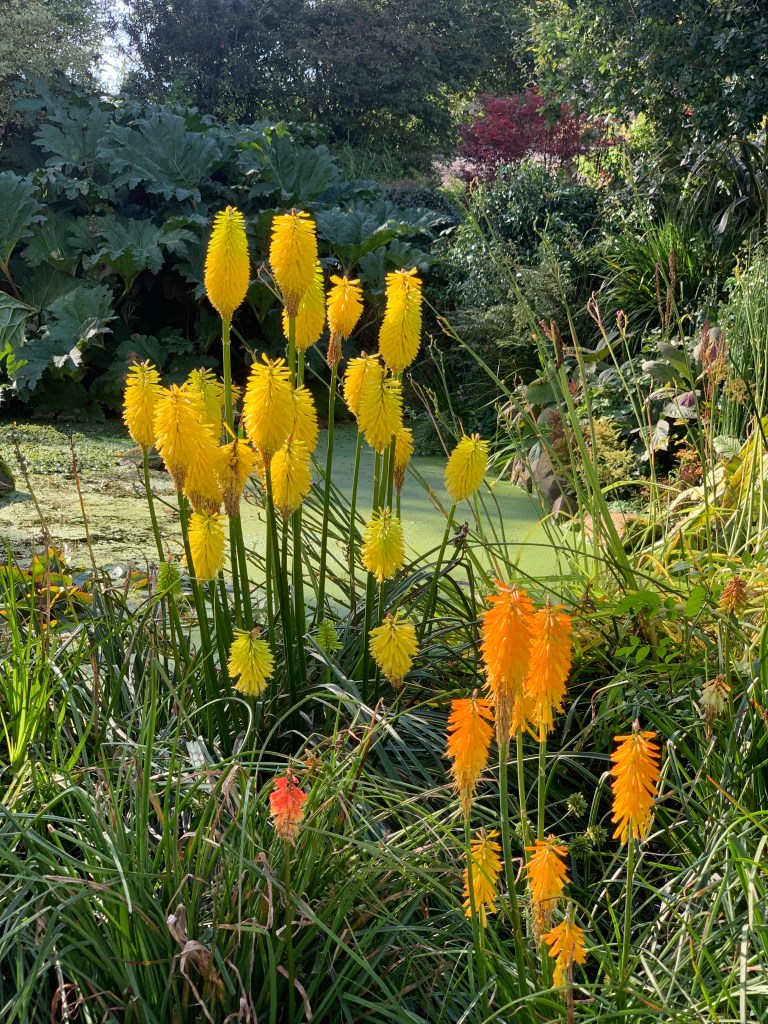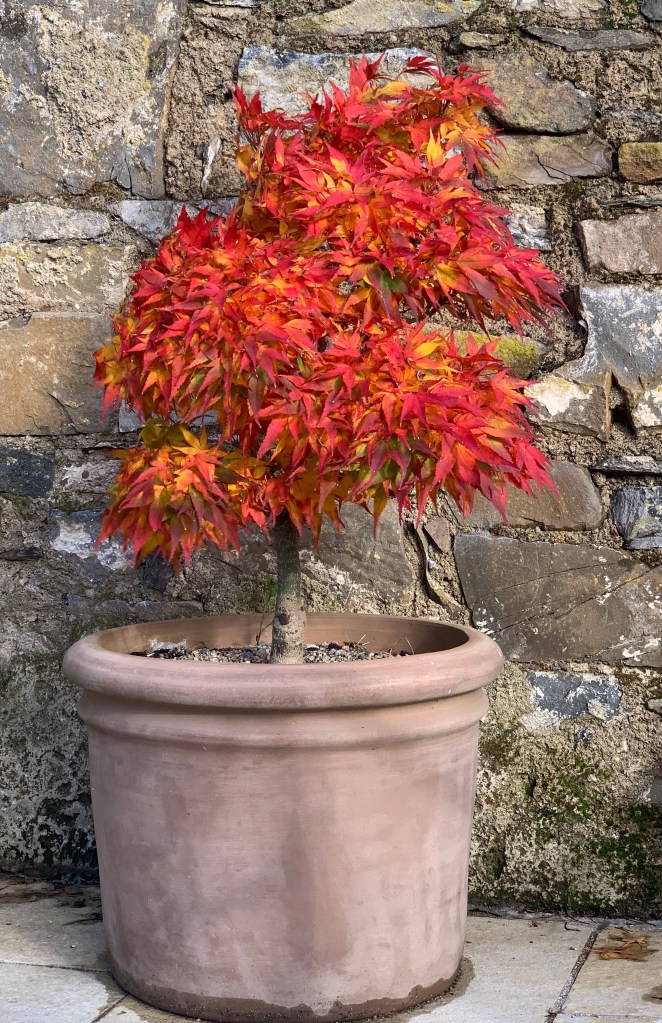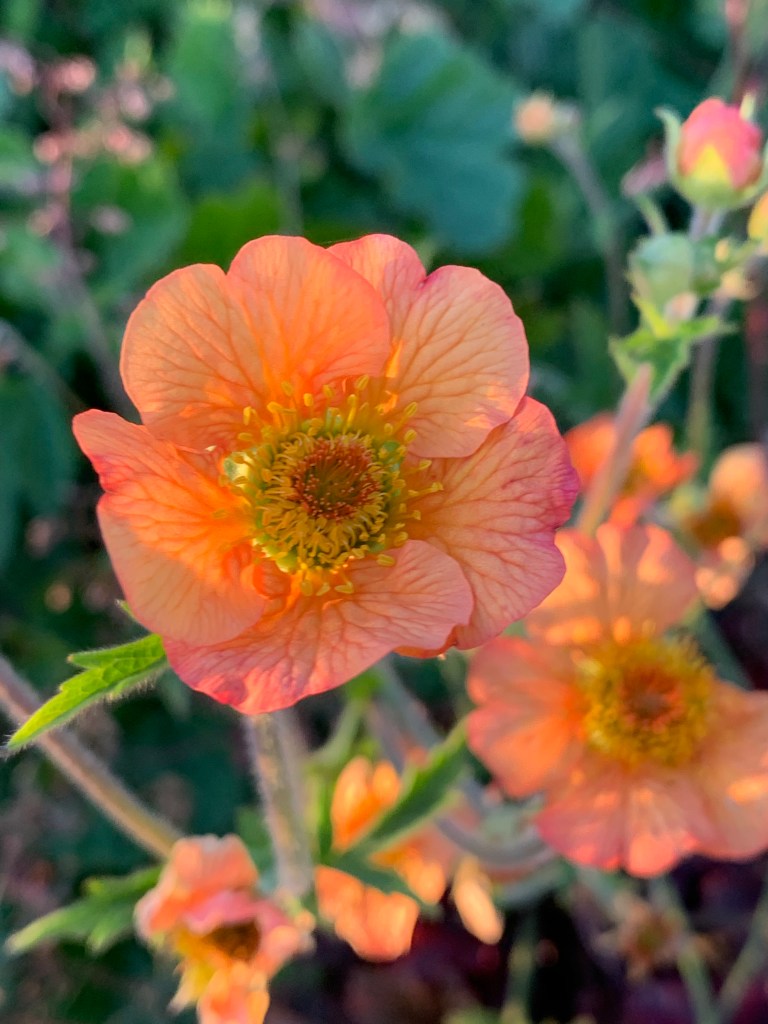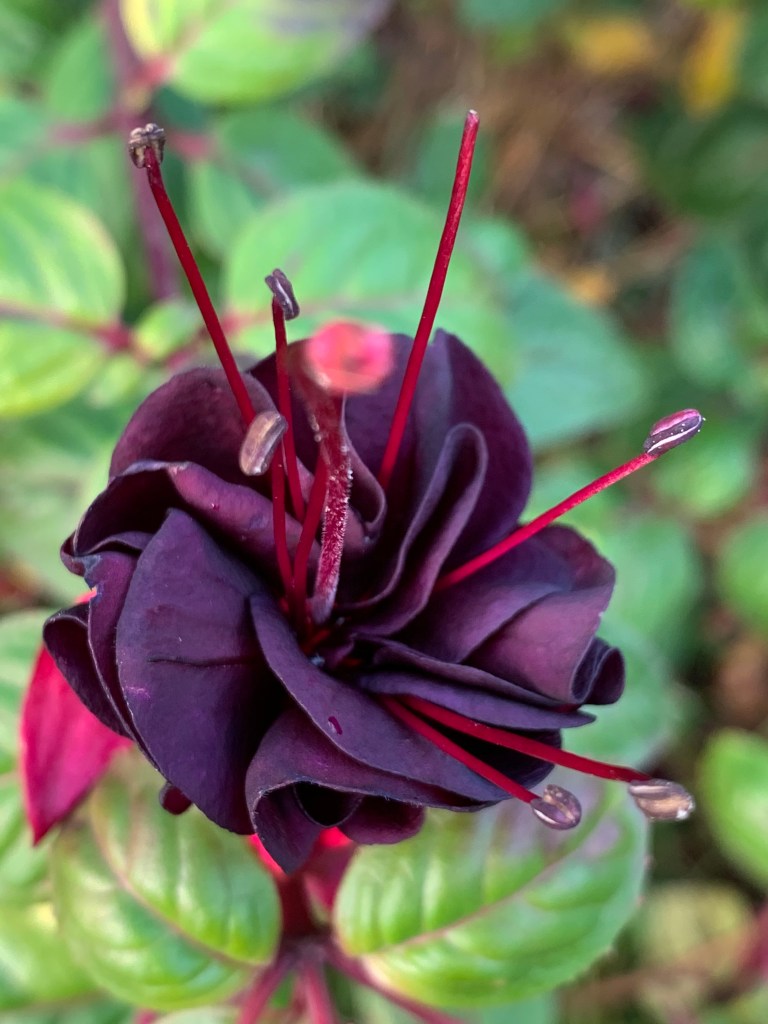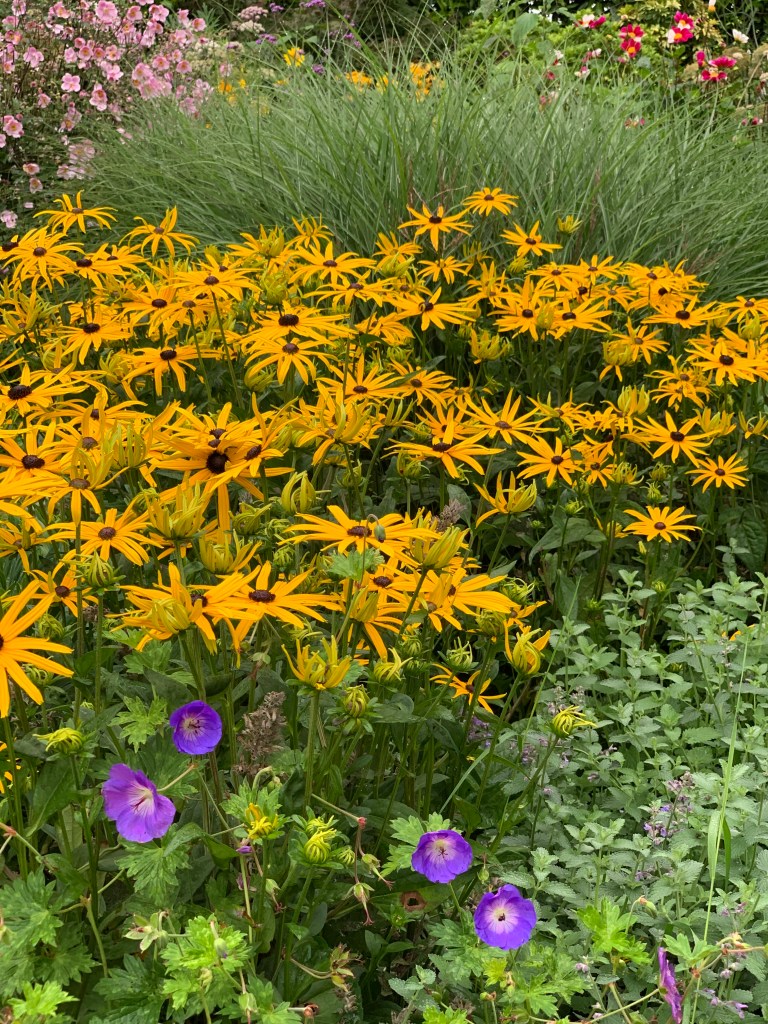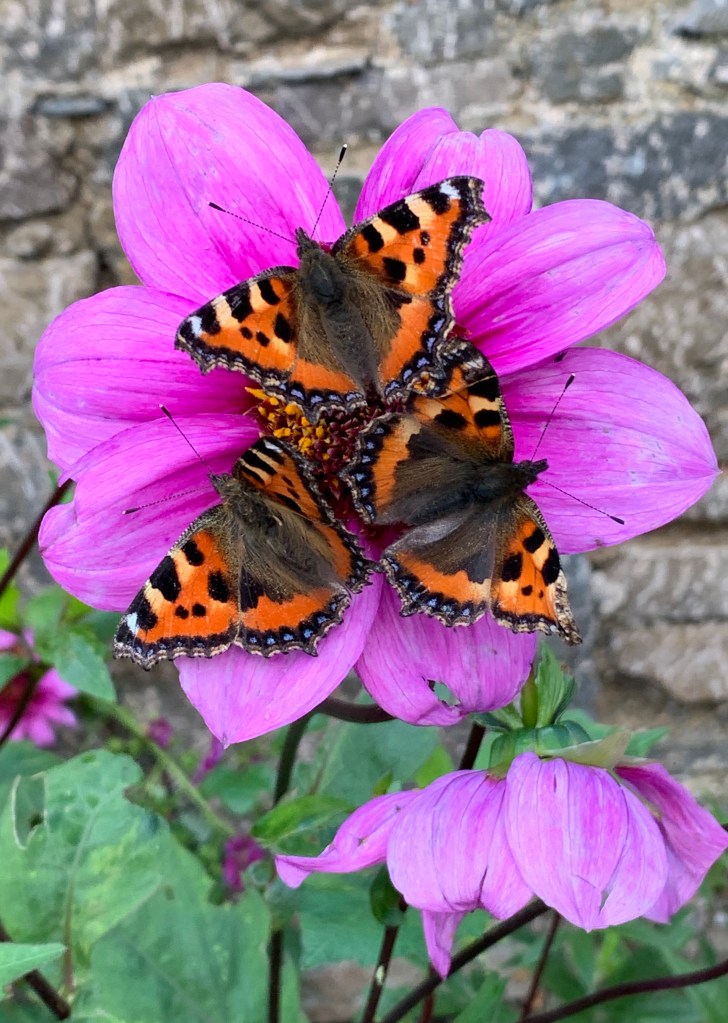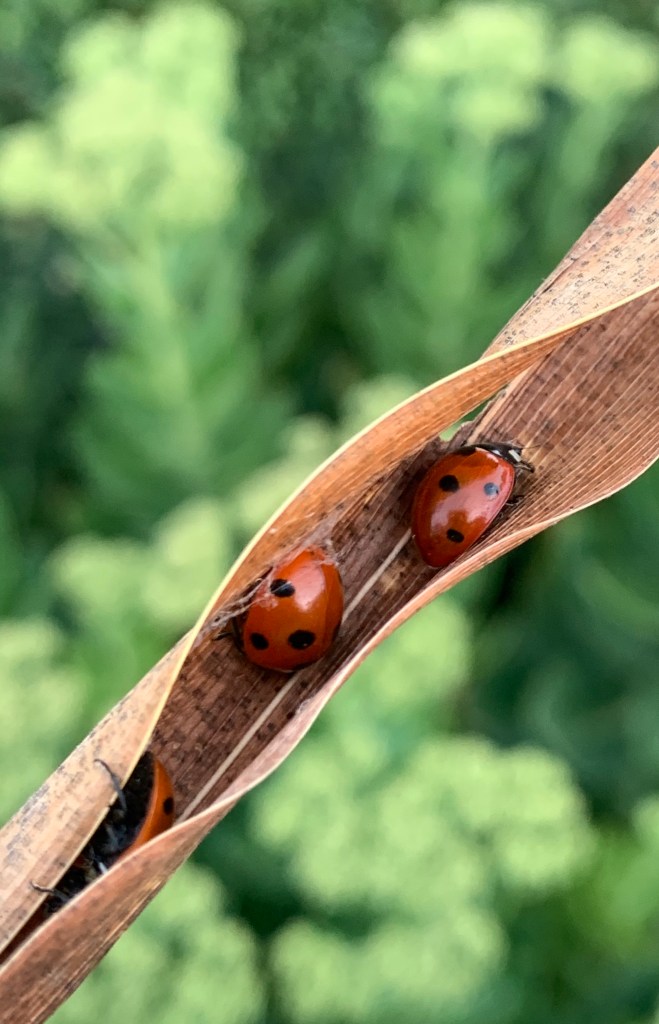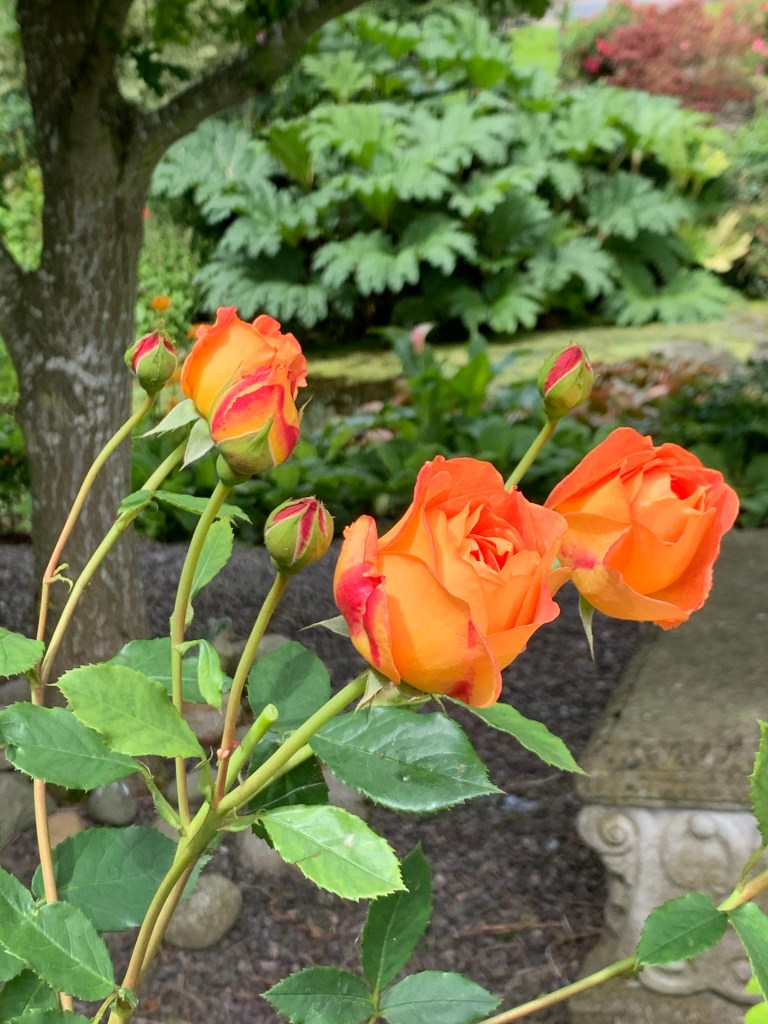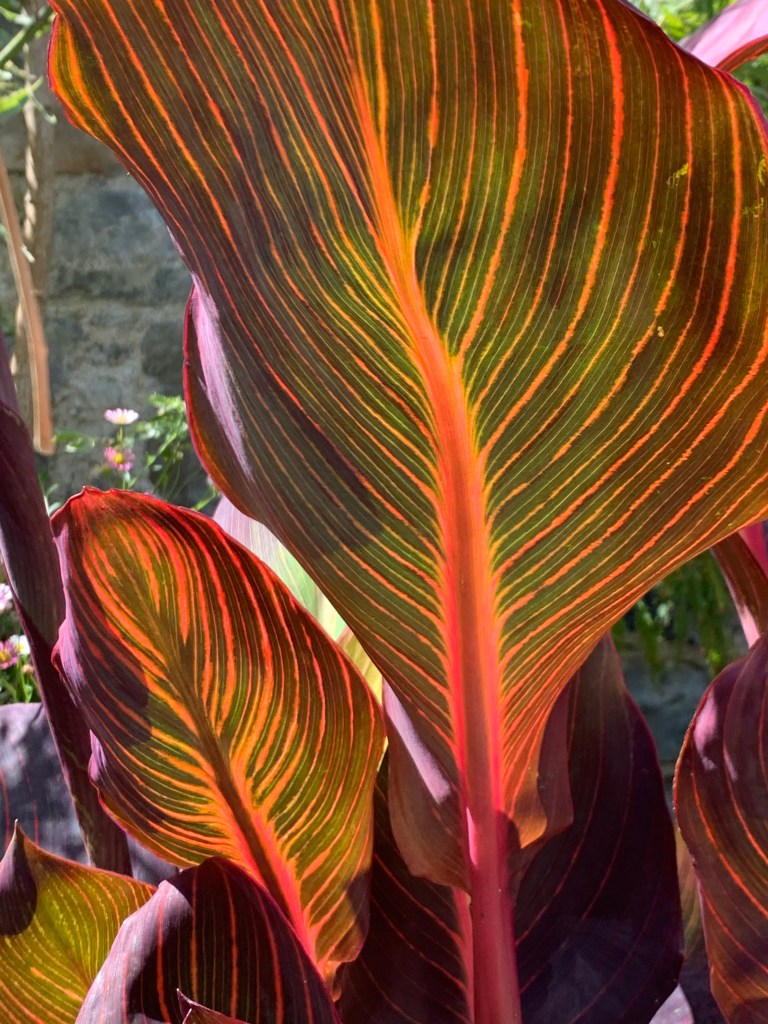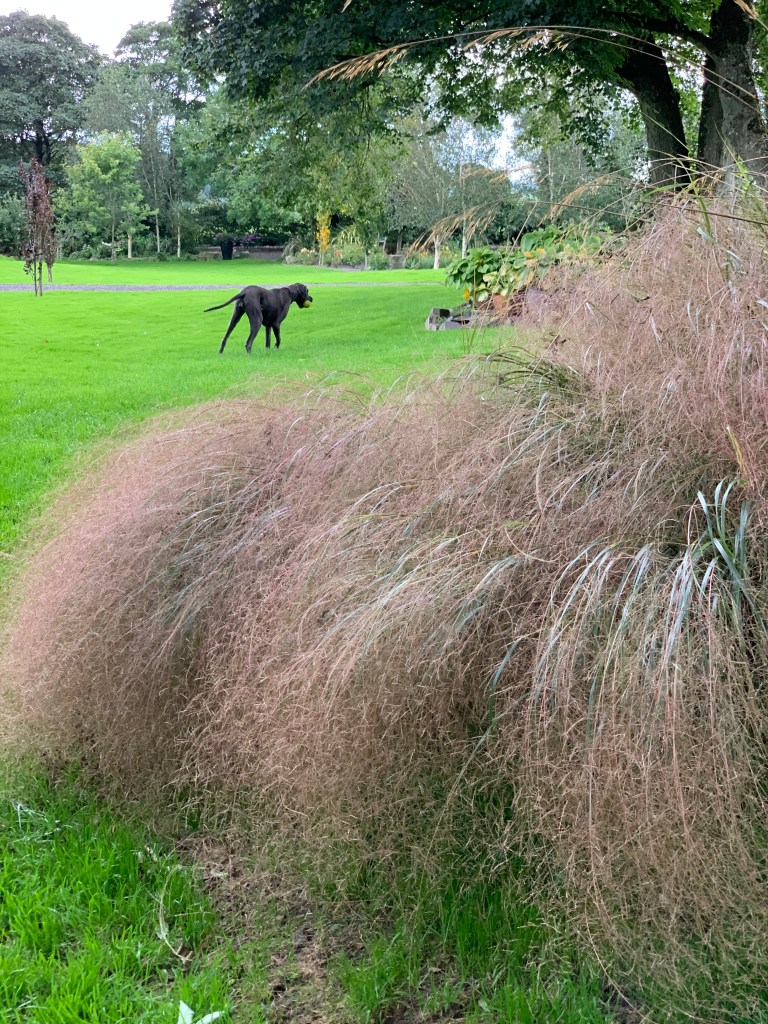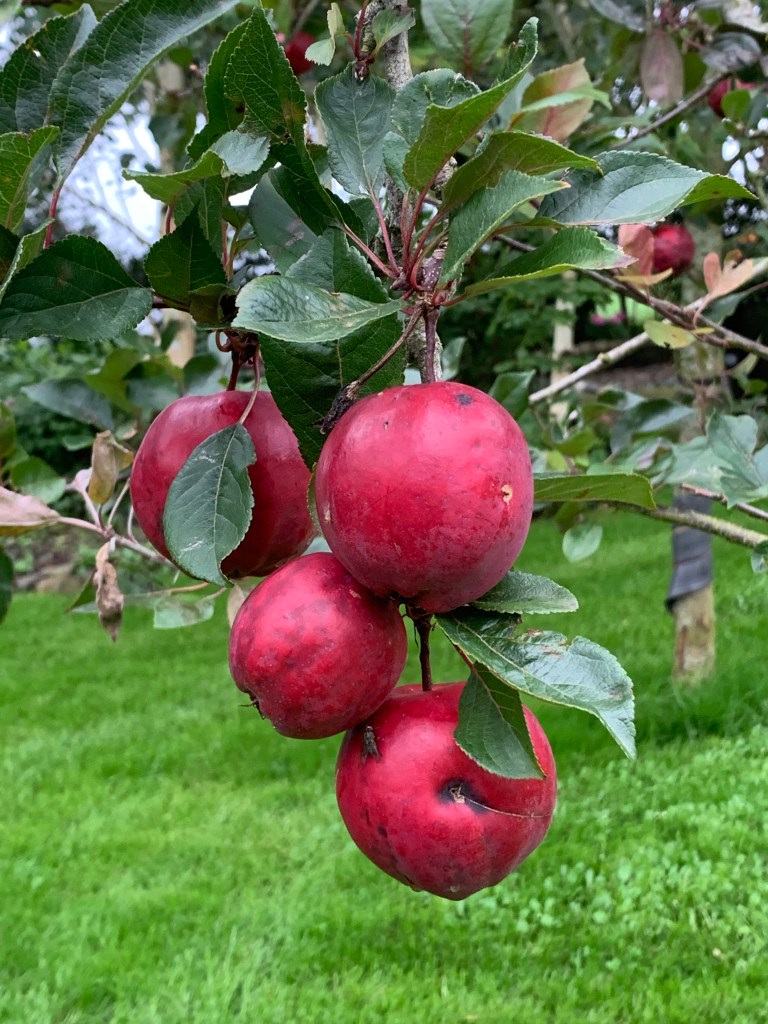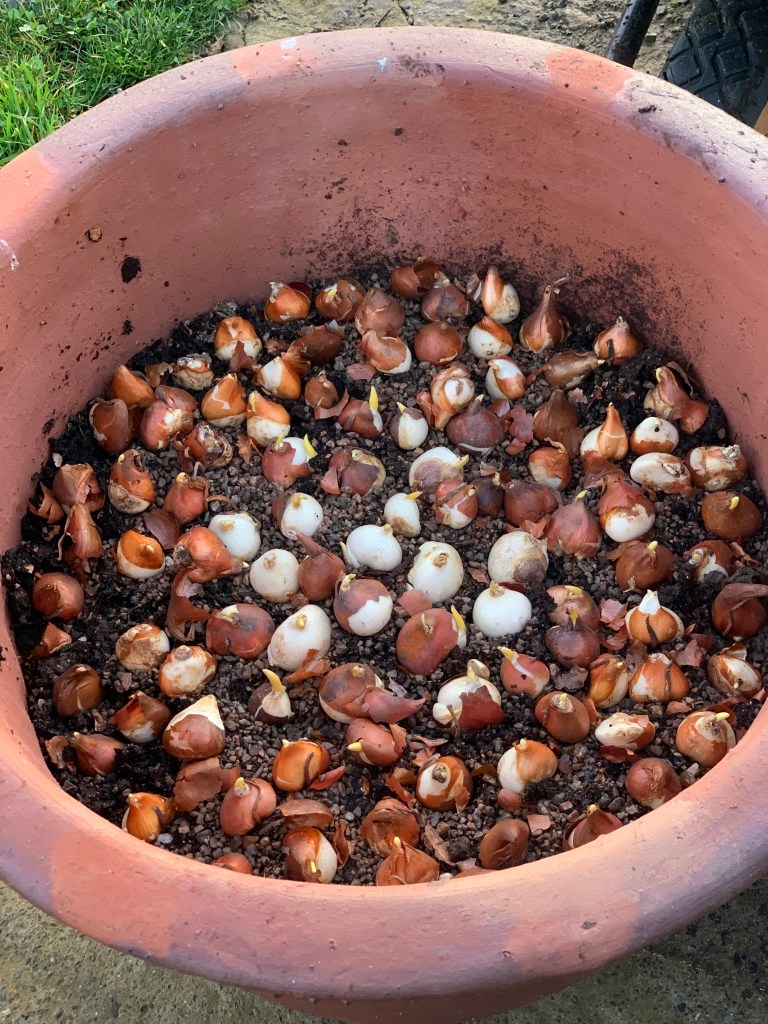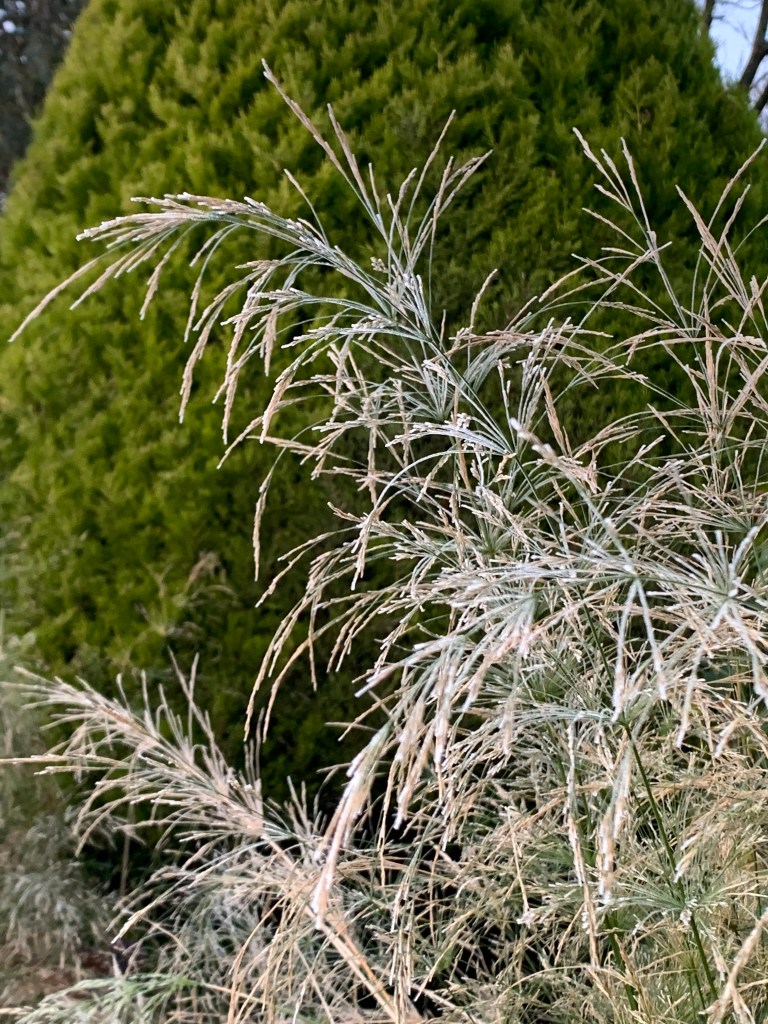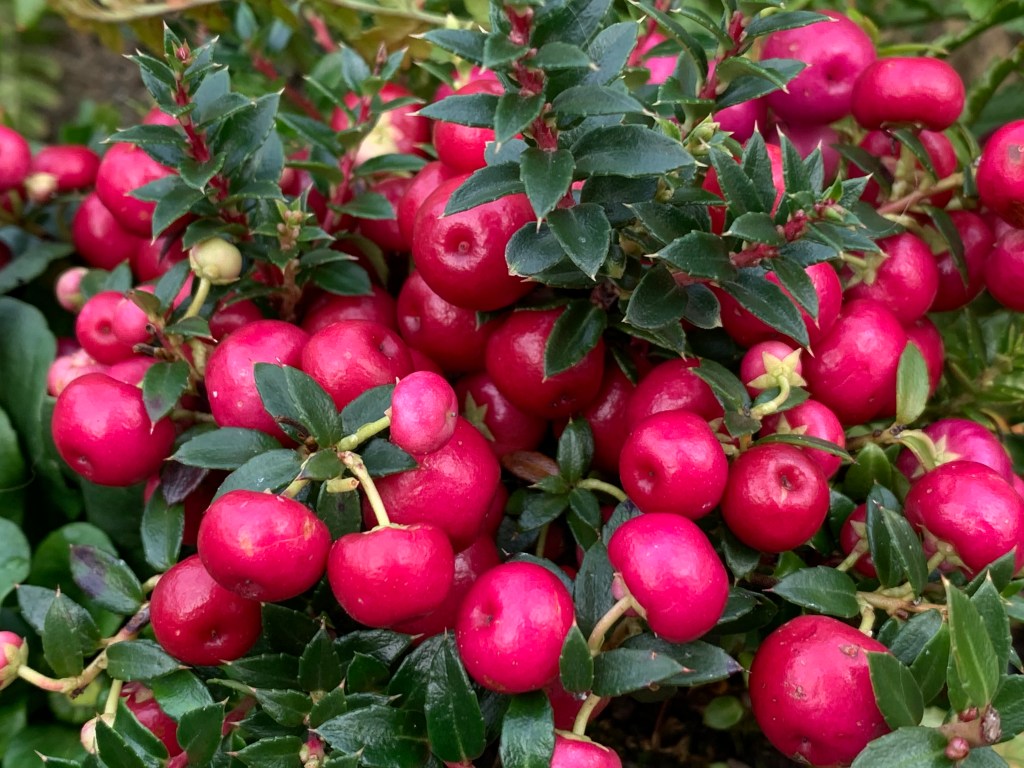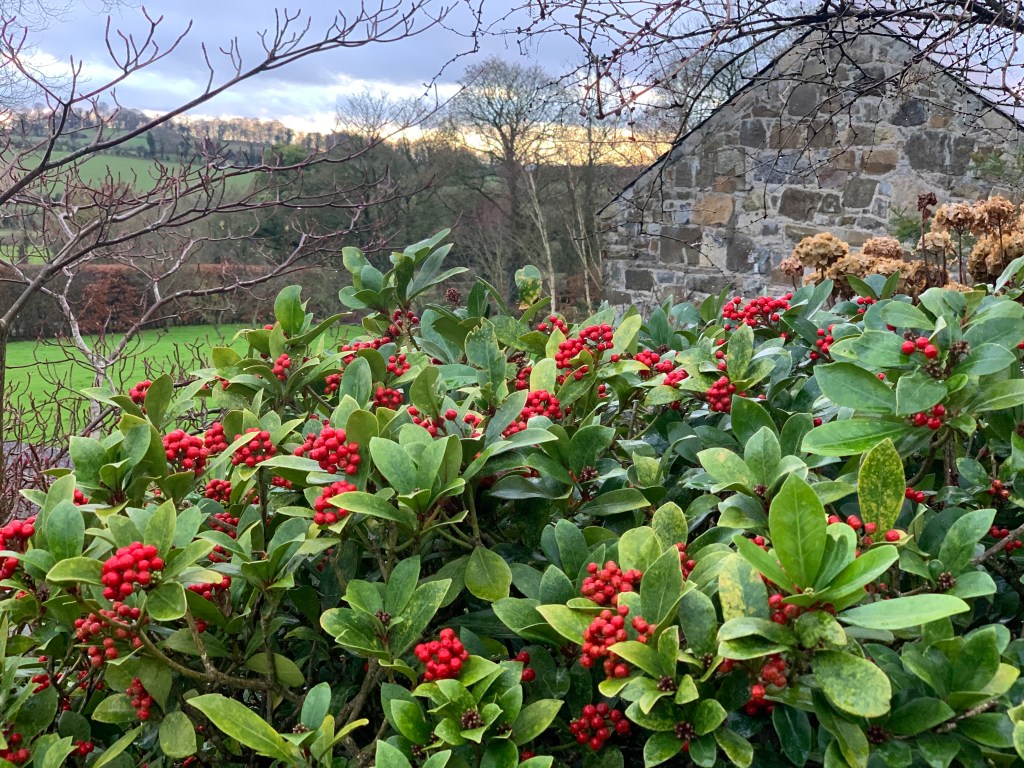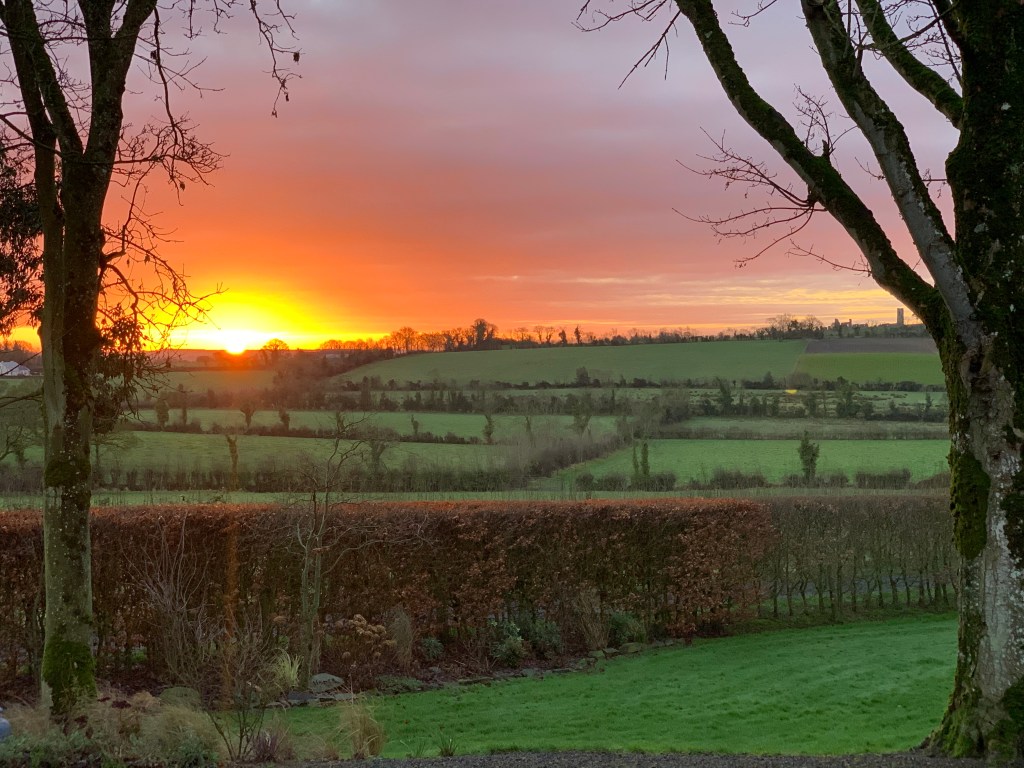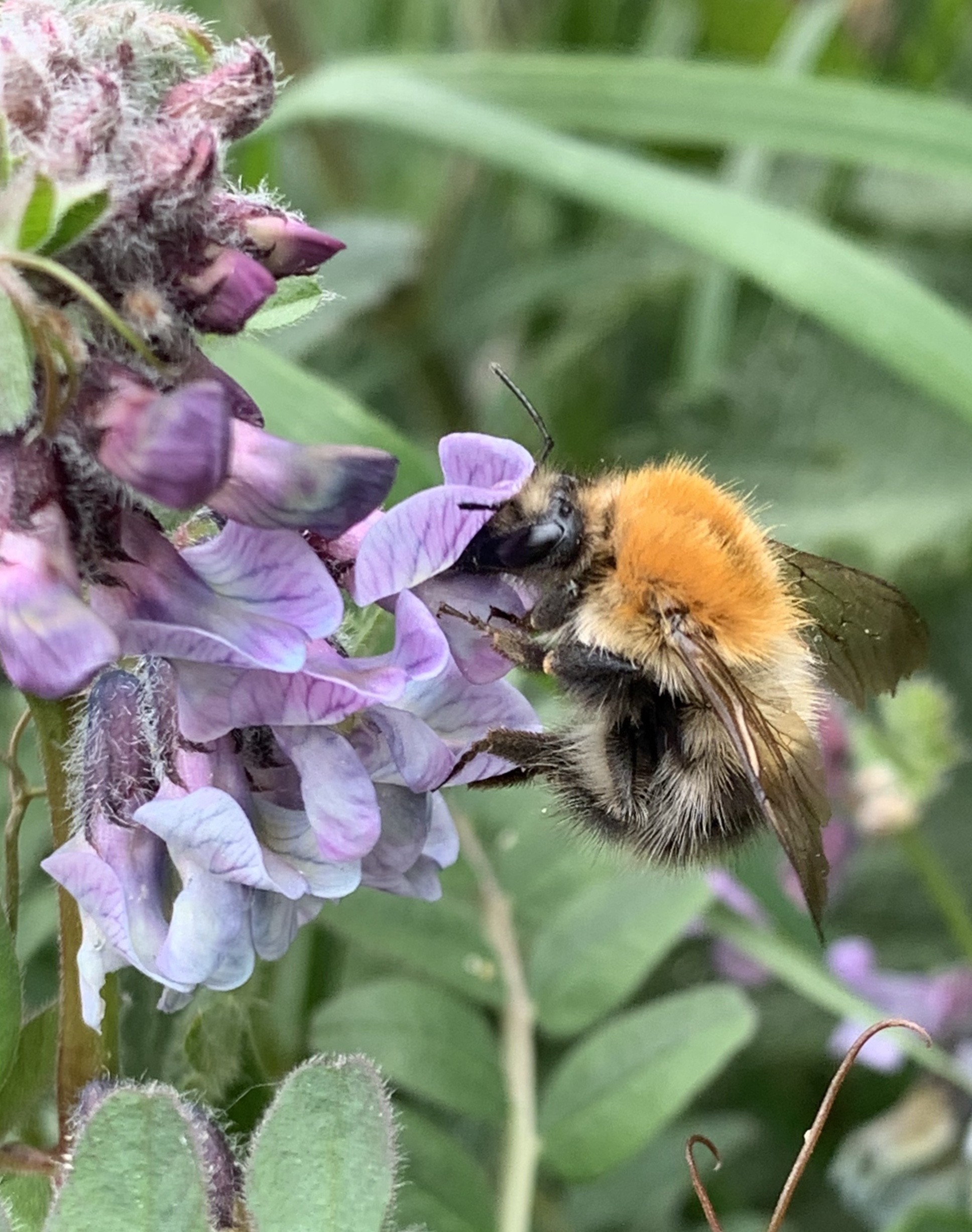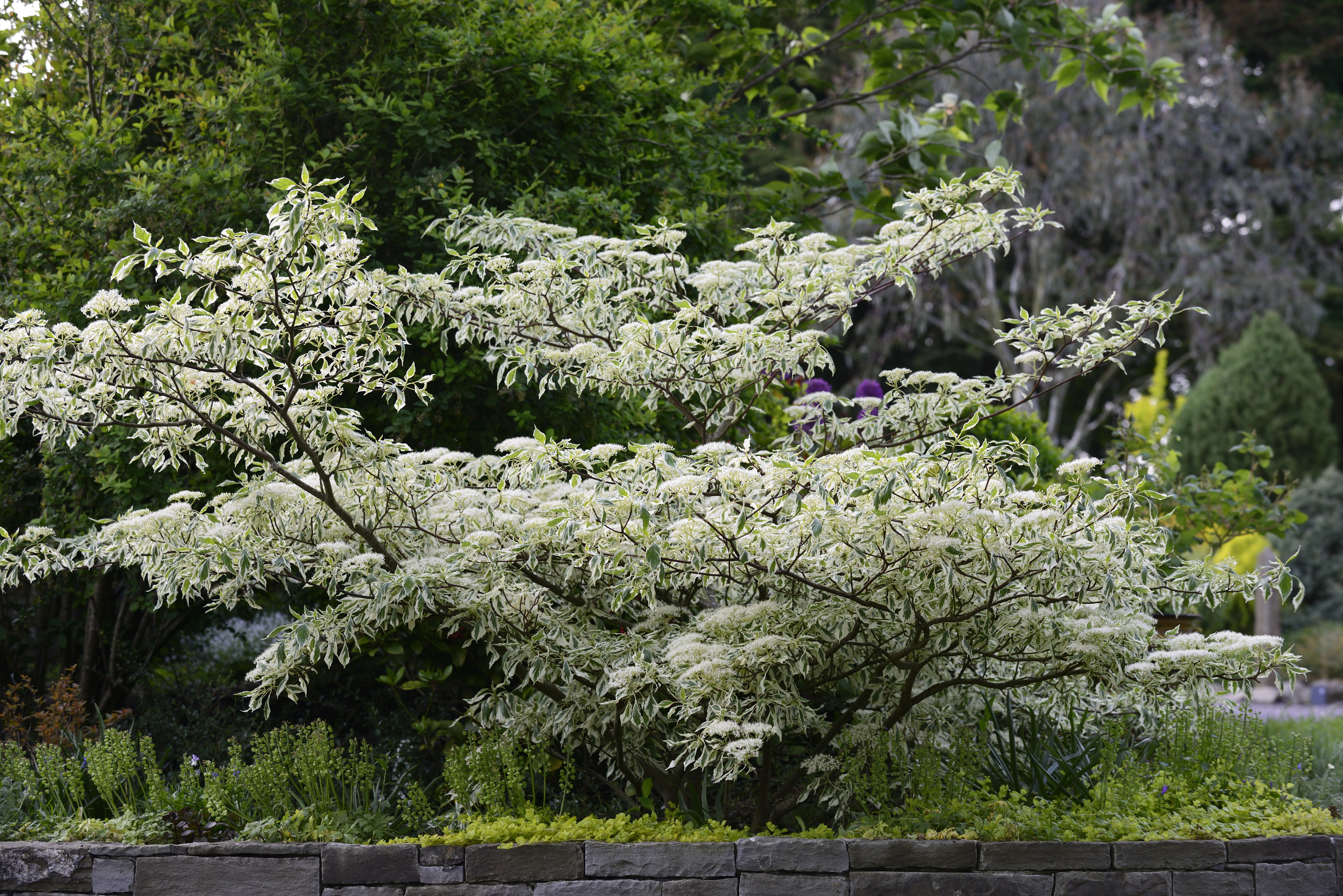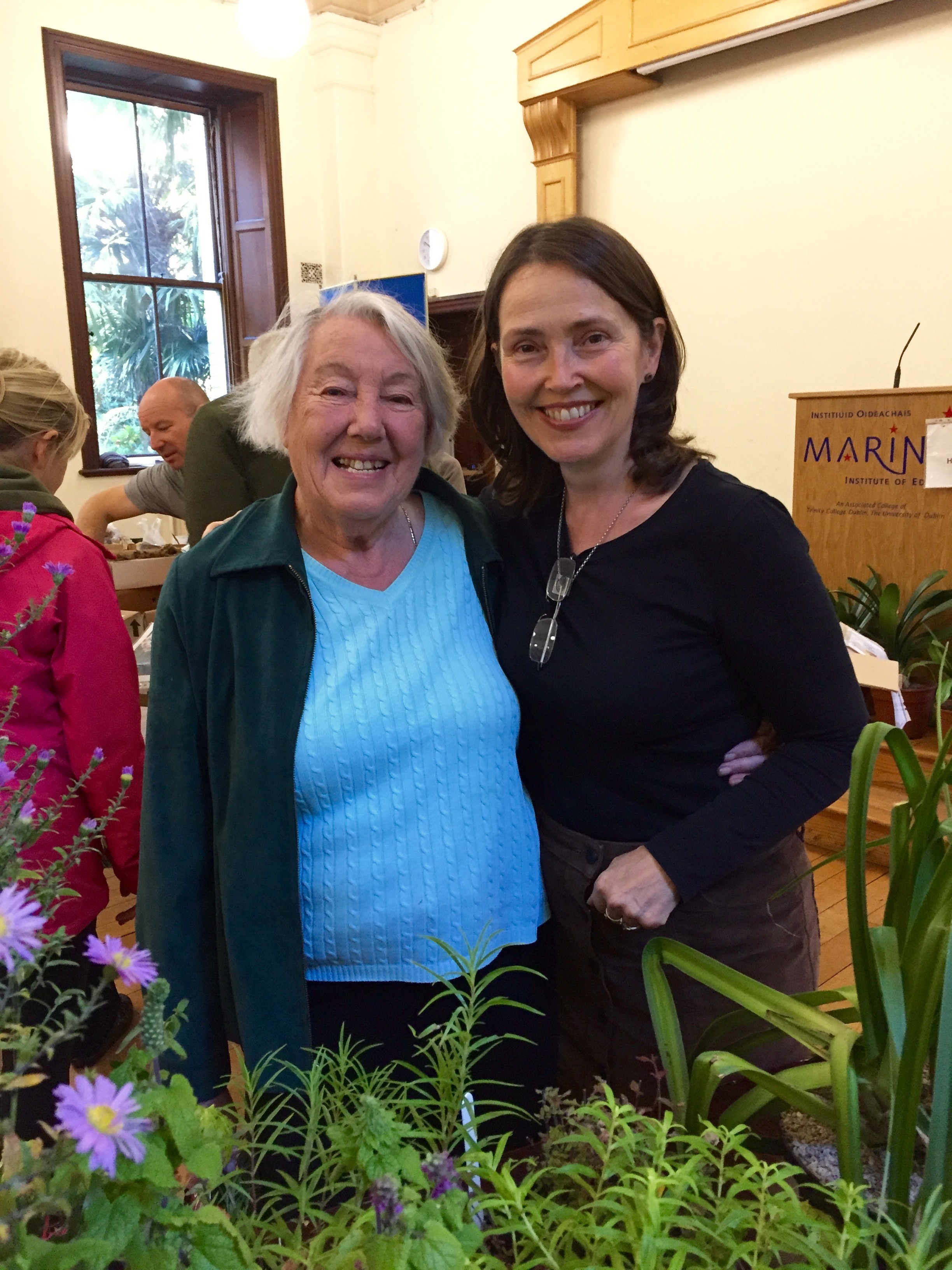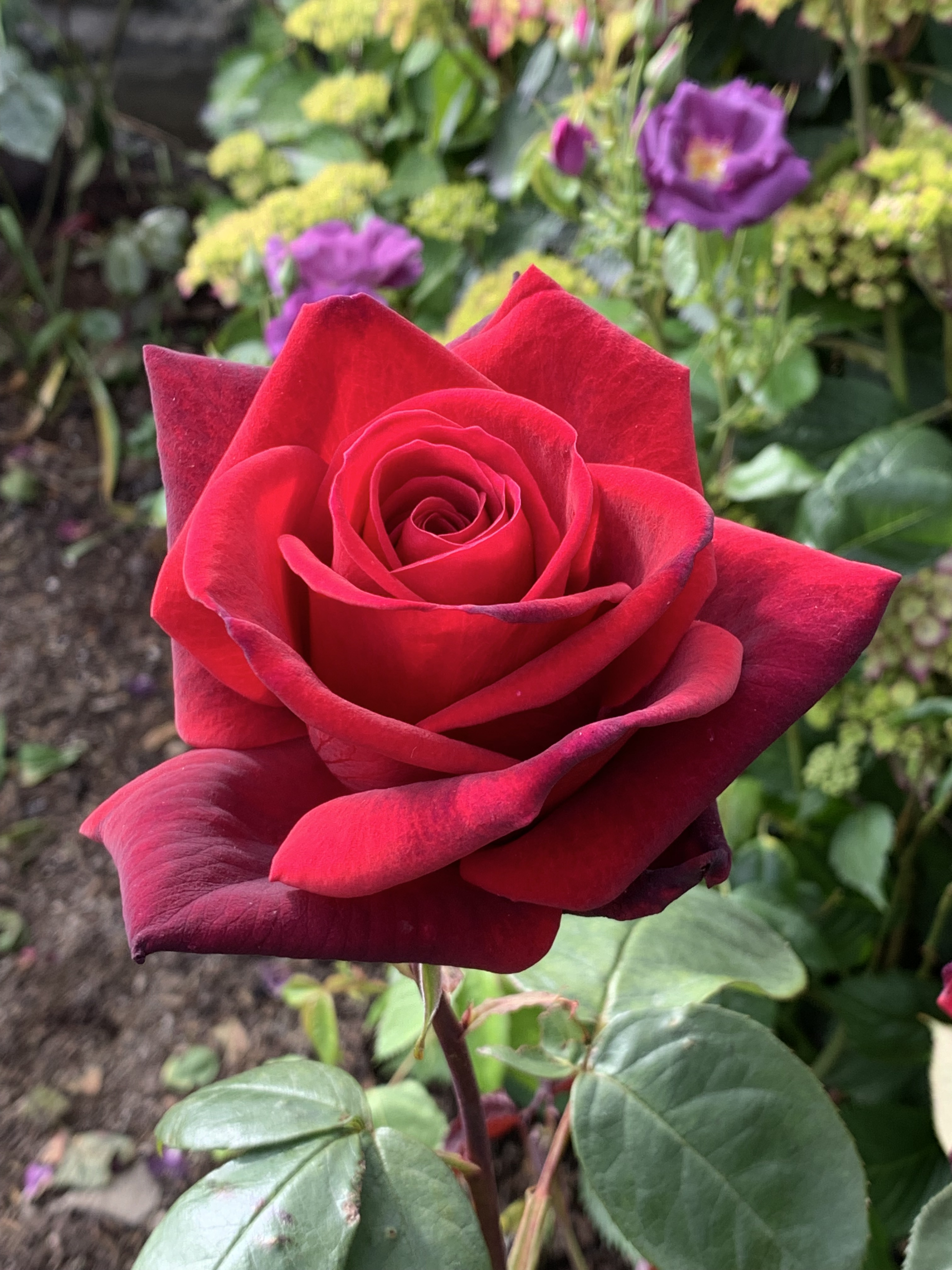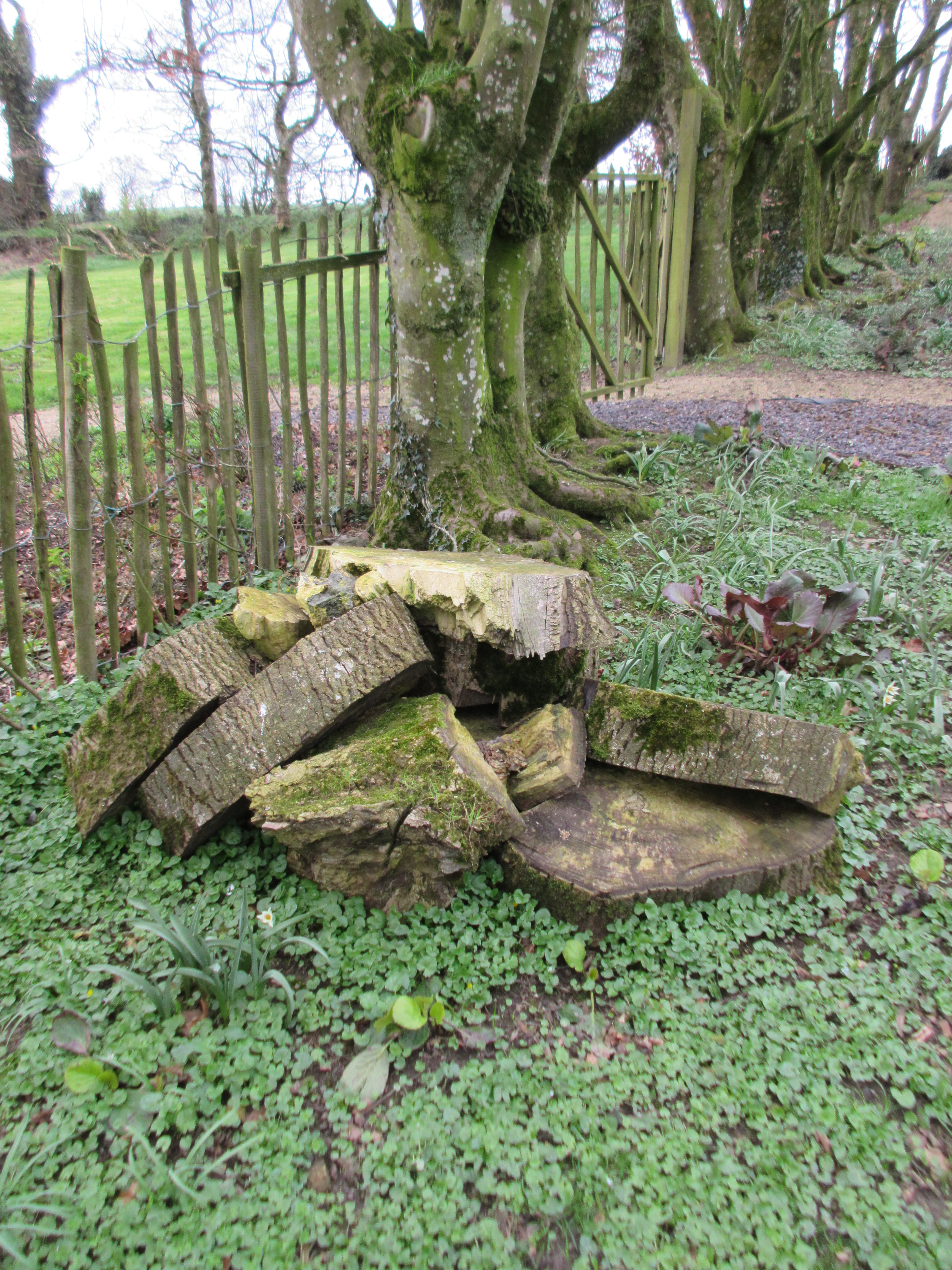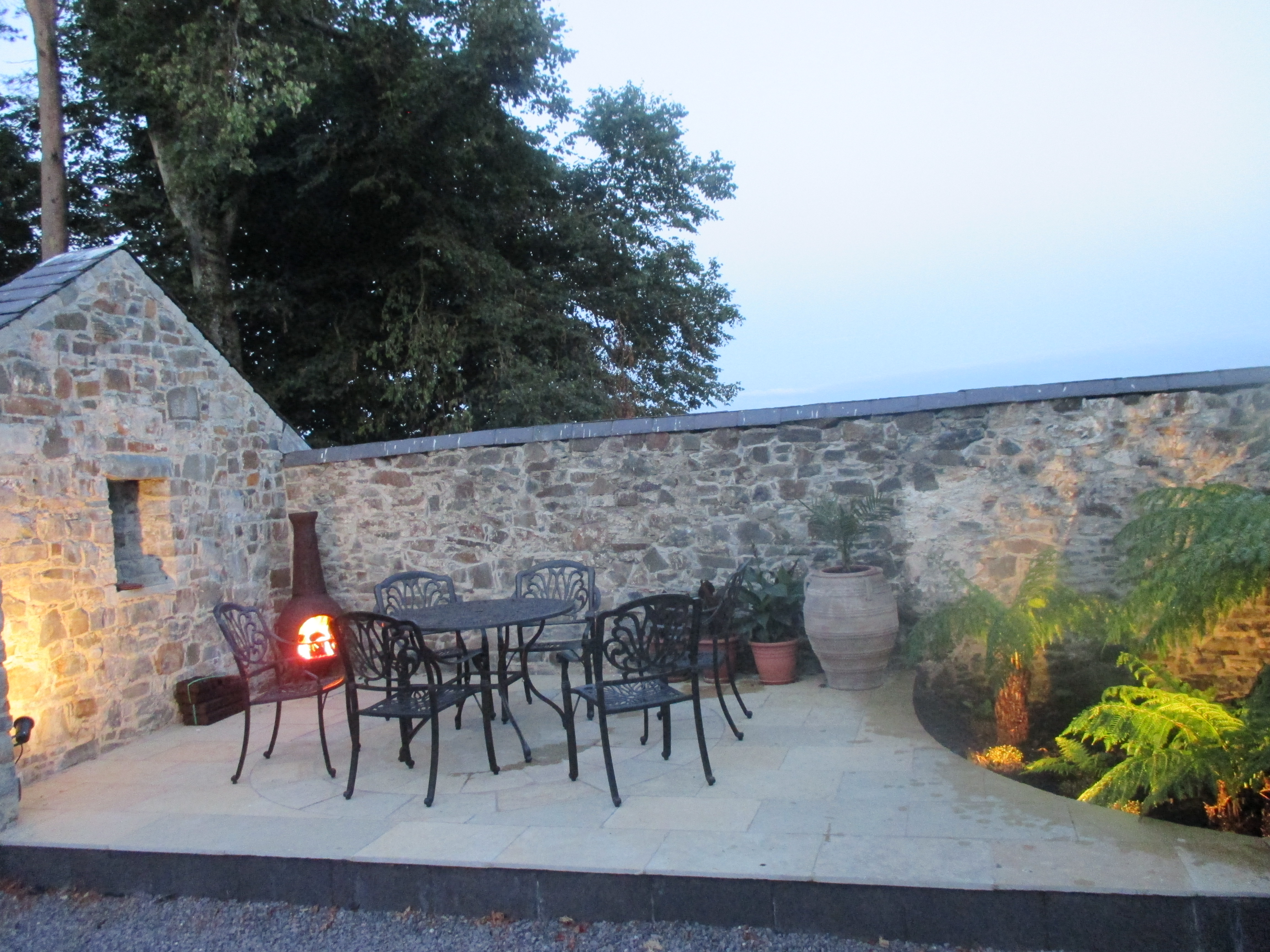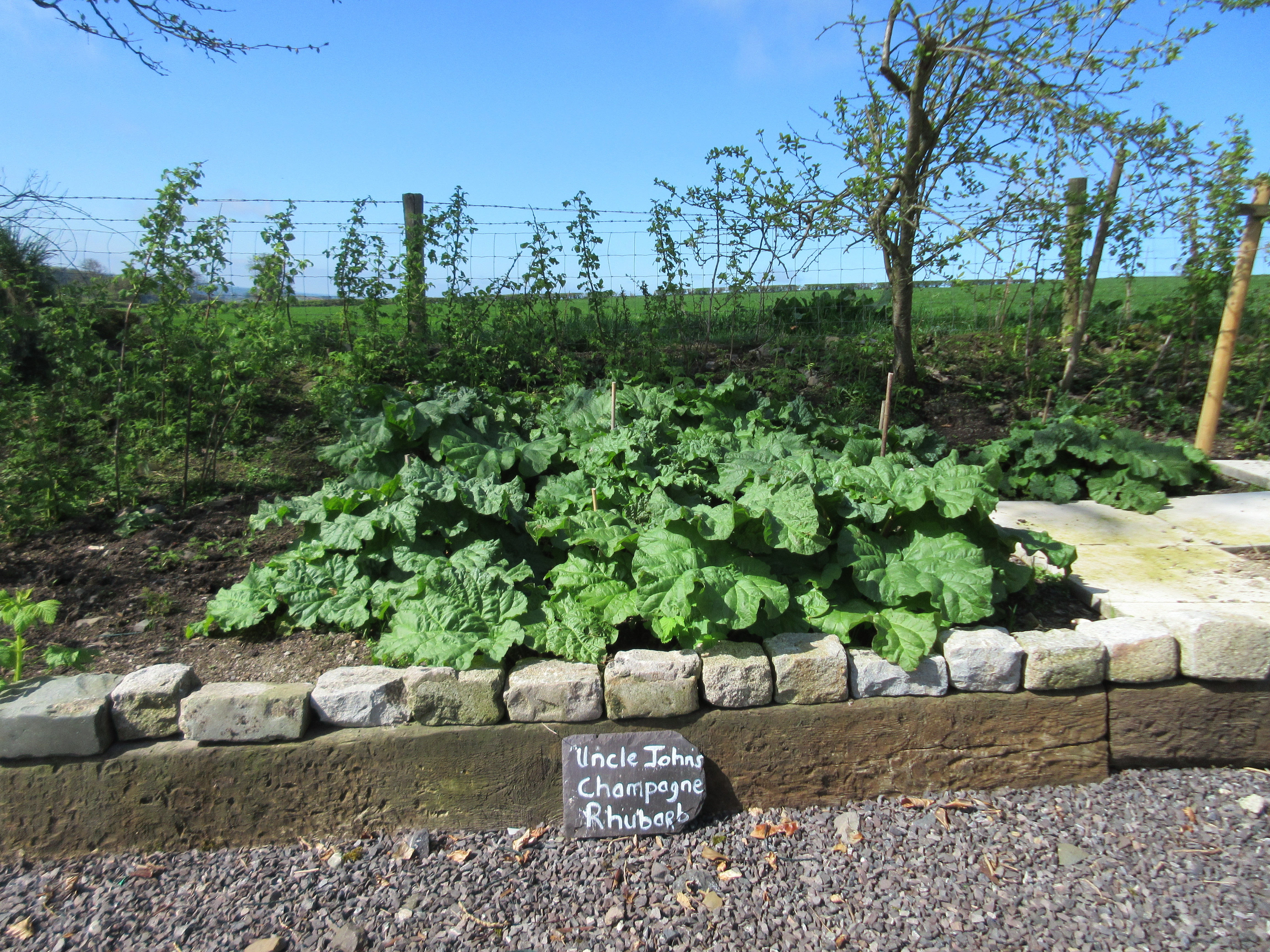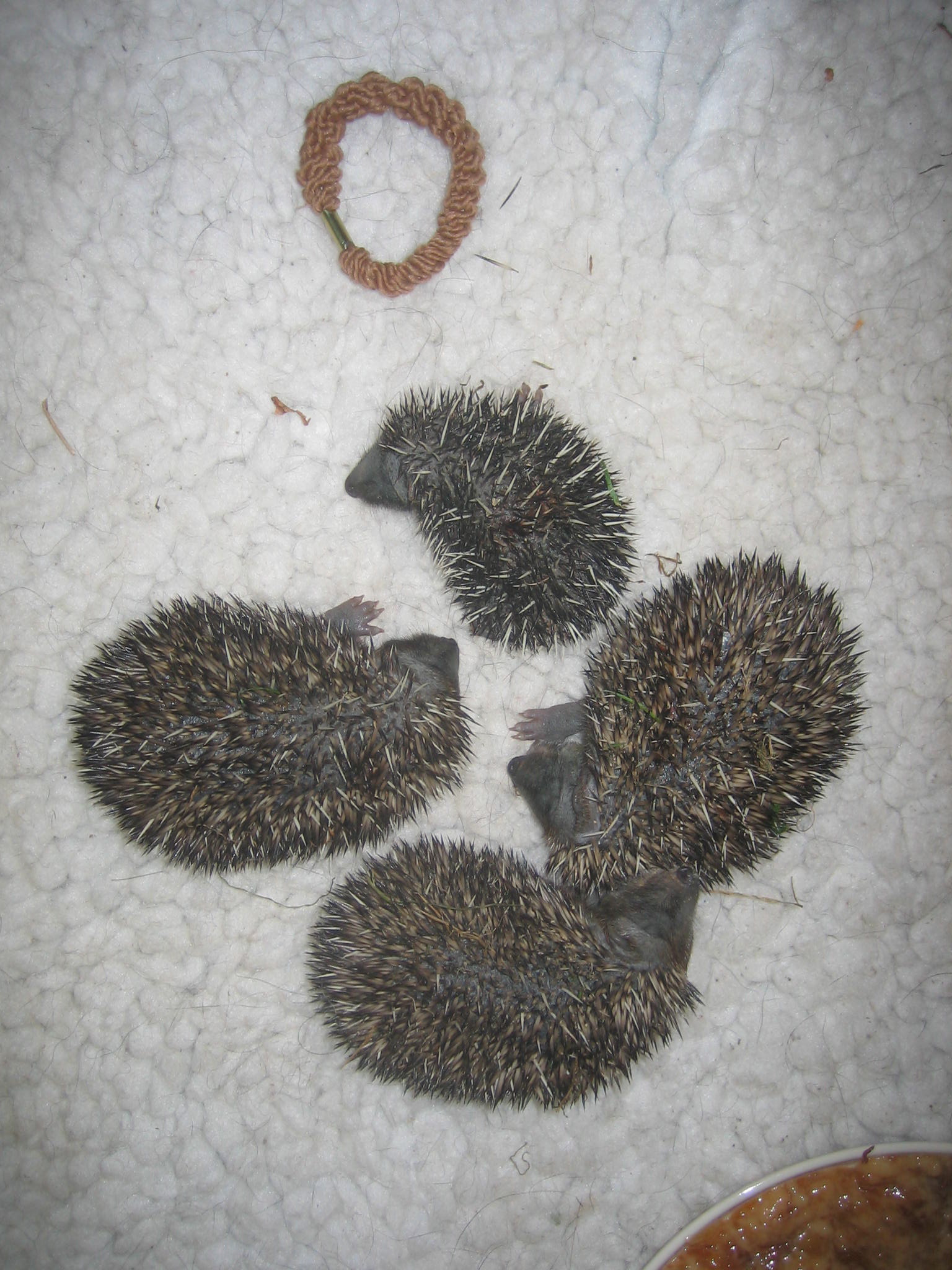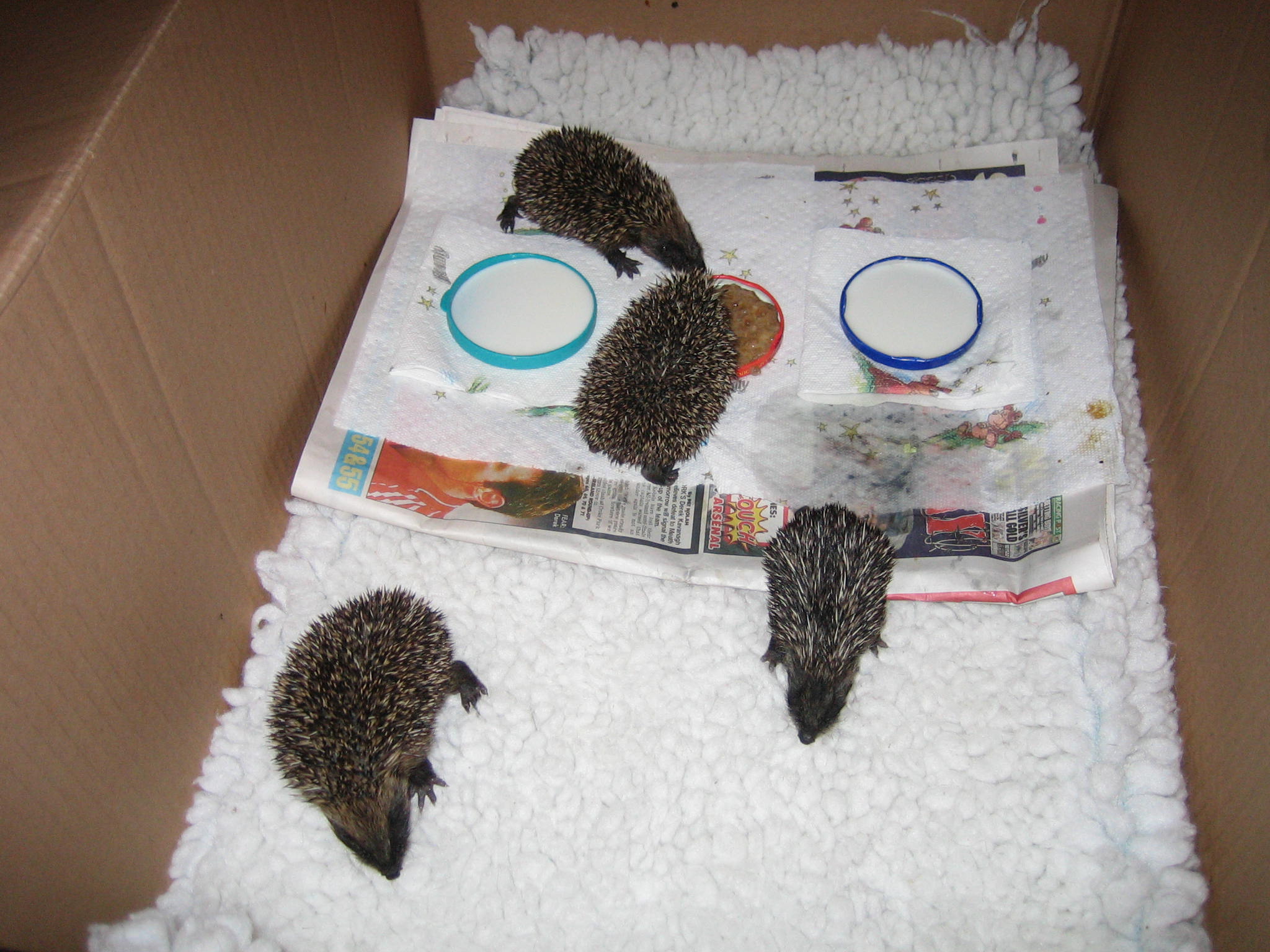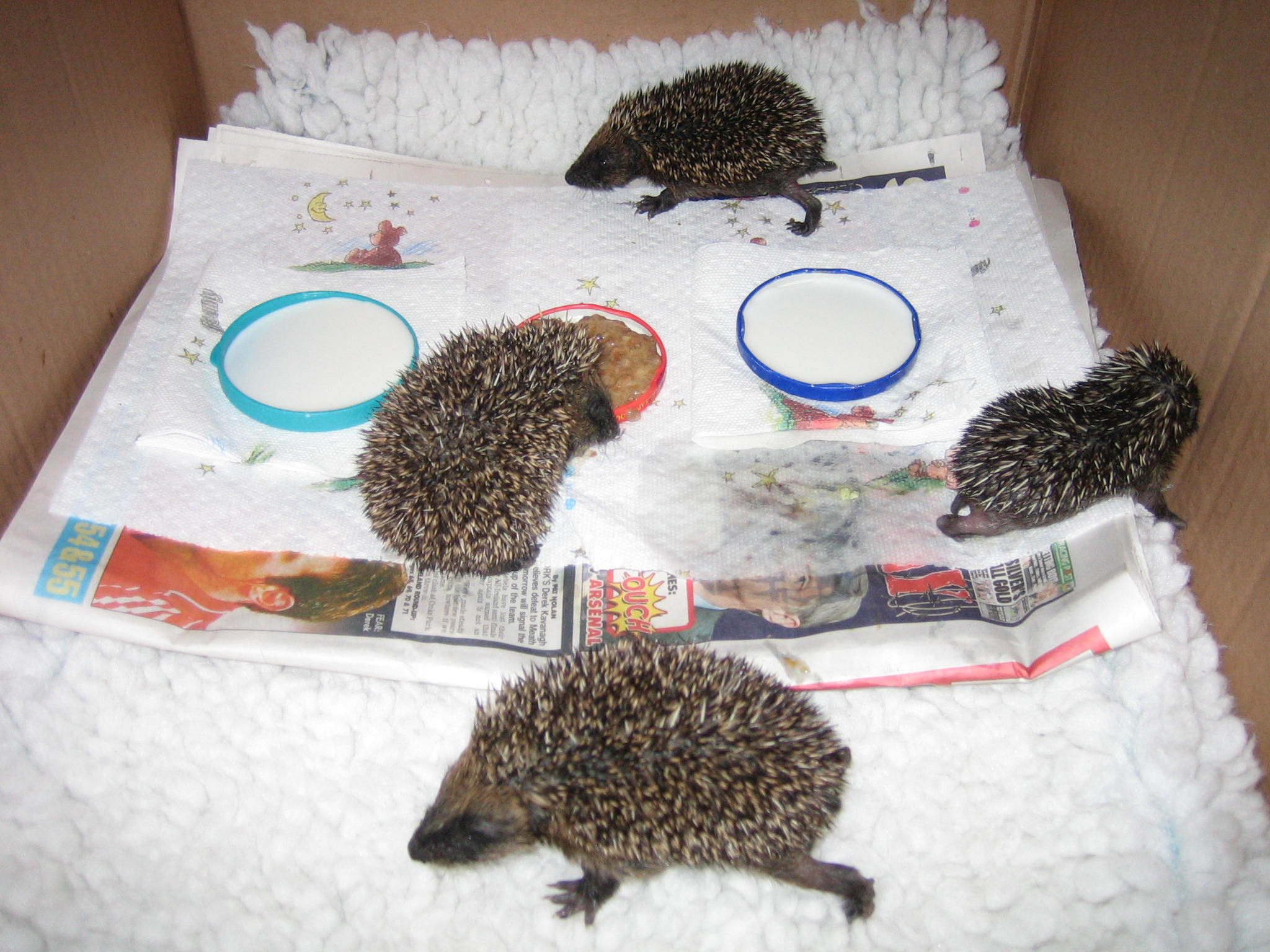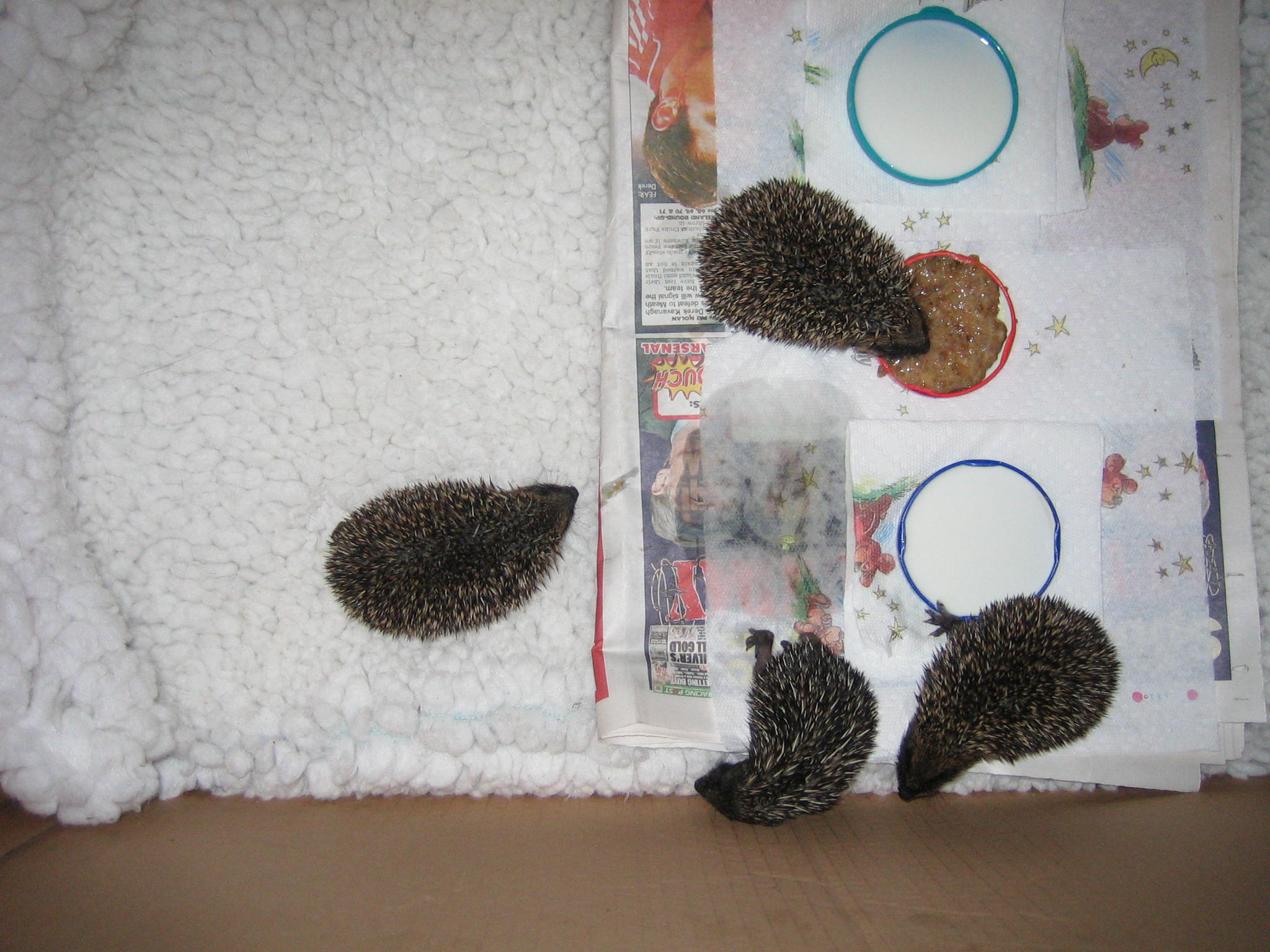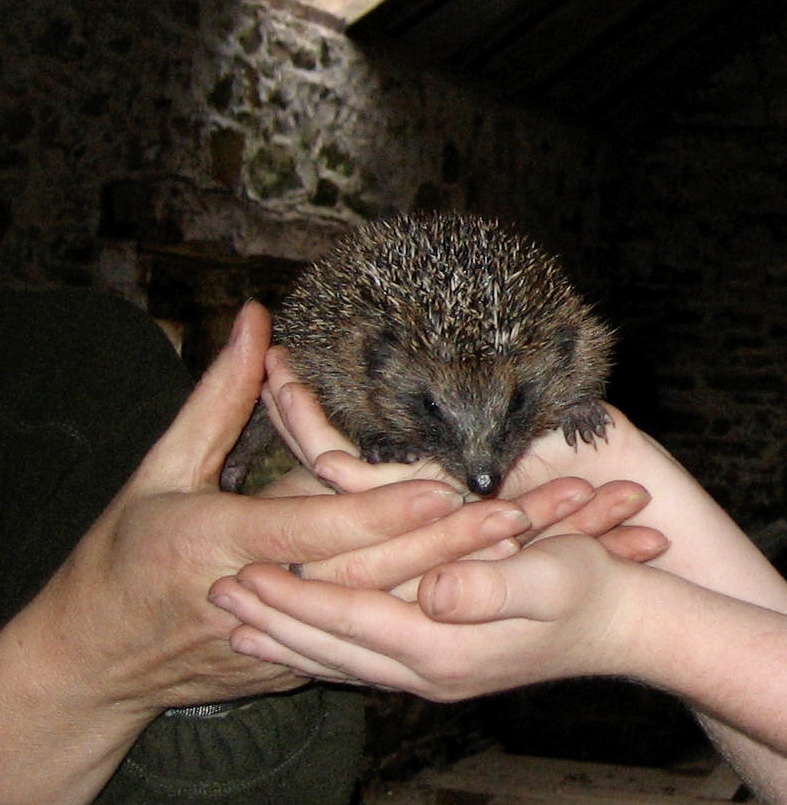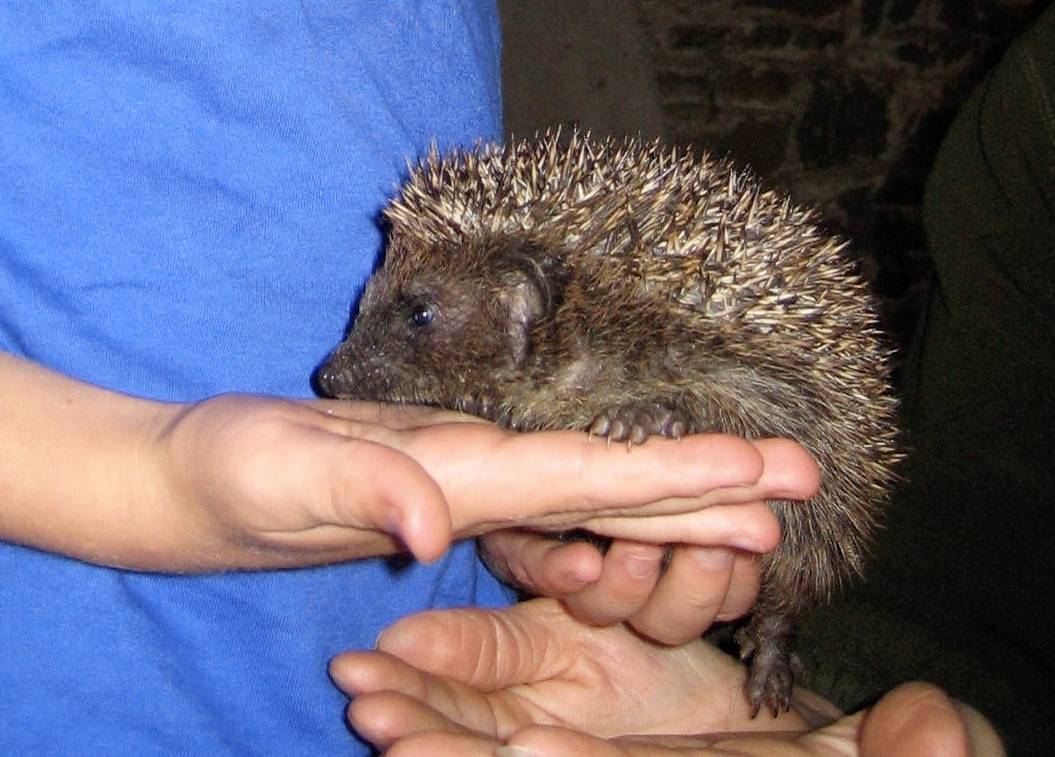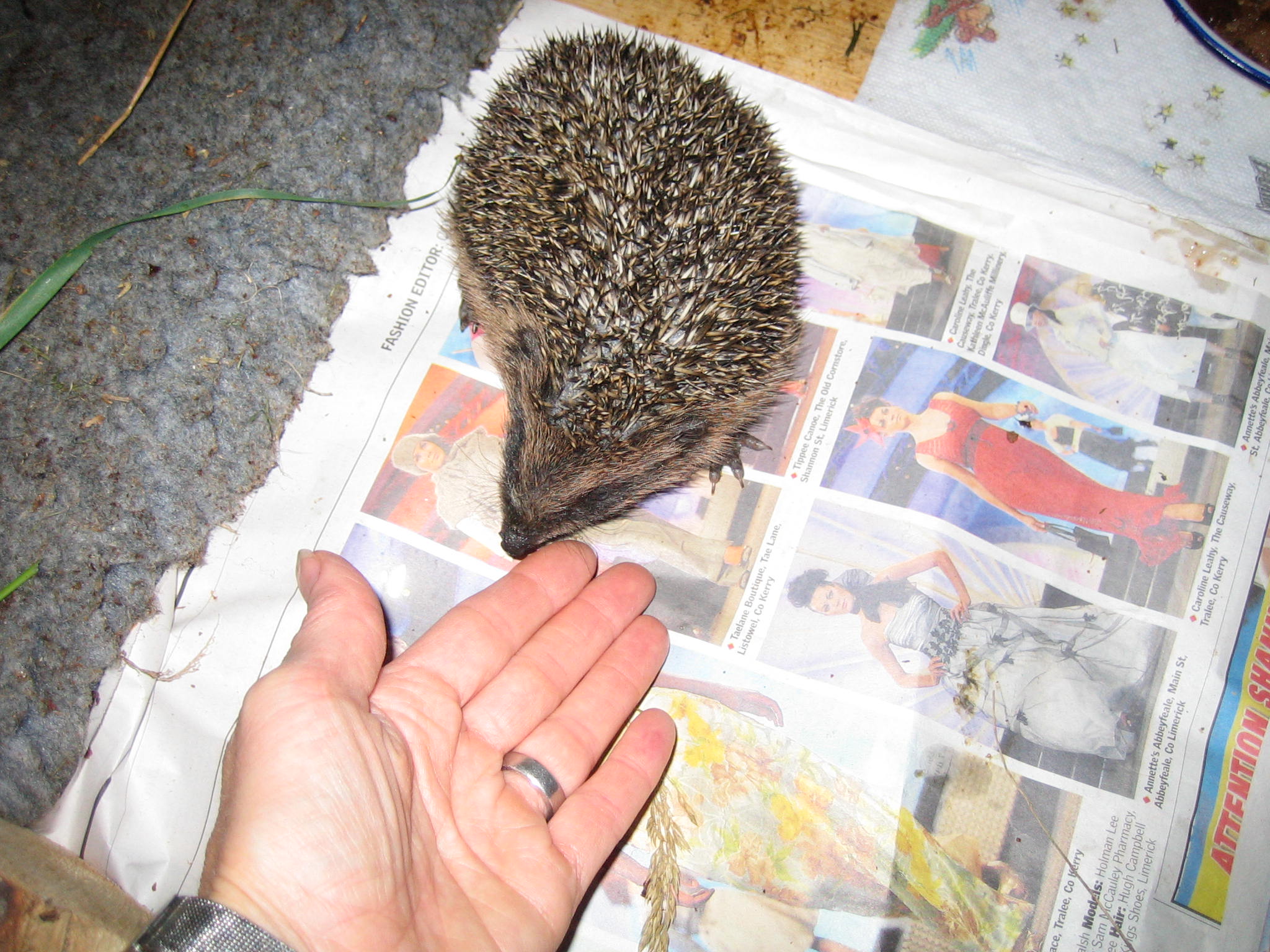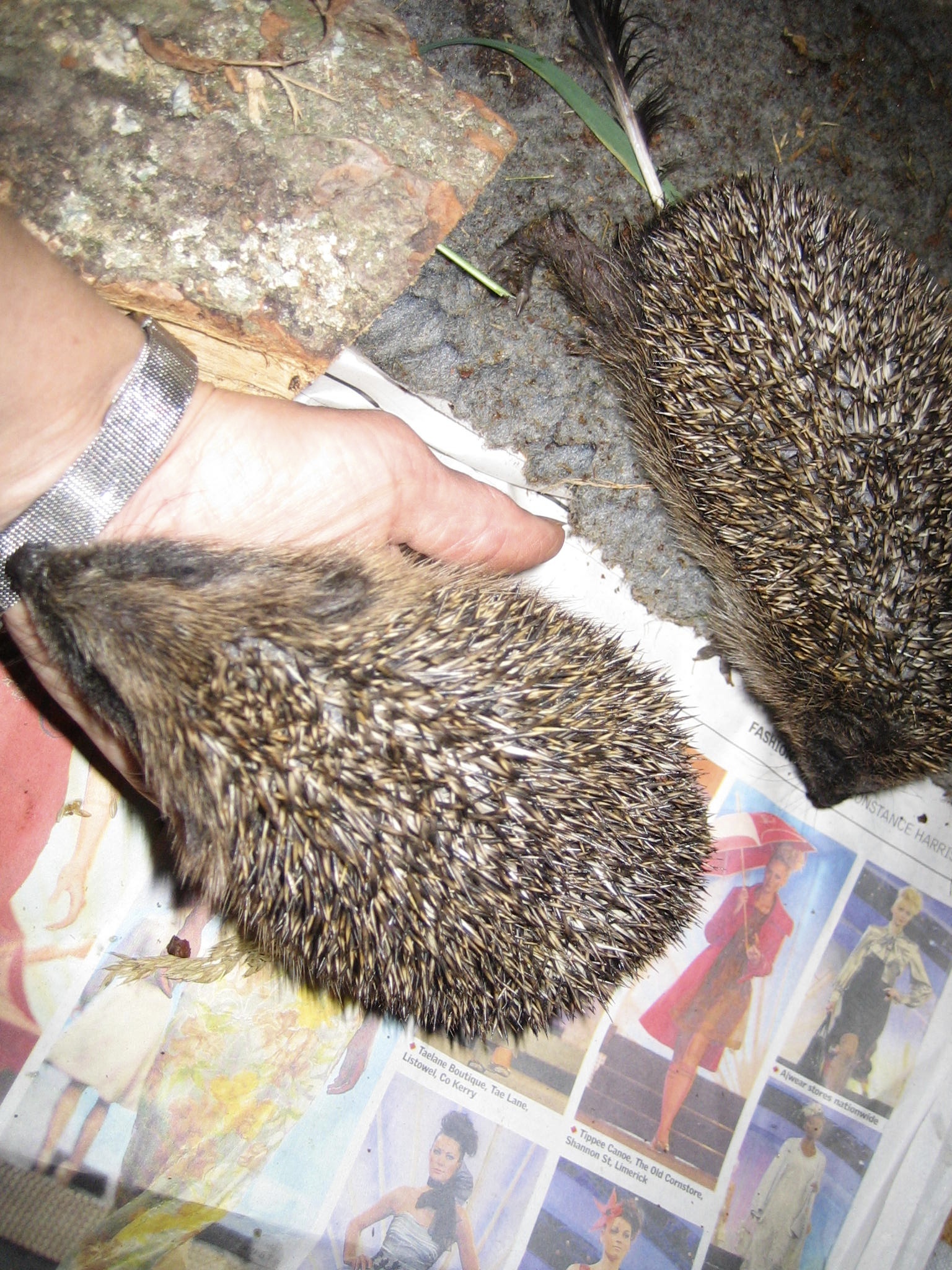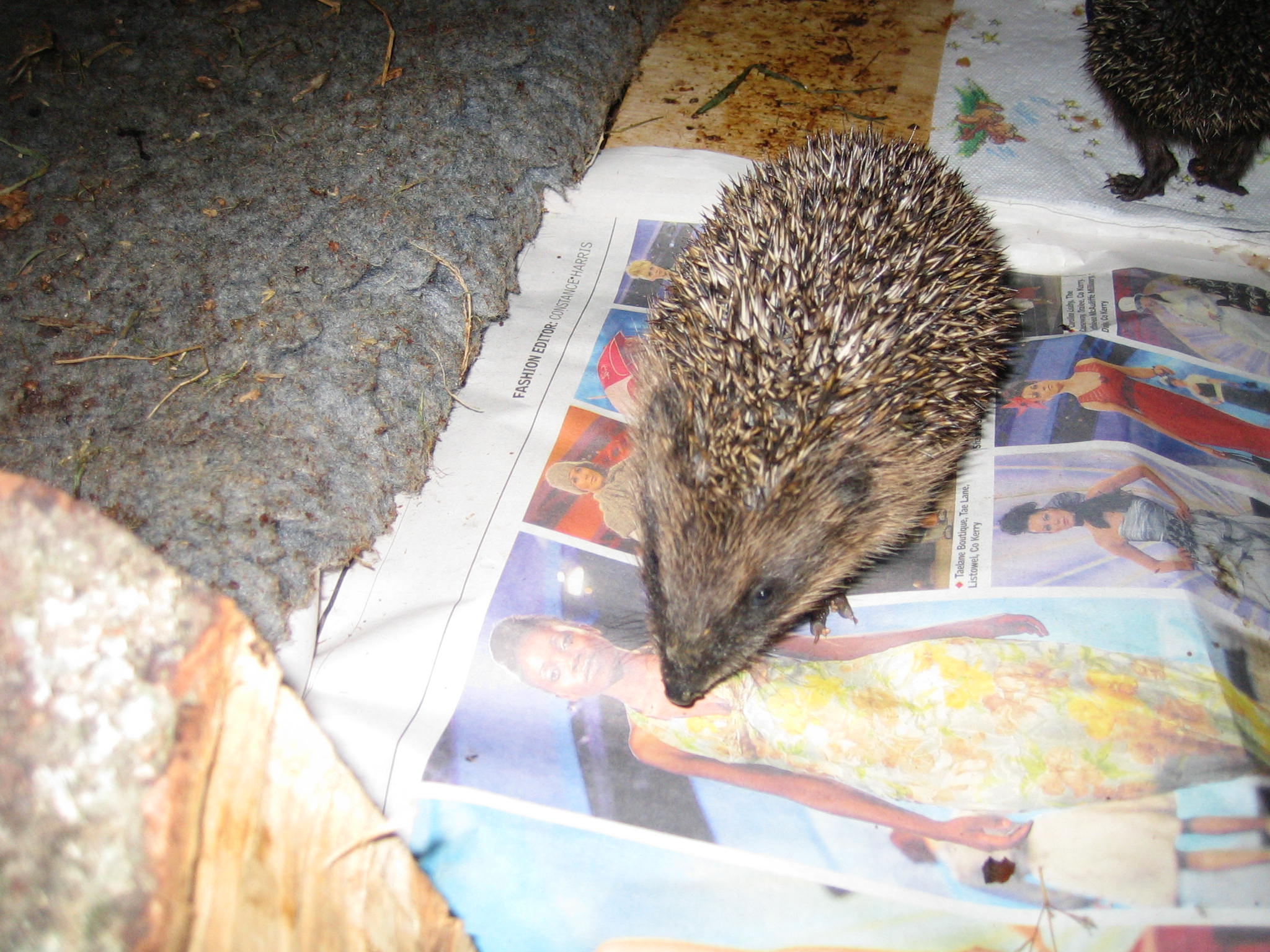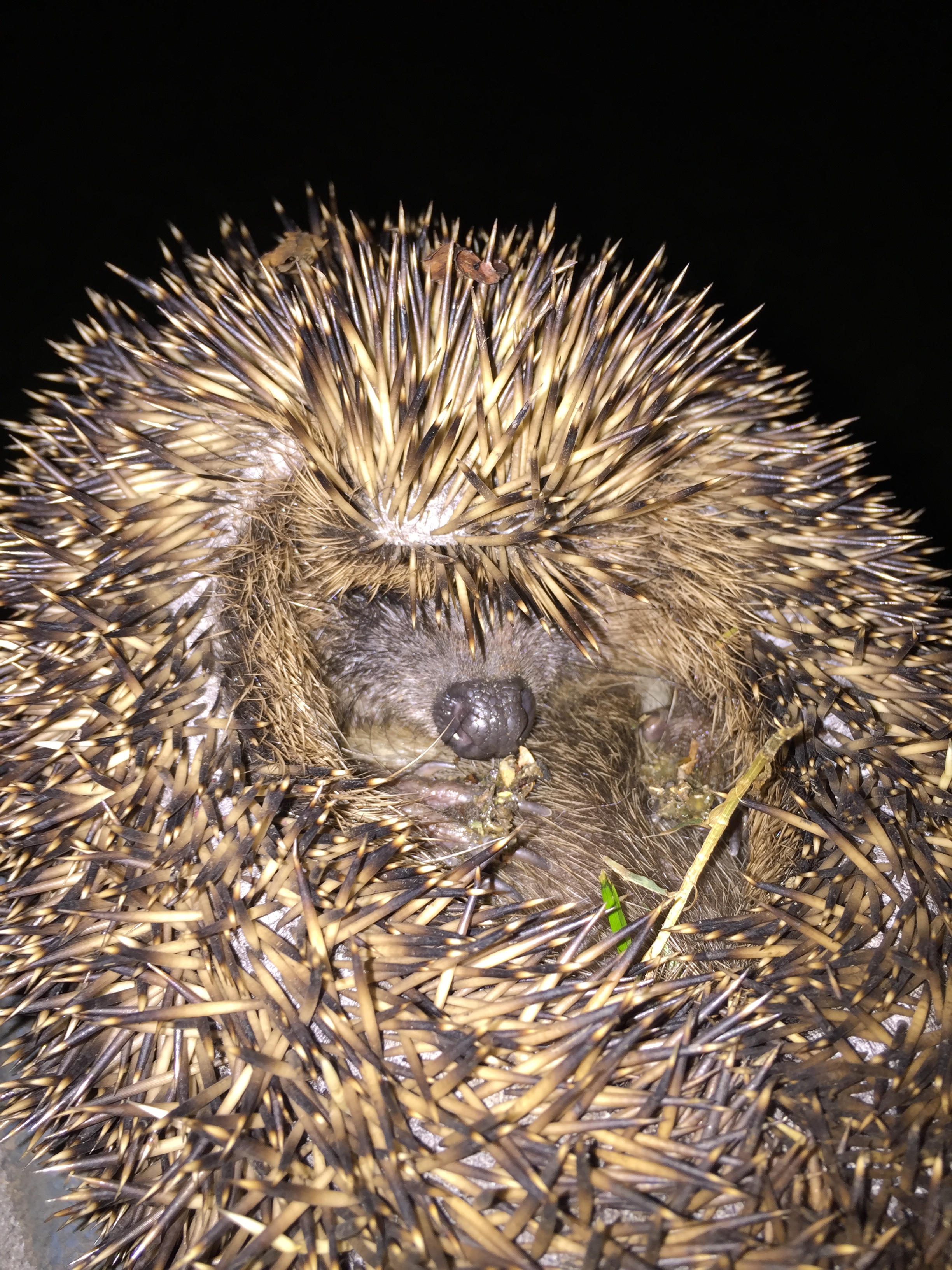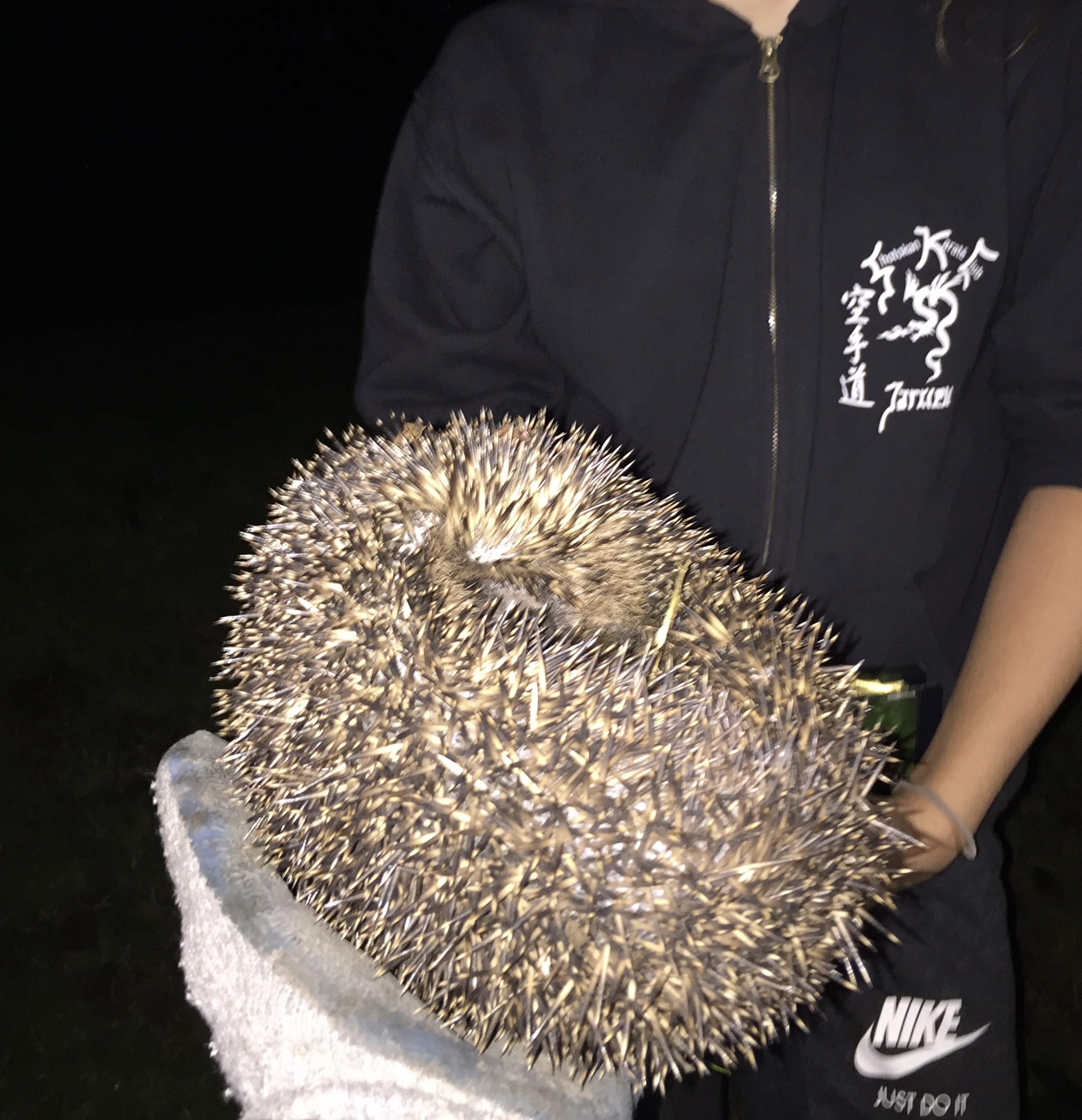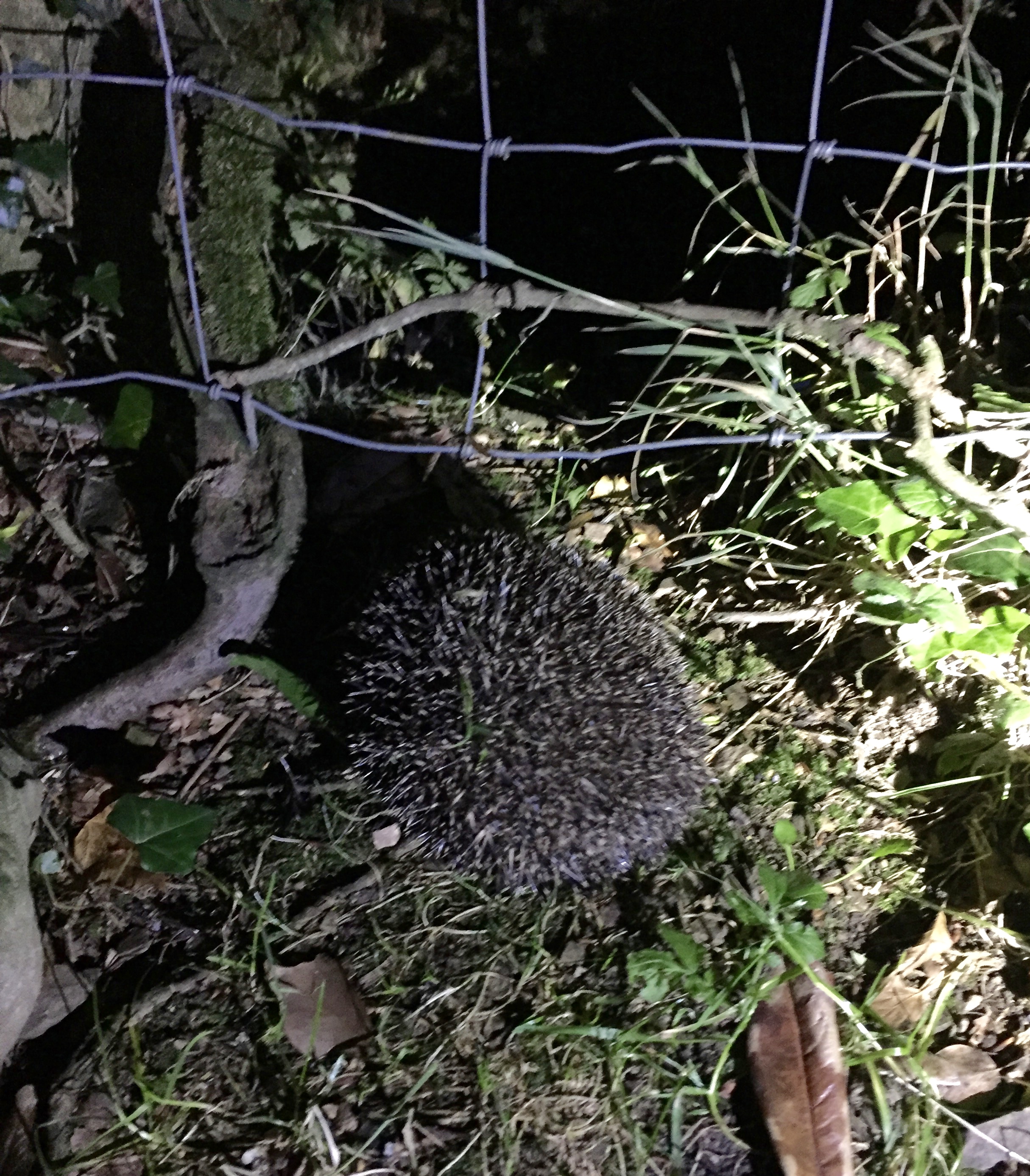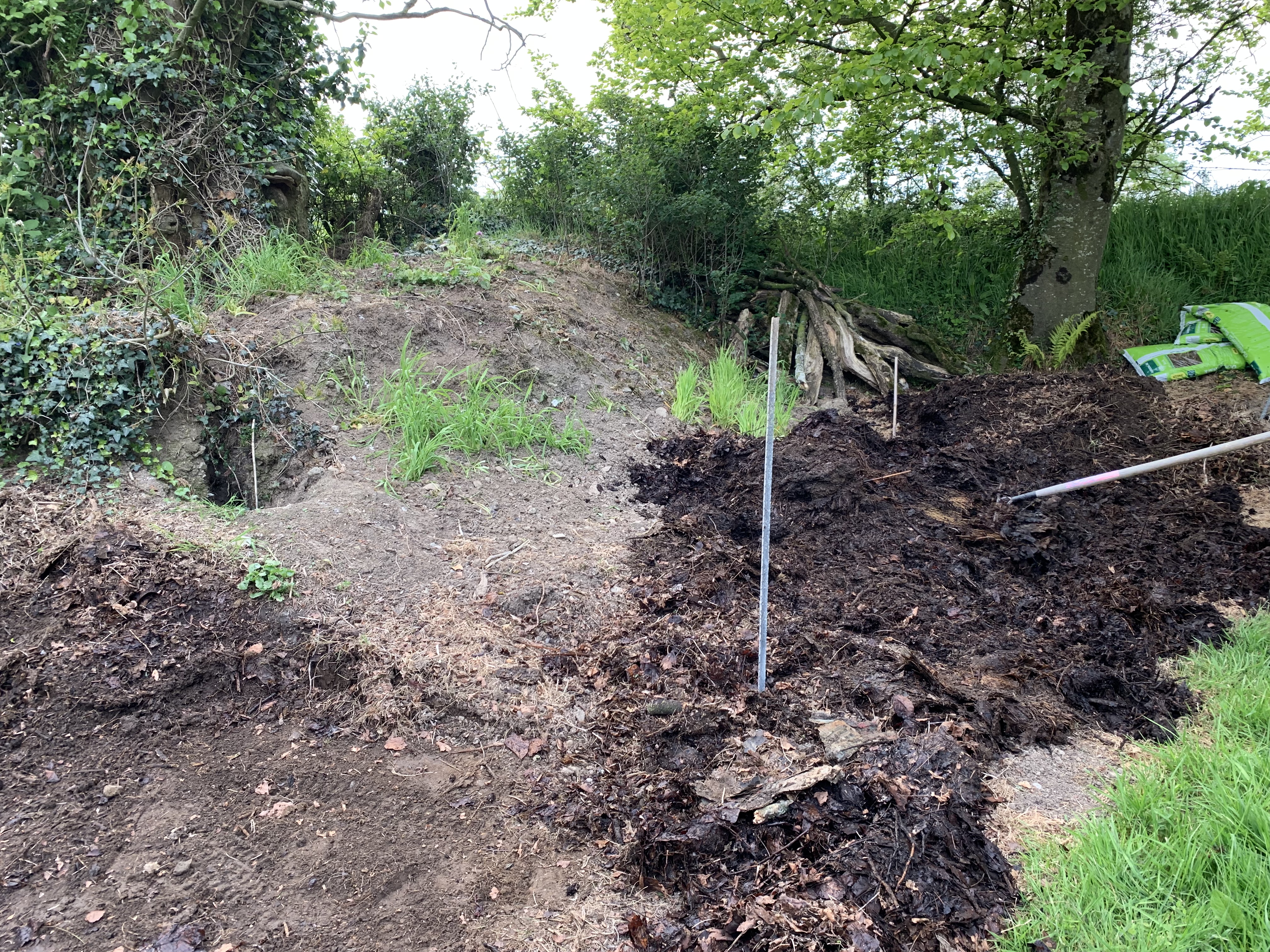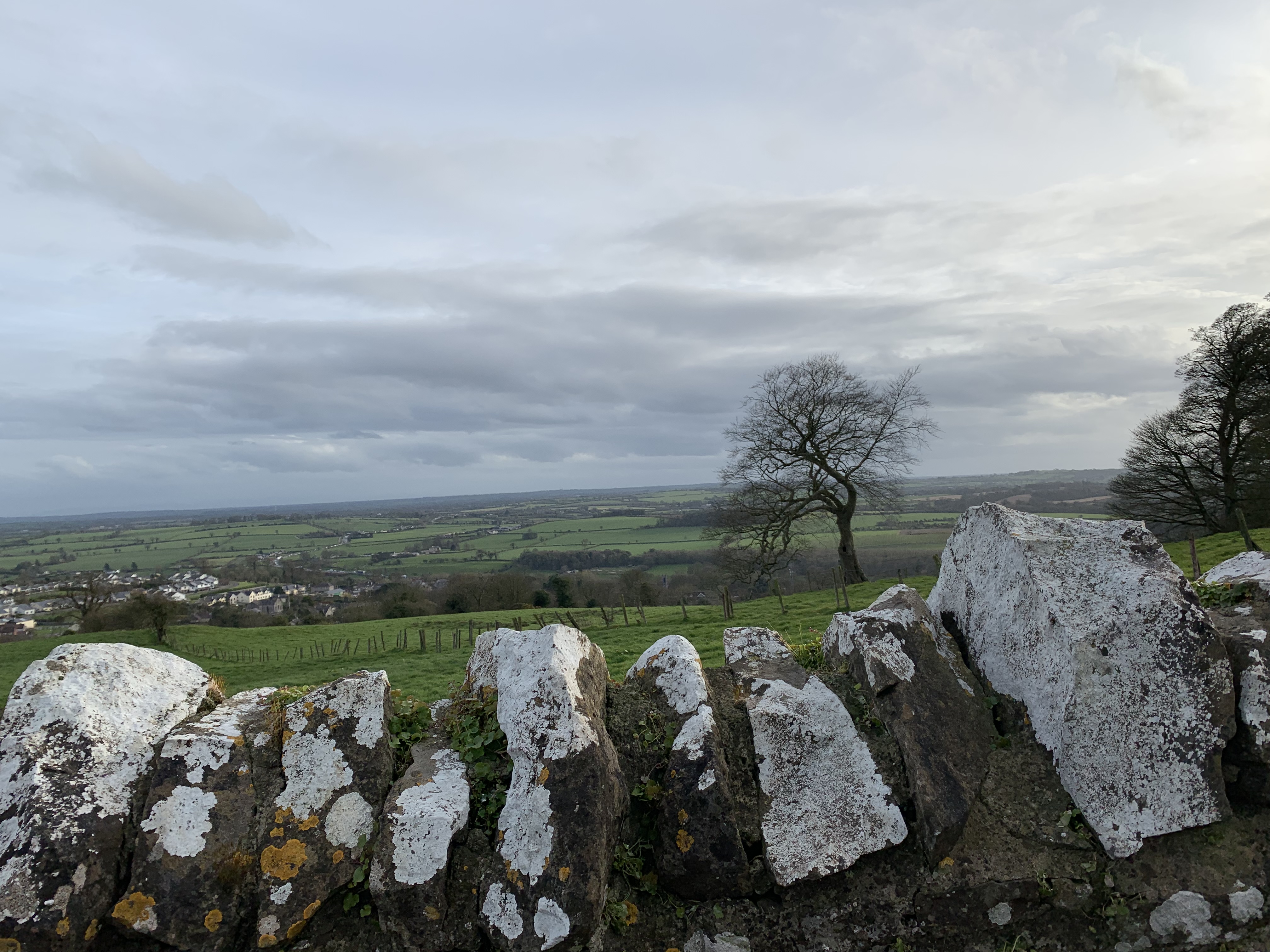I was always fascinated growing up by a large pot that was on my fathers farm. He used it to give his cattle water and it served this purpose for years. When I asked him about it I realised that it was a part of our grim history specifically from the time of what became known as “an Gorta Mor” or the Great Hunger. This huge metal pot was once used to feed hundreds of starving people during the Irish famine of 1845-1852.
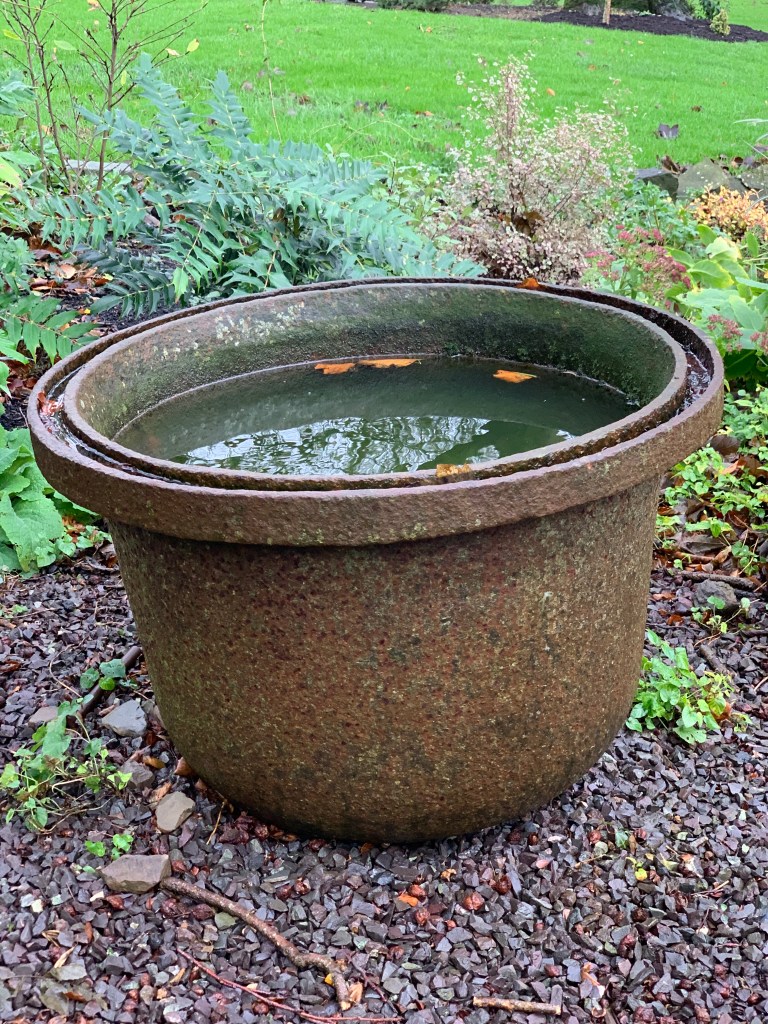
Growing up near an abandoned workhouse the spectre of the Irish famine was always lurking in the background. My father had a deep love of history and always felt an abiding sense of loss for the millions of people who died or emigrated during the famine. Outside our village an imposing stone building was a constant reminder of Ireland’s tragic past. During Irelands famine of 1845-1849 more than a million people starved to death while millions more emigrated on what became known as coffin ships to America, Canada and Australia.
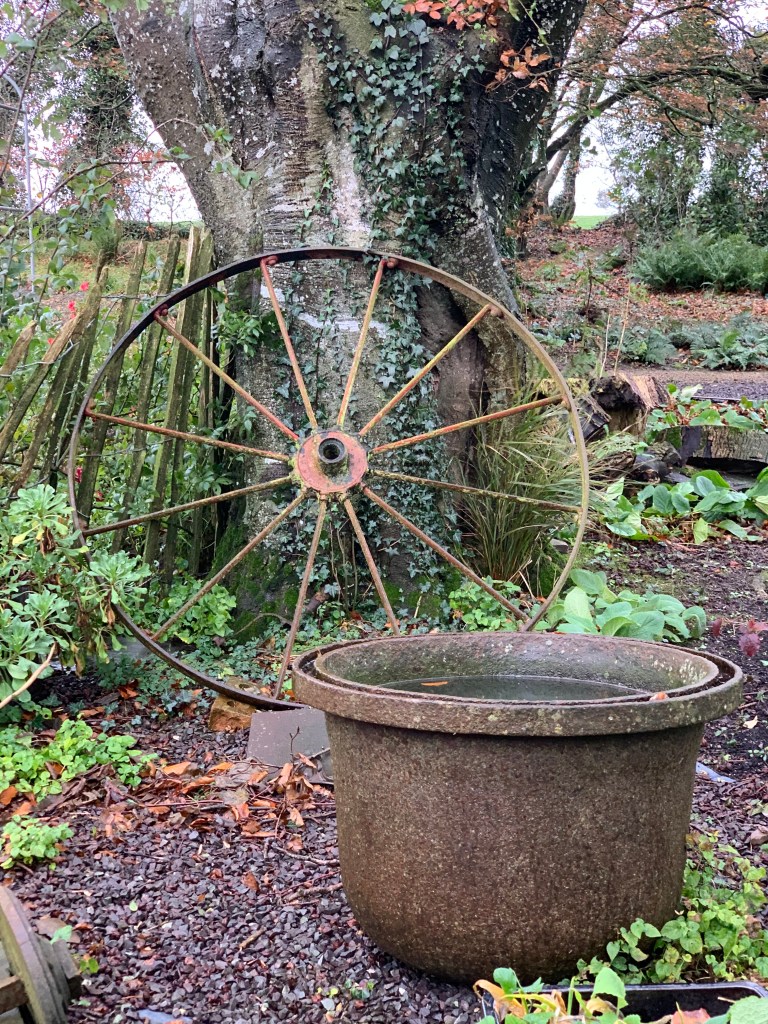
During this time efforts to feed the starving masses were made by a small number of Quakers living in Ireland. They provided 294 big cauldrons which would later be called famine pots to feed large numbers of people in soup kitchens. Quakers in Ireland, England and America all donated pots as did the Sultan of Turkey . The then Sultan of Turkey sent 1,000 pounds in aid and 5 ships containing provisions. These docked in Drogheda and were offloaded by Ottoman sailors.
The enormous pots were made of solid cast iron and were used to hold soup or stirabout as it was called. This was an attempt to feed 8 million people affected by famine caused by the failure of the staple diet of potato crops in successive years. The workhouses were feared and hated by the Irish but with hunger driving millions to emigrate those remaining had little or no choice to join the thousands who were fed a thin gruel daily. These huge pots fell out of use after the famine ended in 1852 and many were used by farmers to hold grain or water to feed animals on farms dotted around the country . (There’s a very good website with further details and history which I reference at the bottom on the page.)
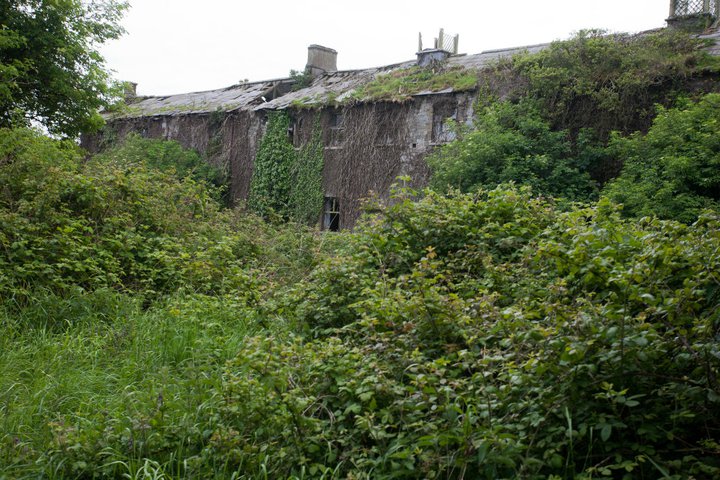
Dad had always talked about the graveyard and how he wished they could do something to commemorate the dead and mark the place where such tragedy occurred .
Many years ago he was one of the founding members of the Dunshaughlin Historical society and with that like minded group he got his wish. They began to tidy up the graveyard and rid it of the worst of the brambles and weeds. They sourced and erected a statue with a plaque to commemorate those who died there. Every year prior to the national Famine Commemoration Day which is usually held in May, groups of volunteers gather and cut back the previous years growth and prevent it from being totally reclaimed by nature. Pre Covid the local priest came to lead the volunteers in prayers for the dead and to bless the graves. This was followed by a get together for tea and a talk on the famine in the local pastoral centre. Below is a photo of the statue and the sign outside the graveyard which was made using beams from the workhouse.
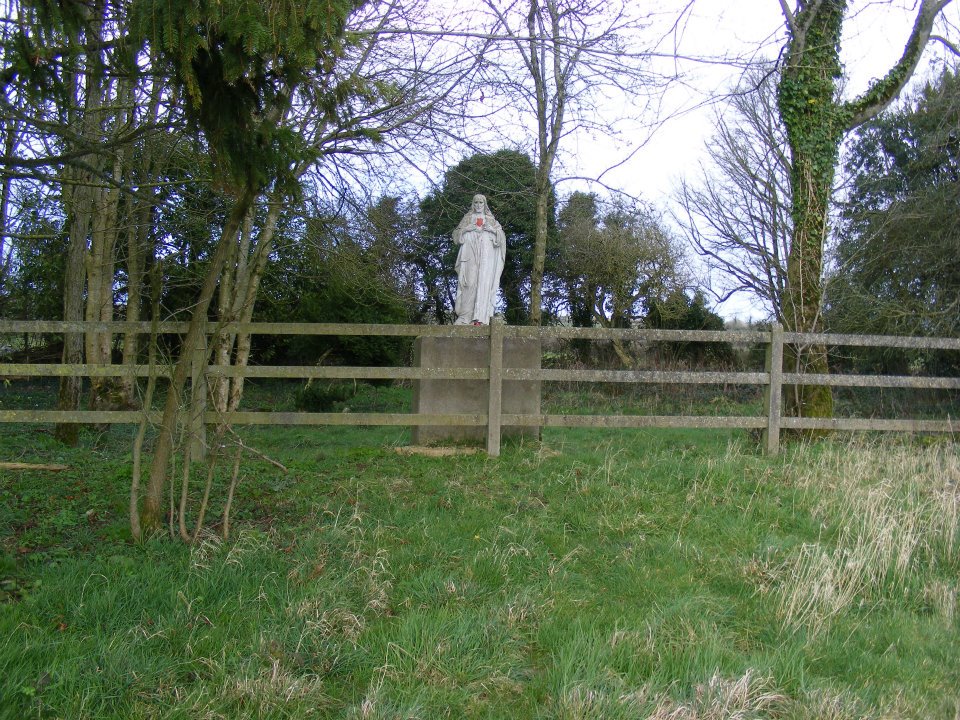
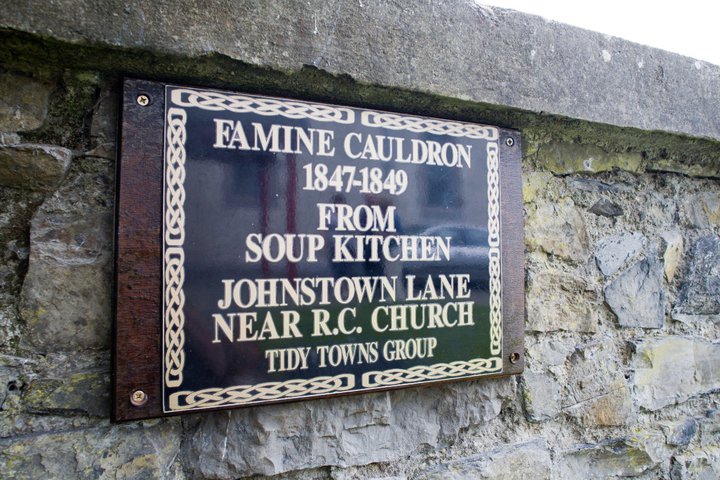
Sign in the RC Church 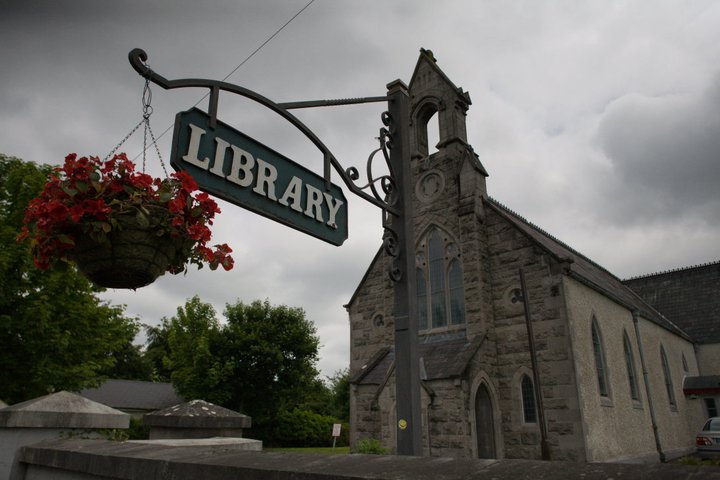
Old RC Church, Dunshaughlin. 
The famine pot in the grounds of the old RC Church
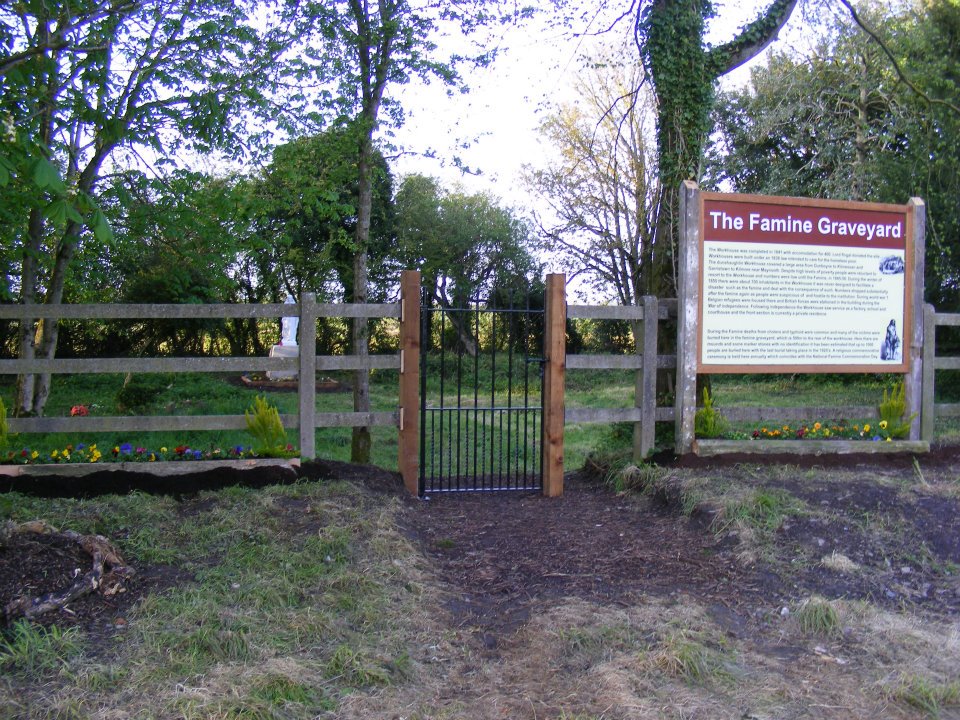

Today is my Dad’s anniversary and when he died I brought the famine pot here and placed it some other relics of the past such as an old plough and some huge old wheels we found on his farm. We recently acquired two more of these huge pots from a gardening friend who was downsizing and have placed them with care in the garden. Their job now is to supply water to many of the dry spots in my garden which is a far cry from their past and tragic use. I cannot pass by them however without remembering what they were originally designed for. For so many people they were an object of fear and shame yet hope that it’s contents would keep them alive for another day. Nowadays they serve as a reminder of those terrible times and how much an often forgotten object can embody our history.
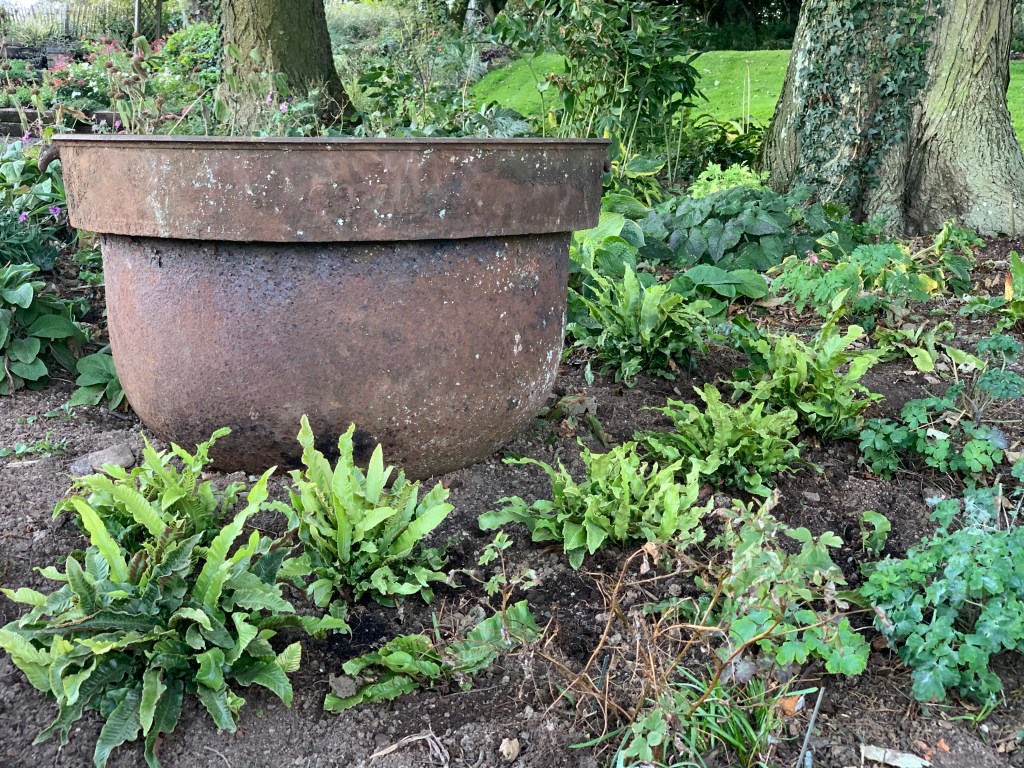
This pot is placed in a dry bed under a tree where it waters the many ferns and crows come to drink from it
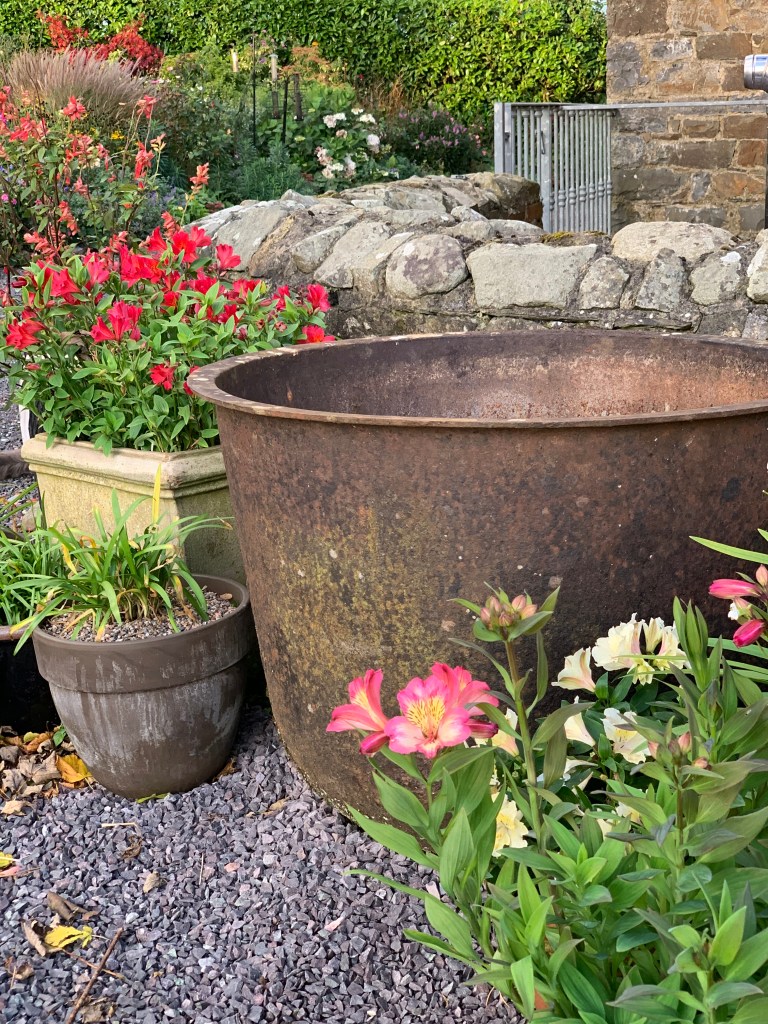
This huge one is placed at the back door to water the many pots I have here

Mickey Kenny 28 July 1926-09 May 2013 RIP
